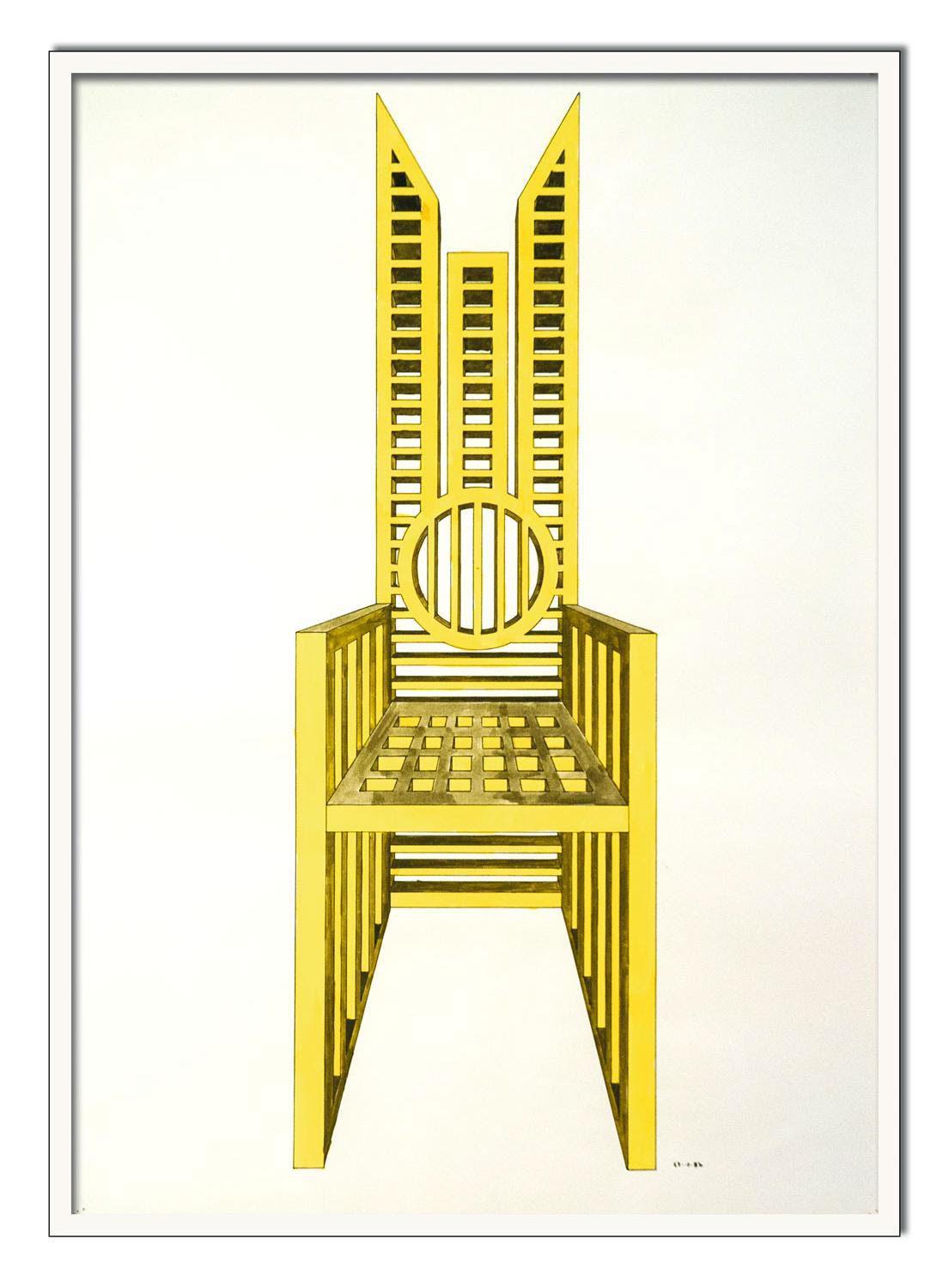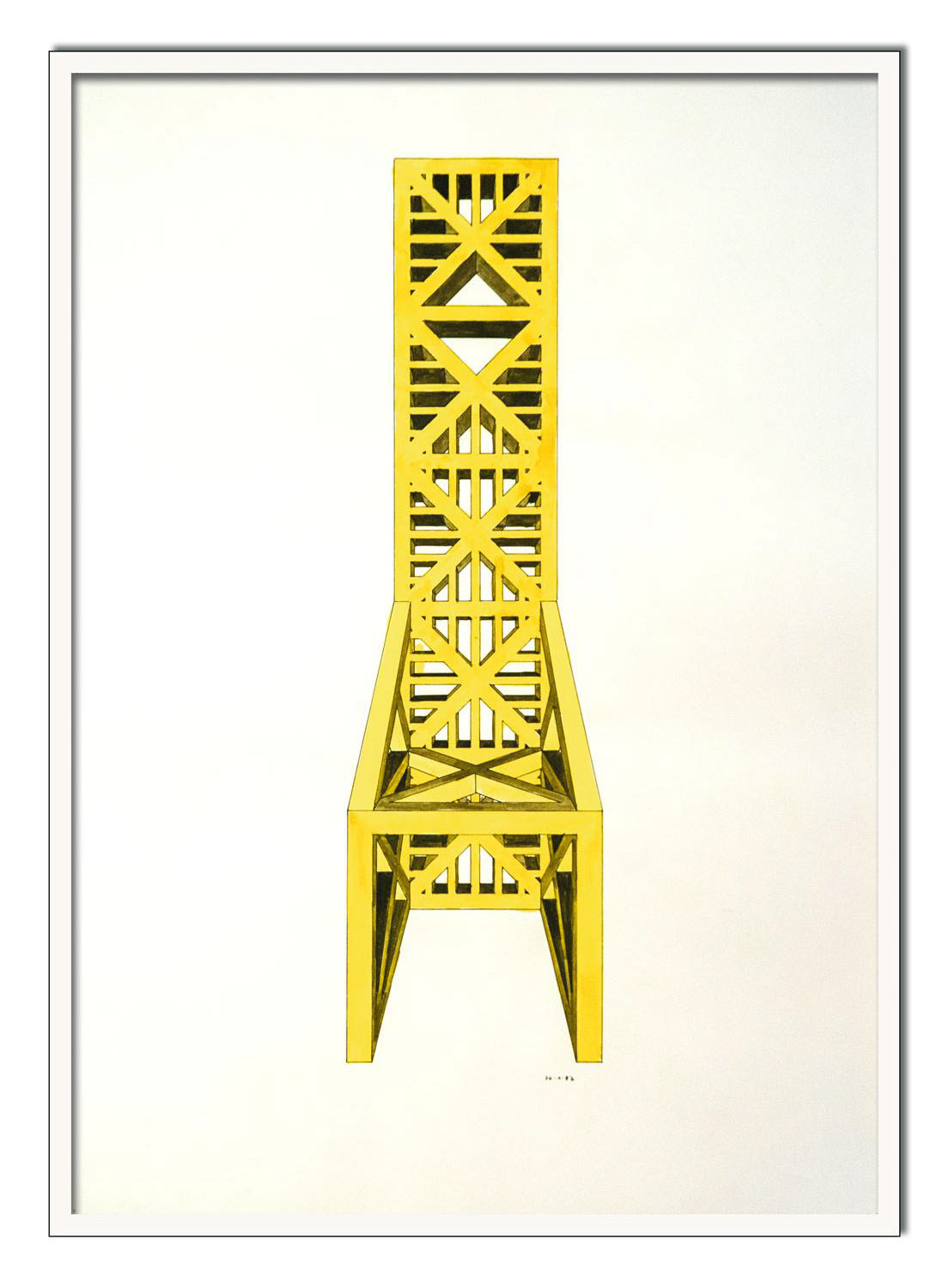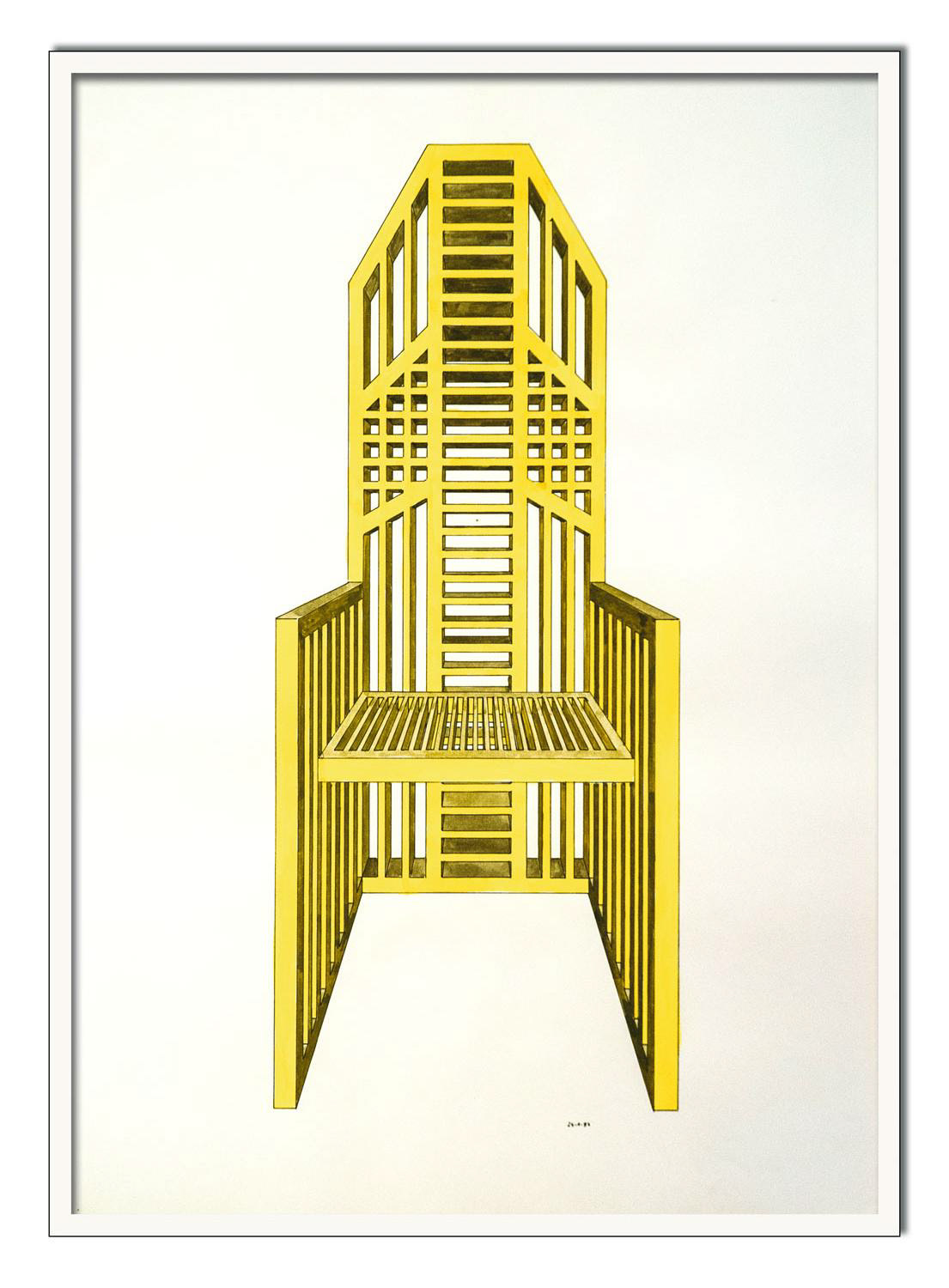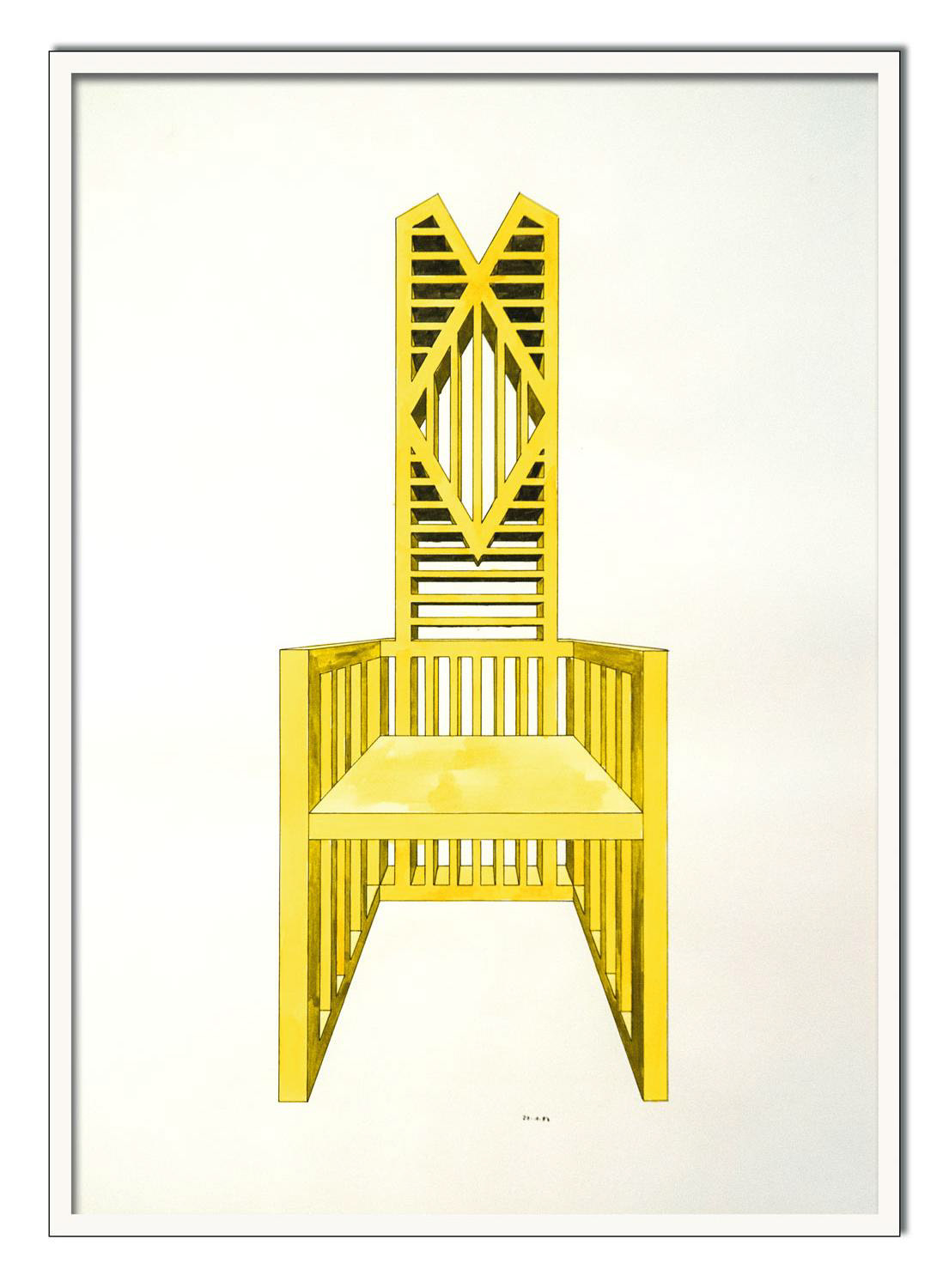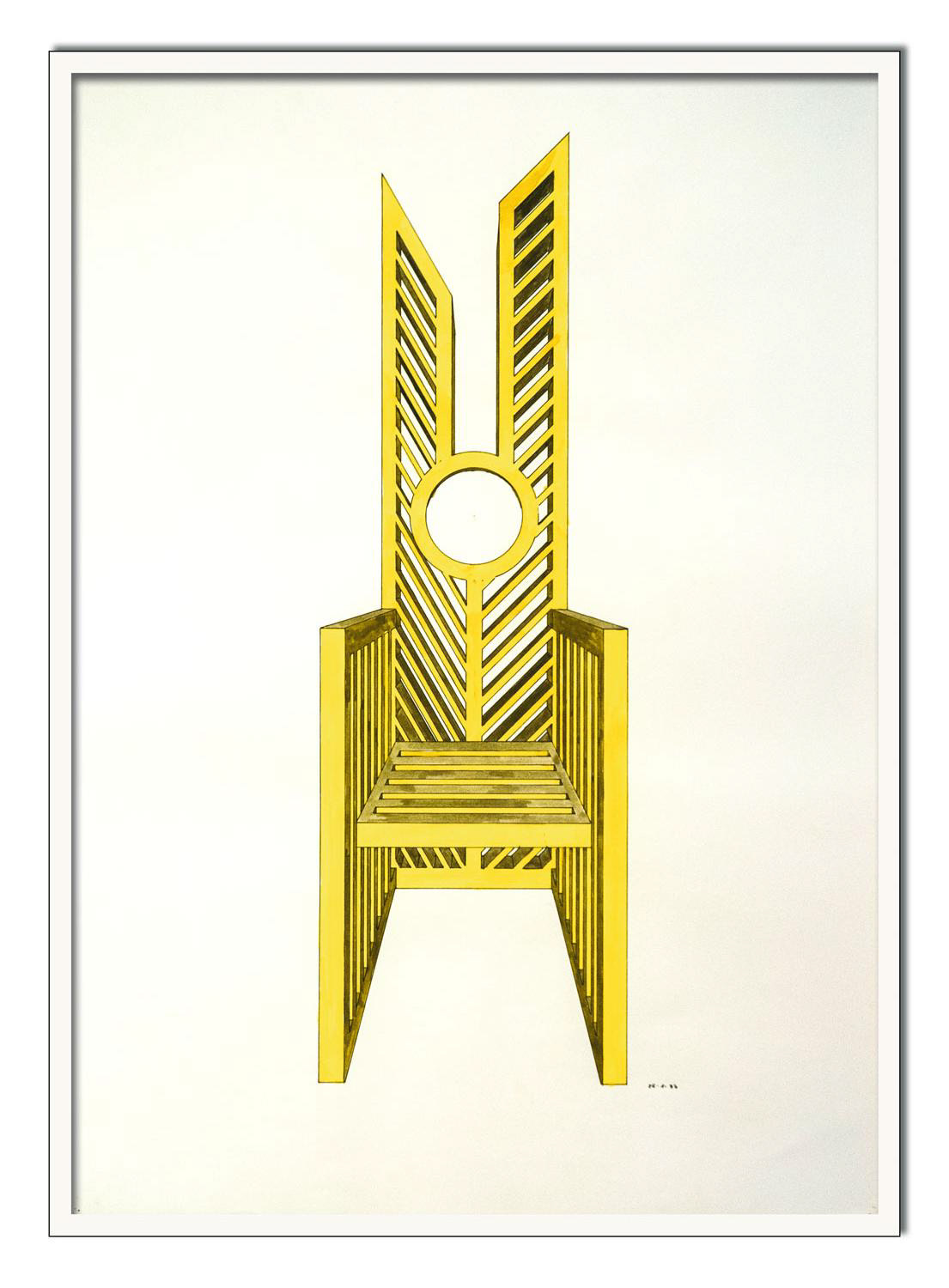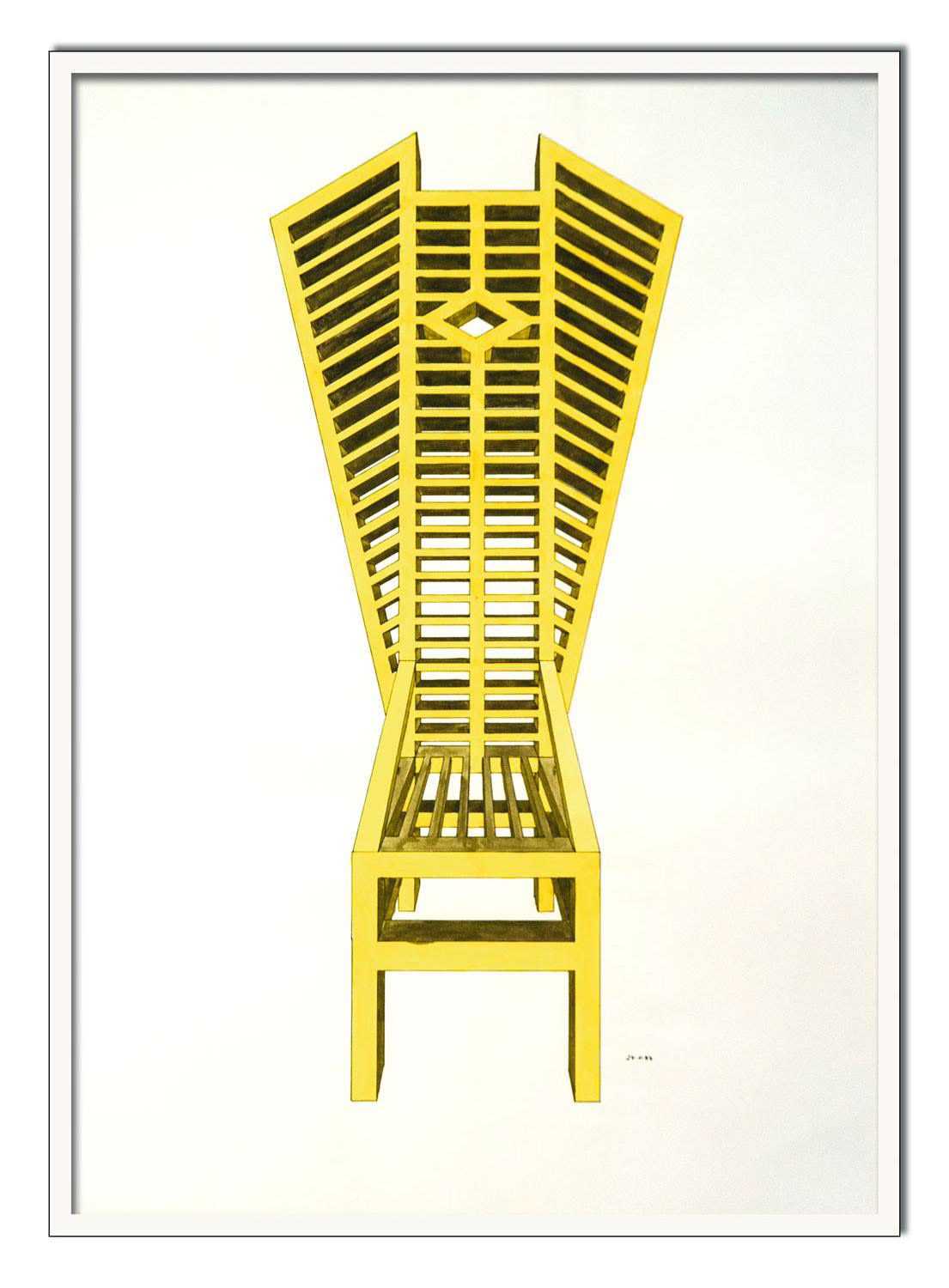The sculptural works of the early shadow phase are intensively accompanied by drawings on paper. Drawing serves the development of ideas, the specification of creative concepts – and not least the pure joy of design. Many sheets hang near the drawing table: for contemplation, for contemplation, for control. Some drawings lead to the rejection of entire idea complexes, others produce surprising approaches that are deepened in further series of drawings. Drawing here does not mean depiction, but construction.
Drawing board, ruler, compasses and ink pen are central tools. Colour accents are initially added with lacquer paint, later with watercolour. Over the years, he created countless sheets. Only a few have survived – many have been lost, some sold. The following are individual examples from various groups of works.
Karl-Anton-Straße, 1977
Created during his studies. The spatial situation of the external academy studio is reflected by massive, clearly lacquered blocks of colour. This resulted in the works listed under the title Corners in the Archive 1973-1989.
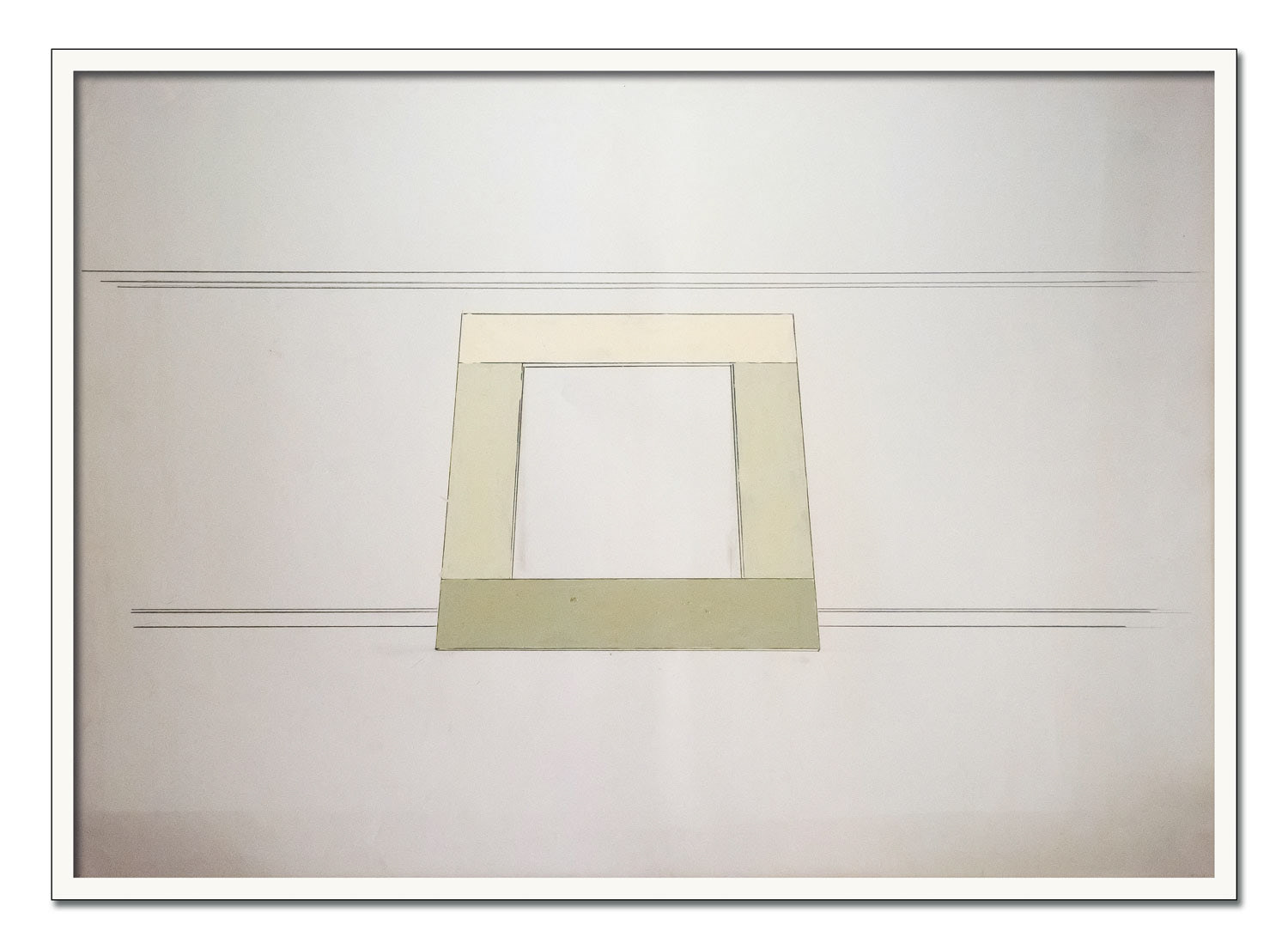
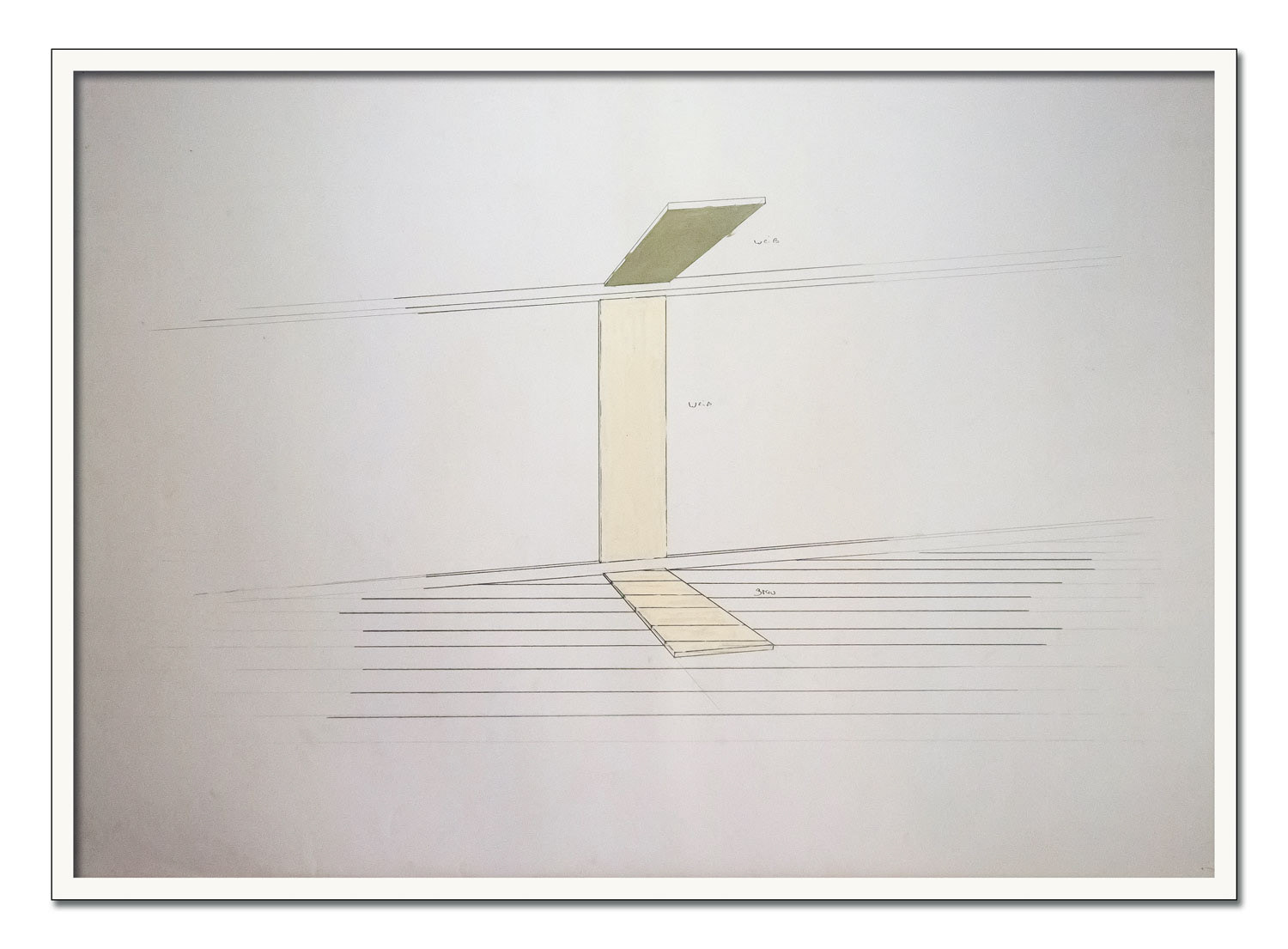
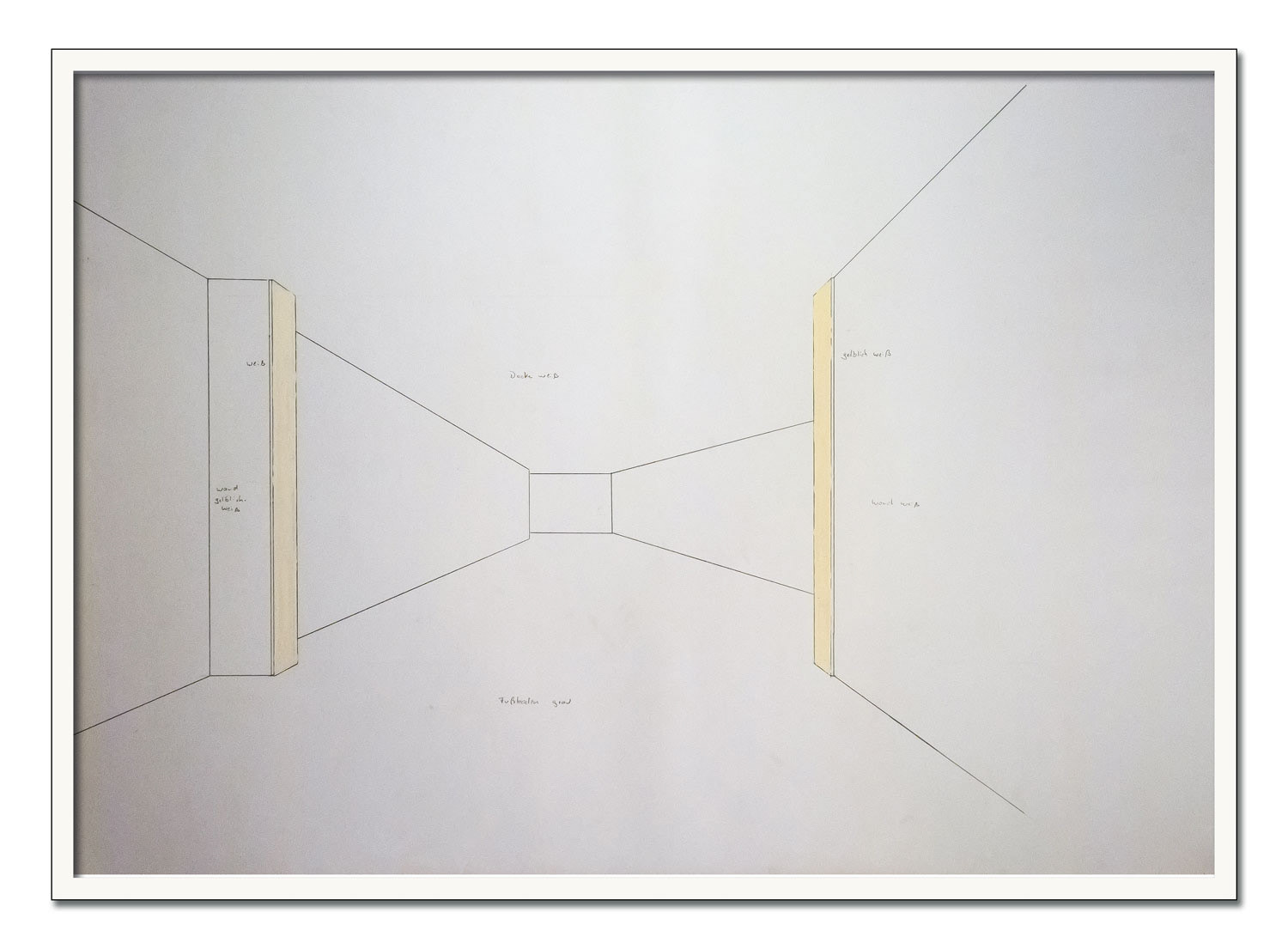
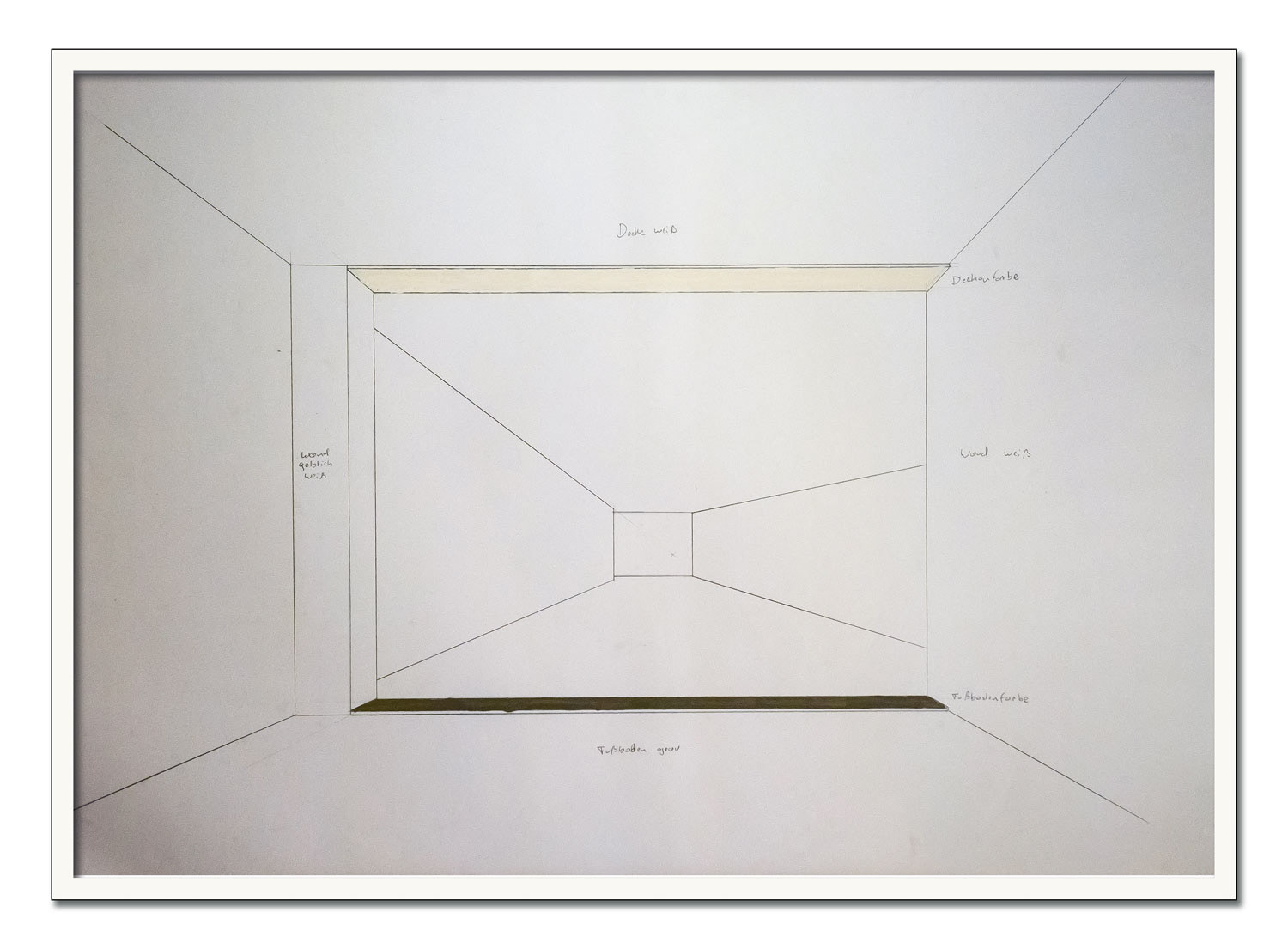
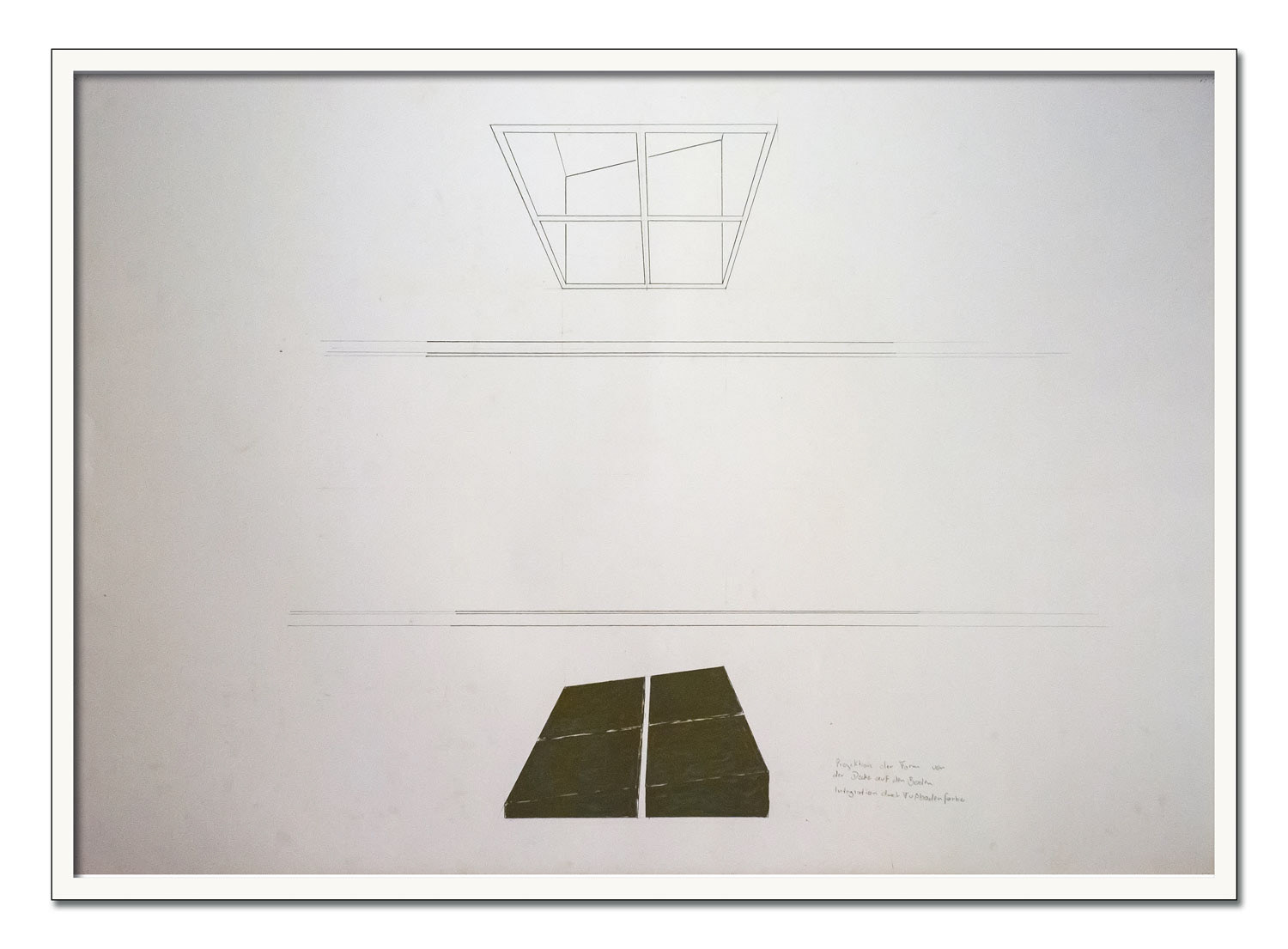
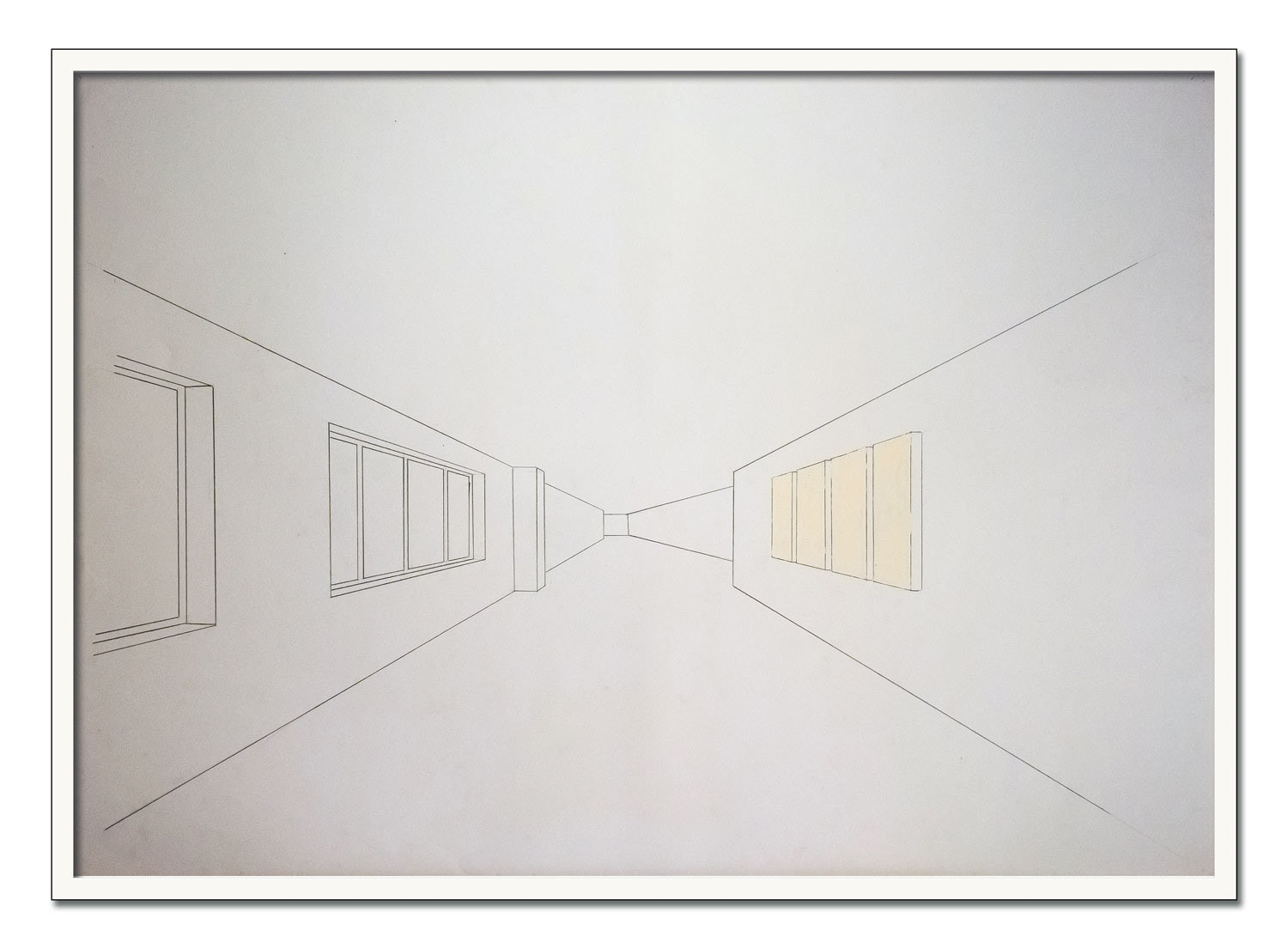
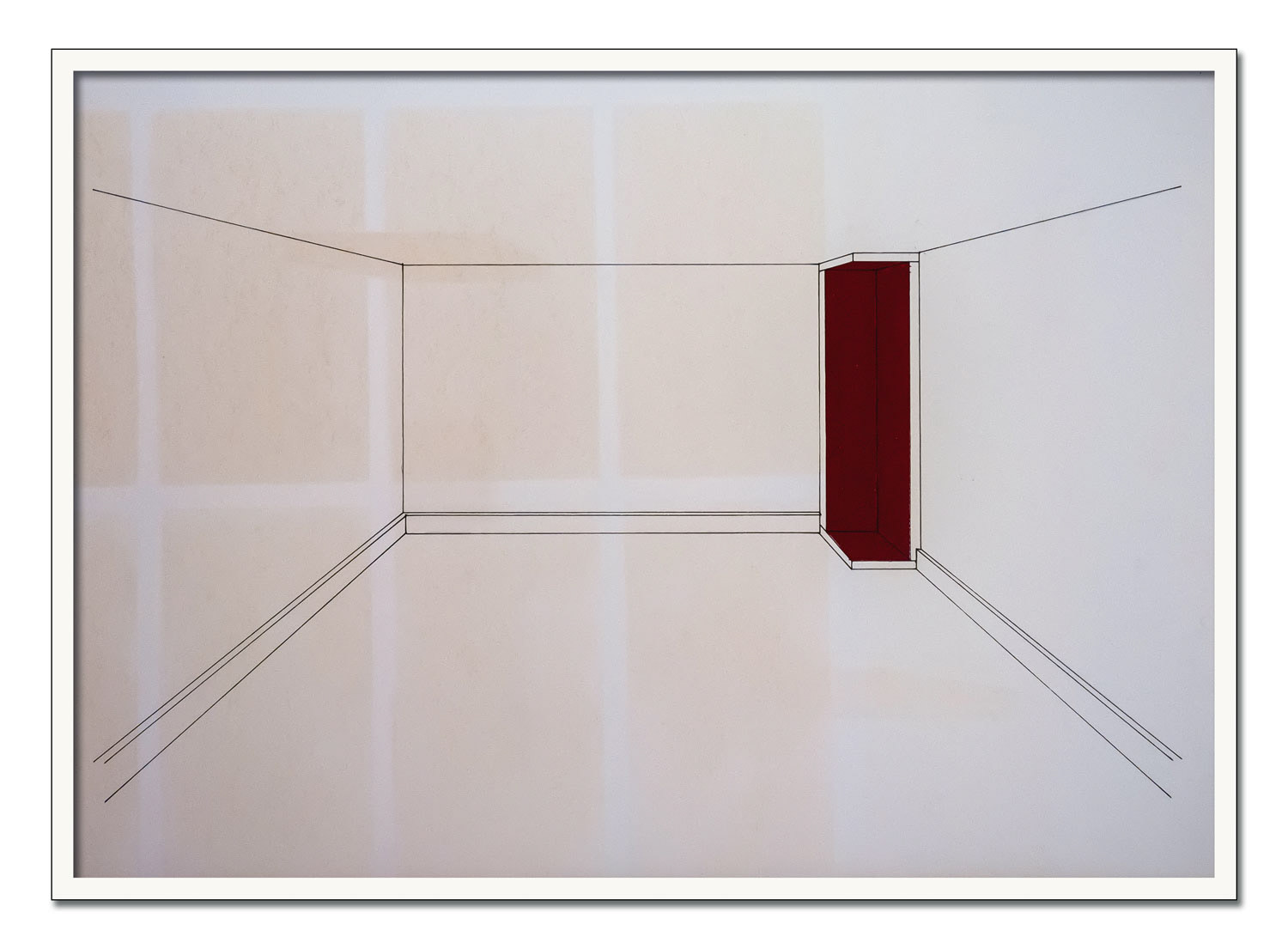
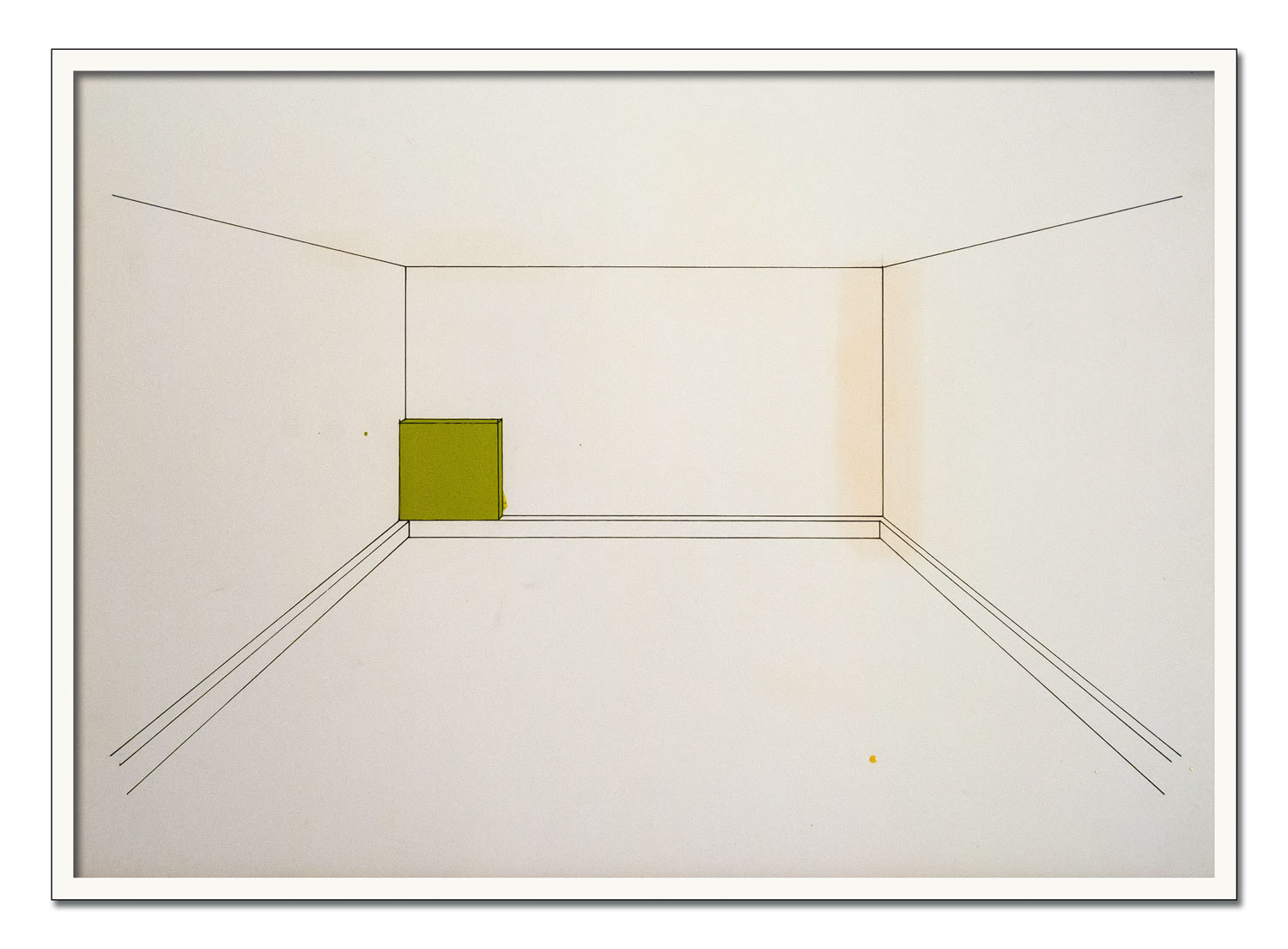
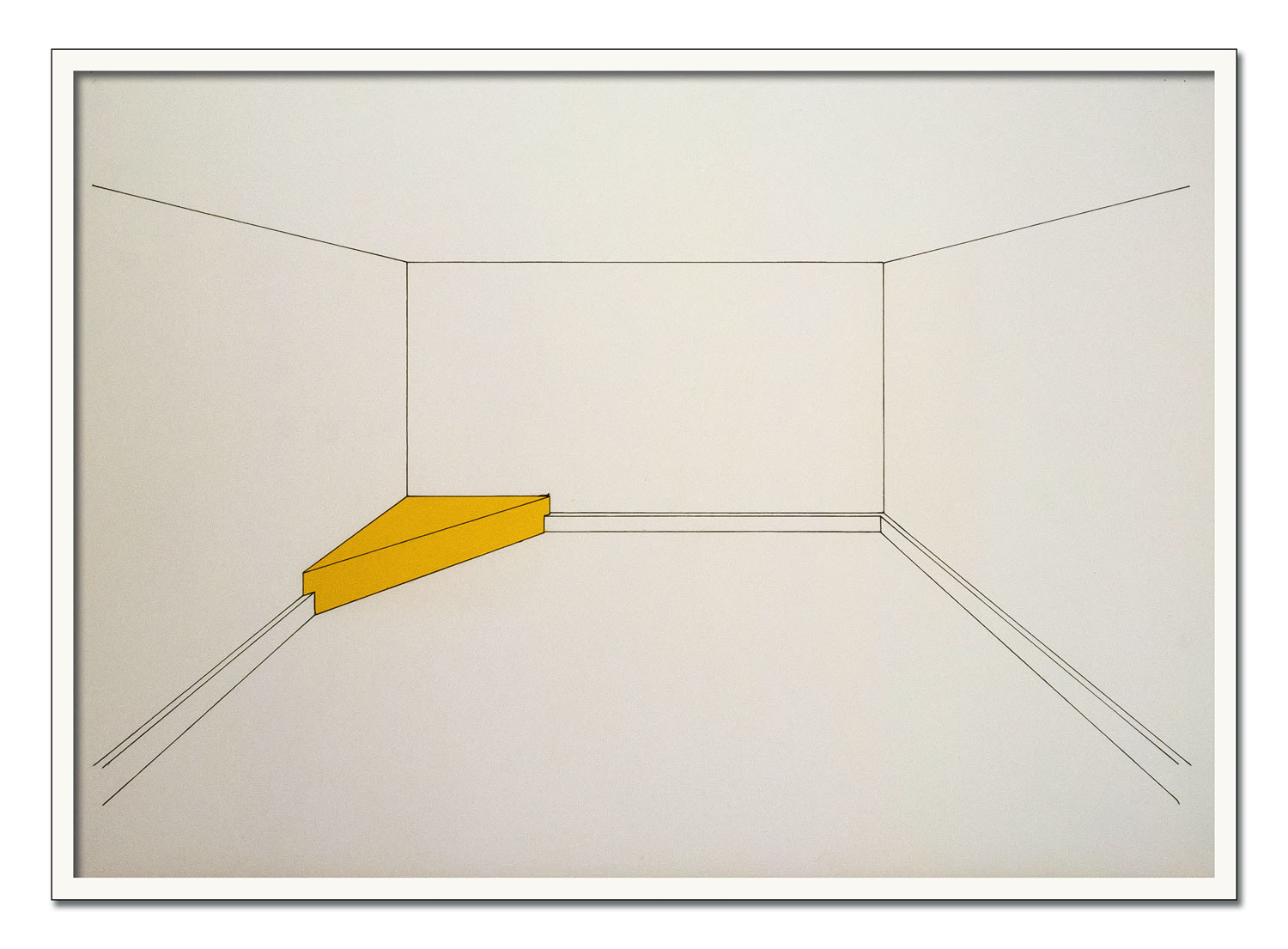
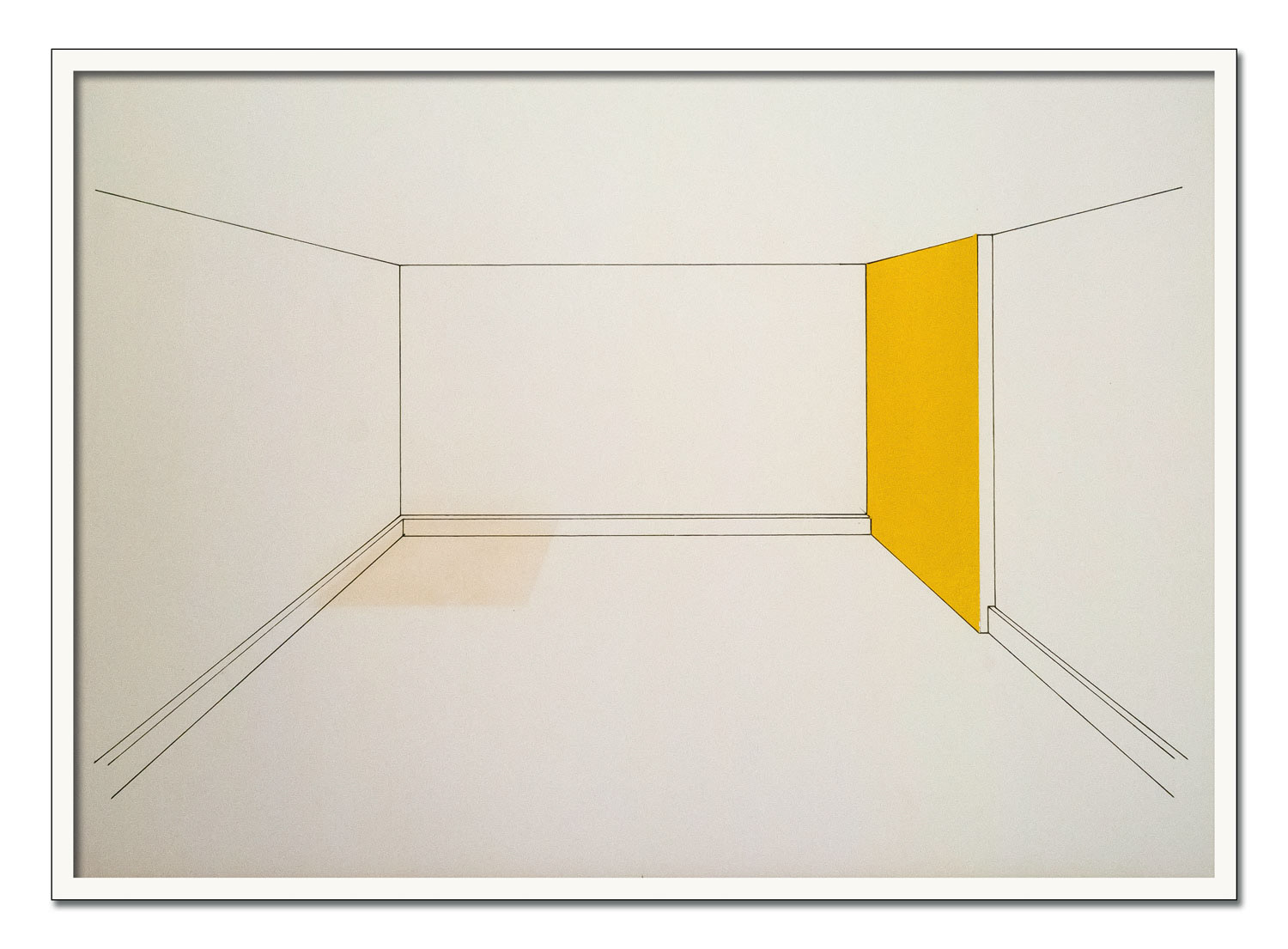
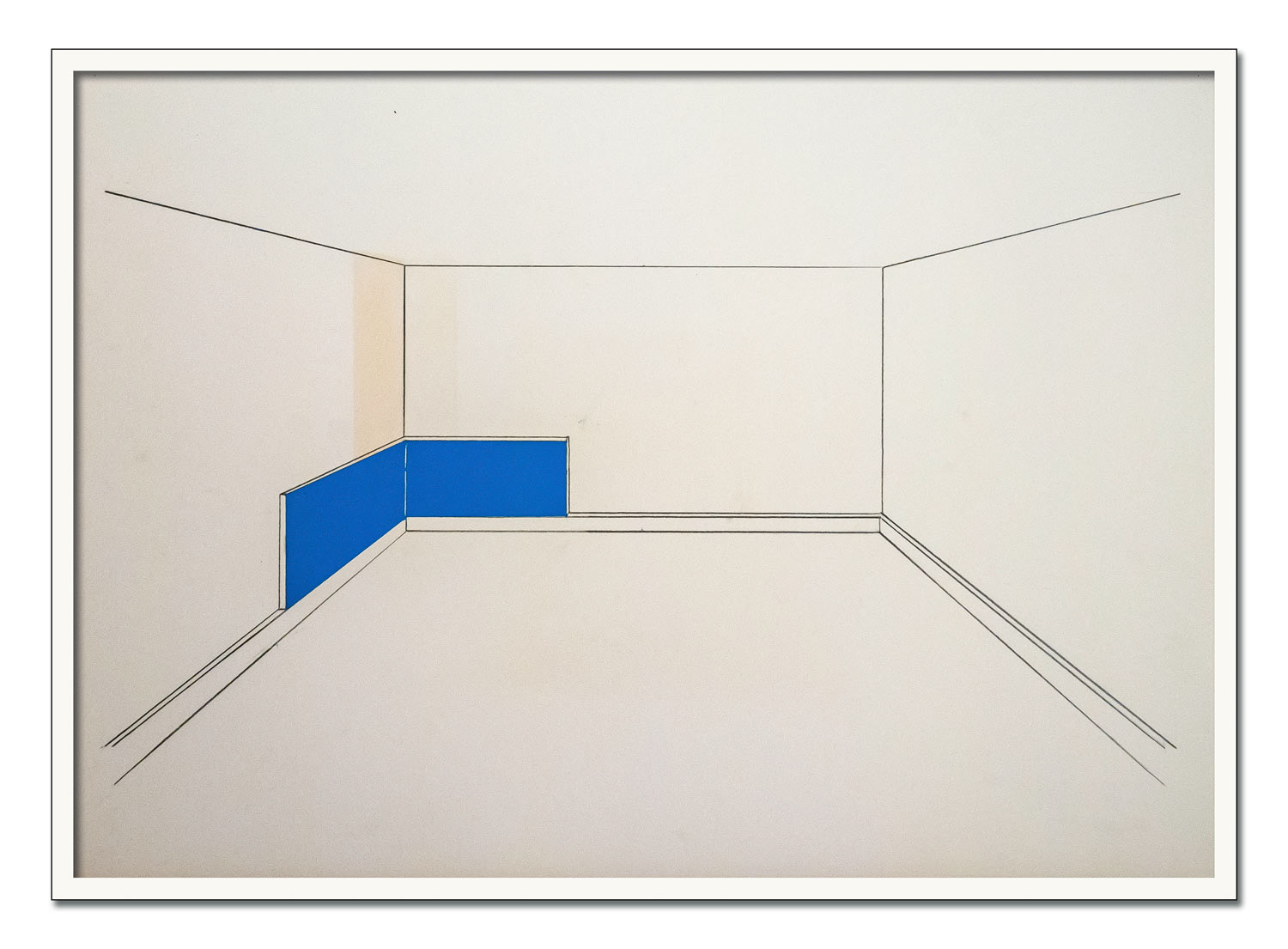
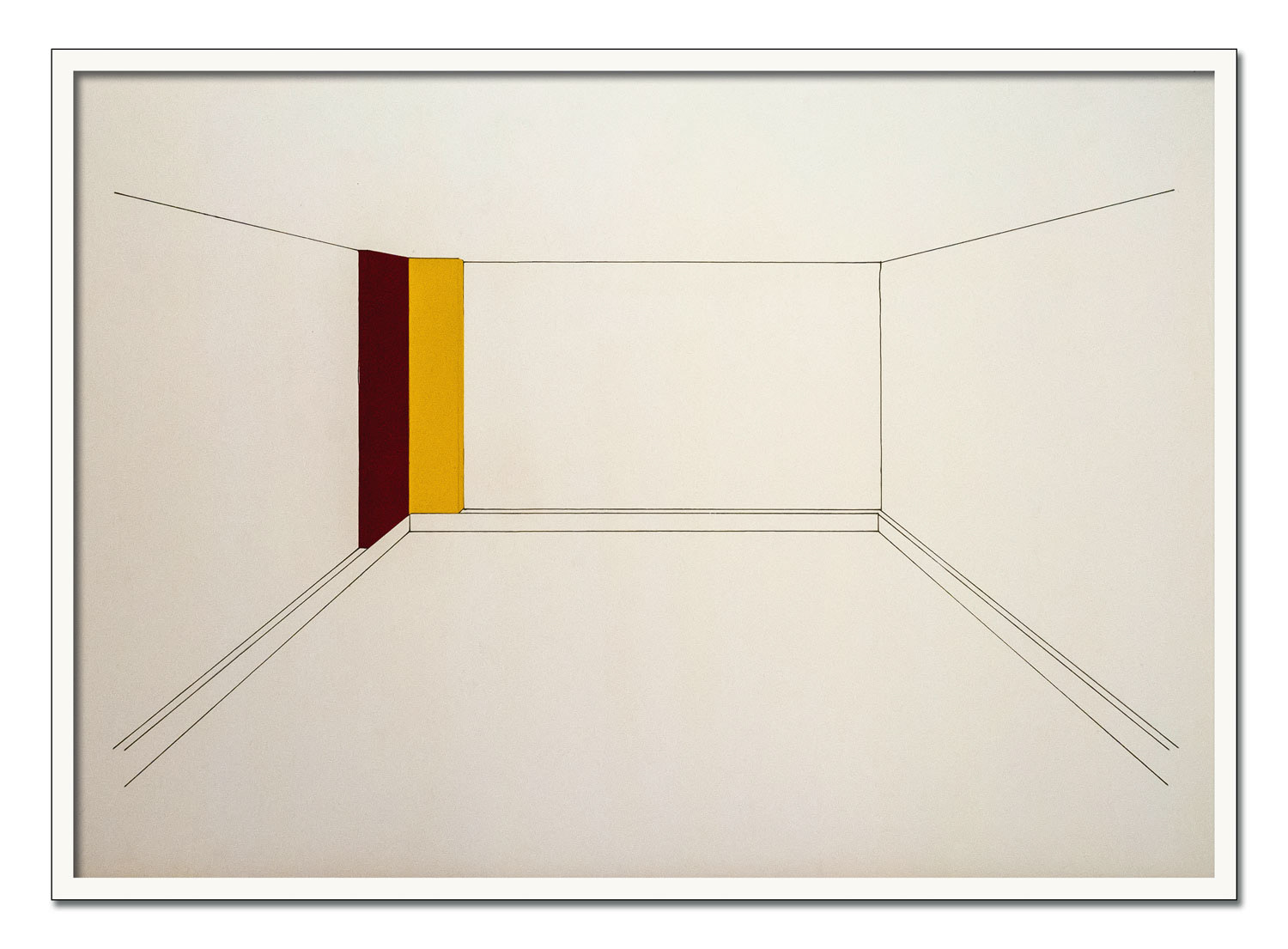
Eiskellerberg, 1979
Created during his studies. The spatial situation of the external academy studio is reflected by massive, clearly lacquered blocks of colour. This gave rise to the works listed under the title Ecken im Archiv 1973-1989.
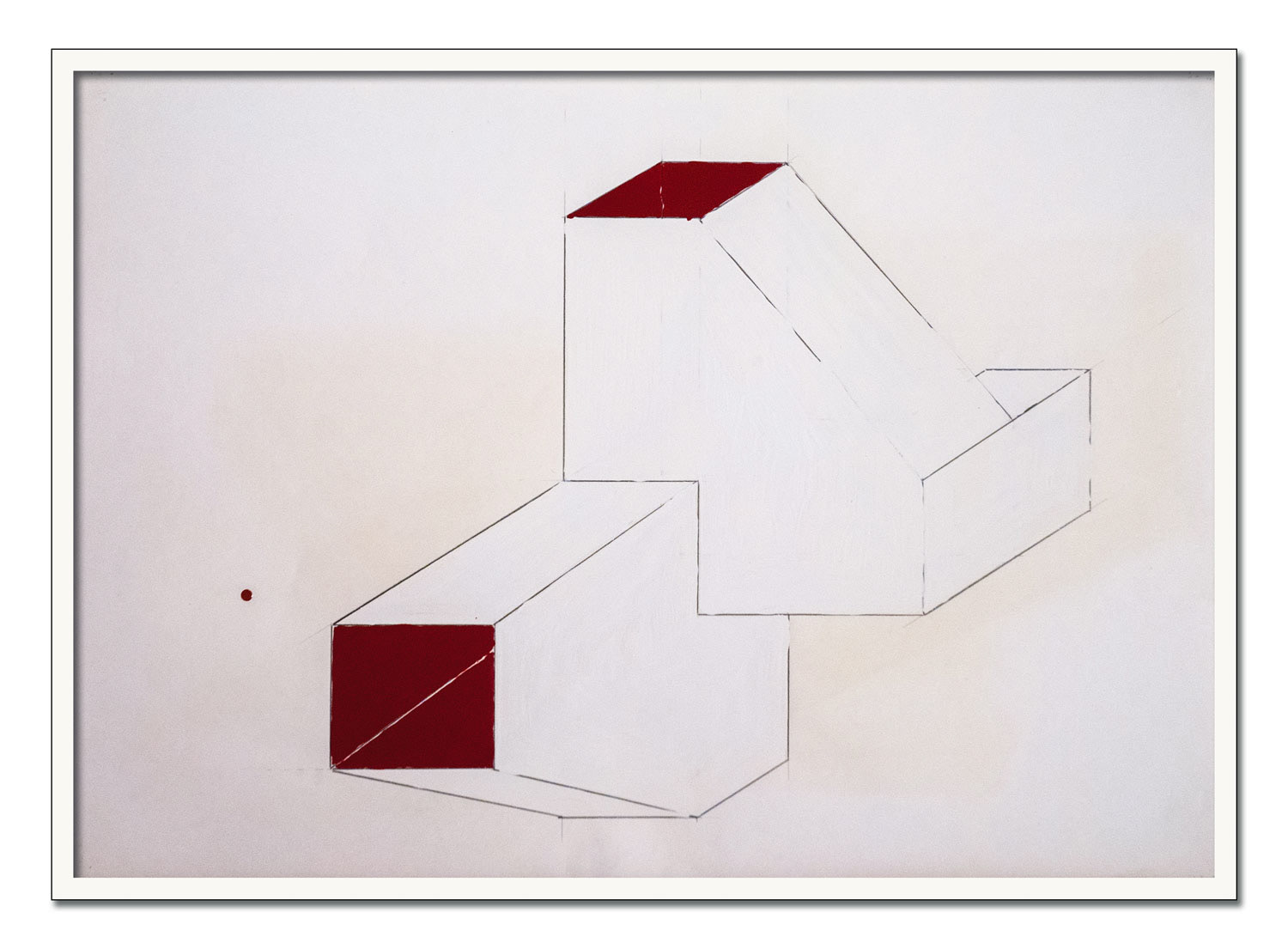
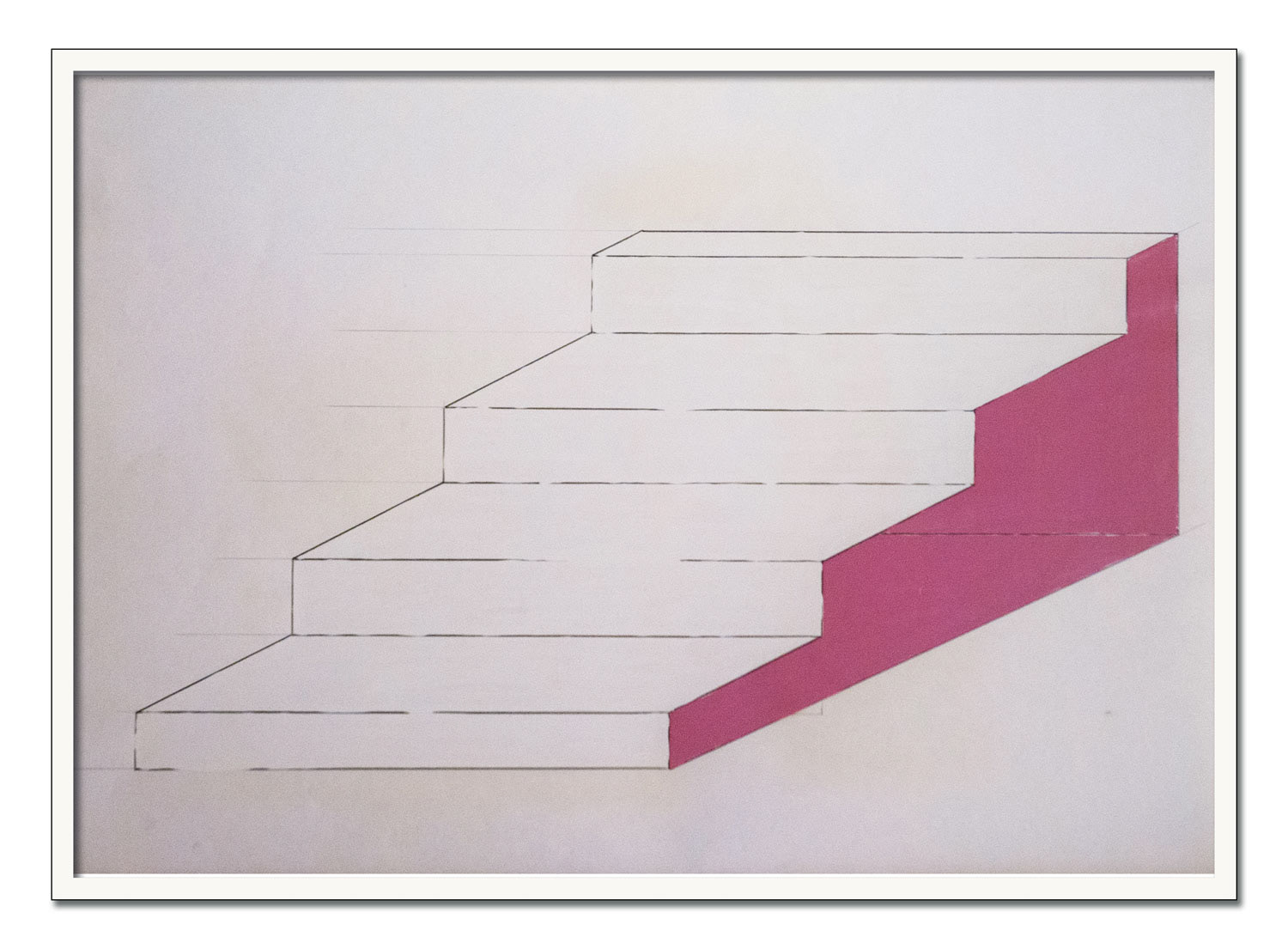
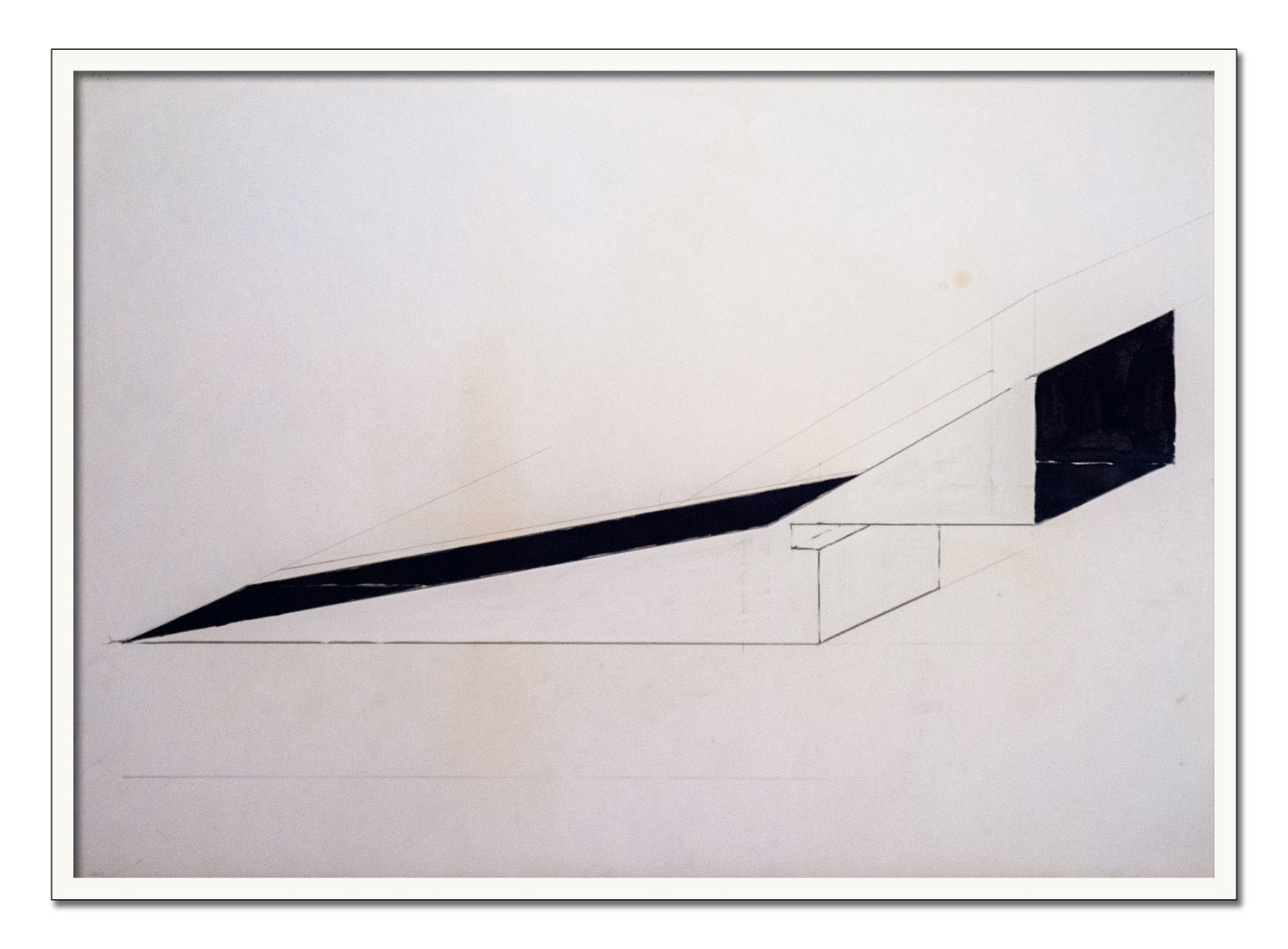
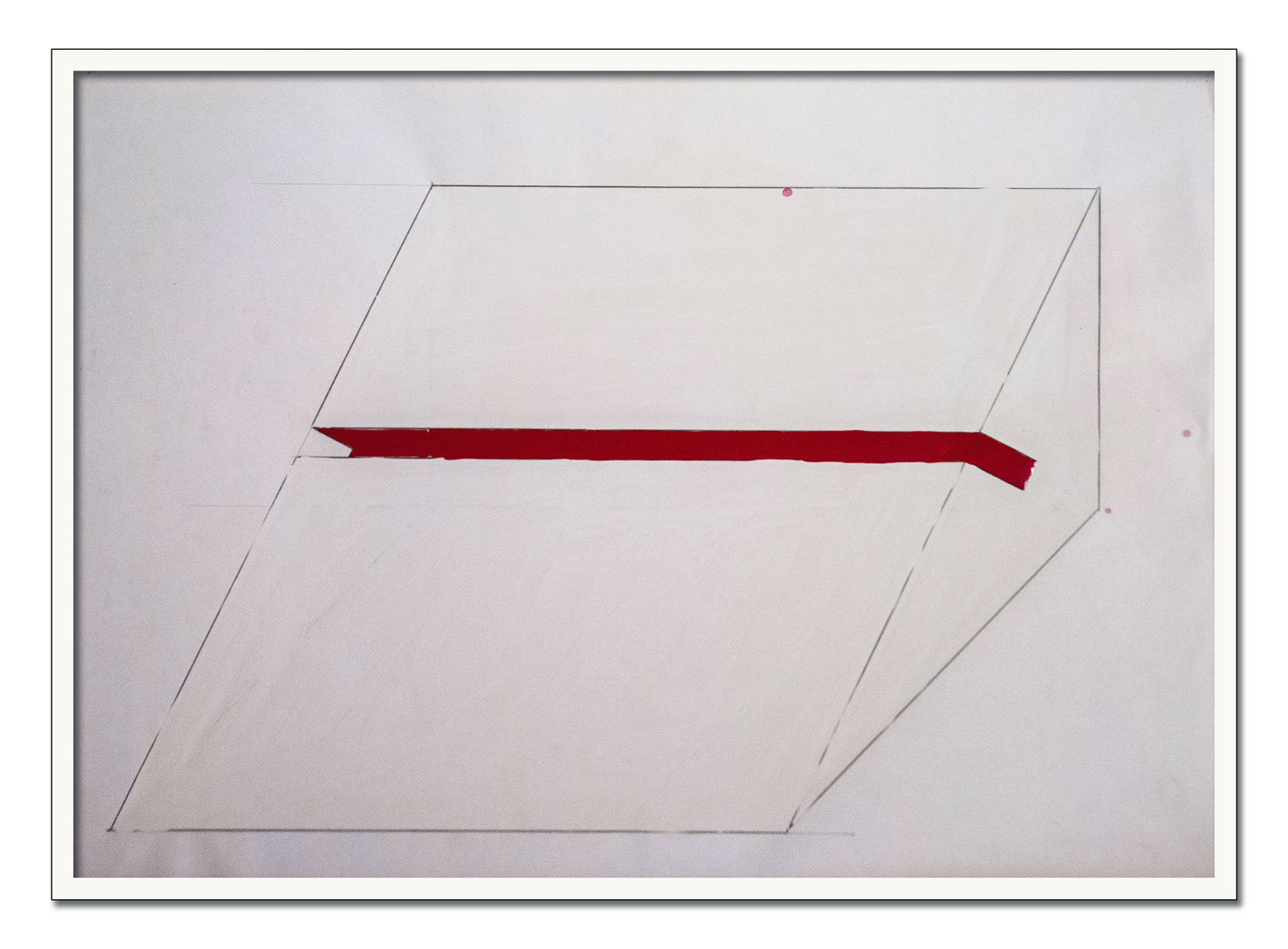
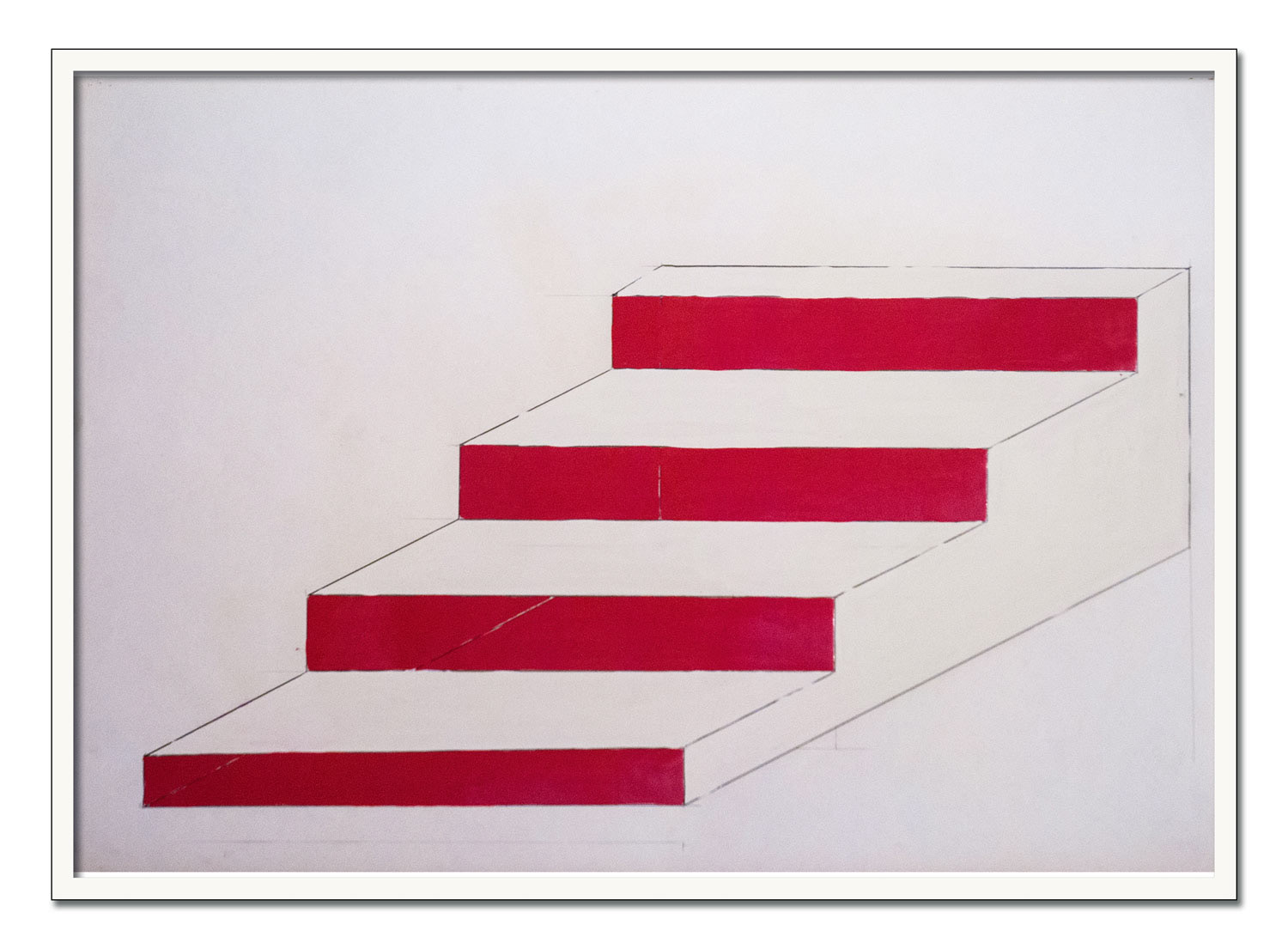
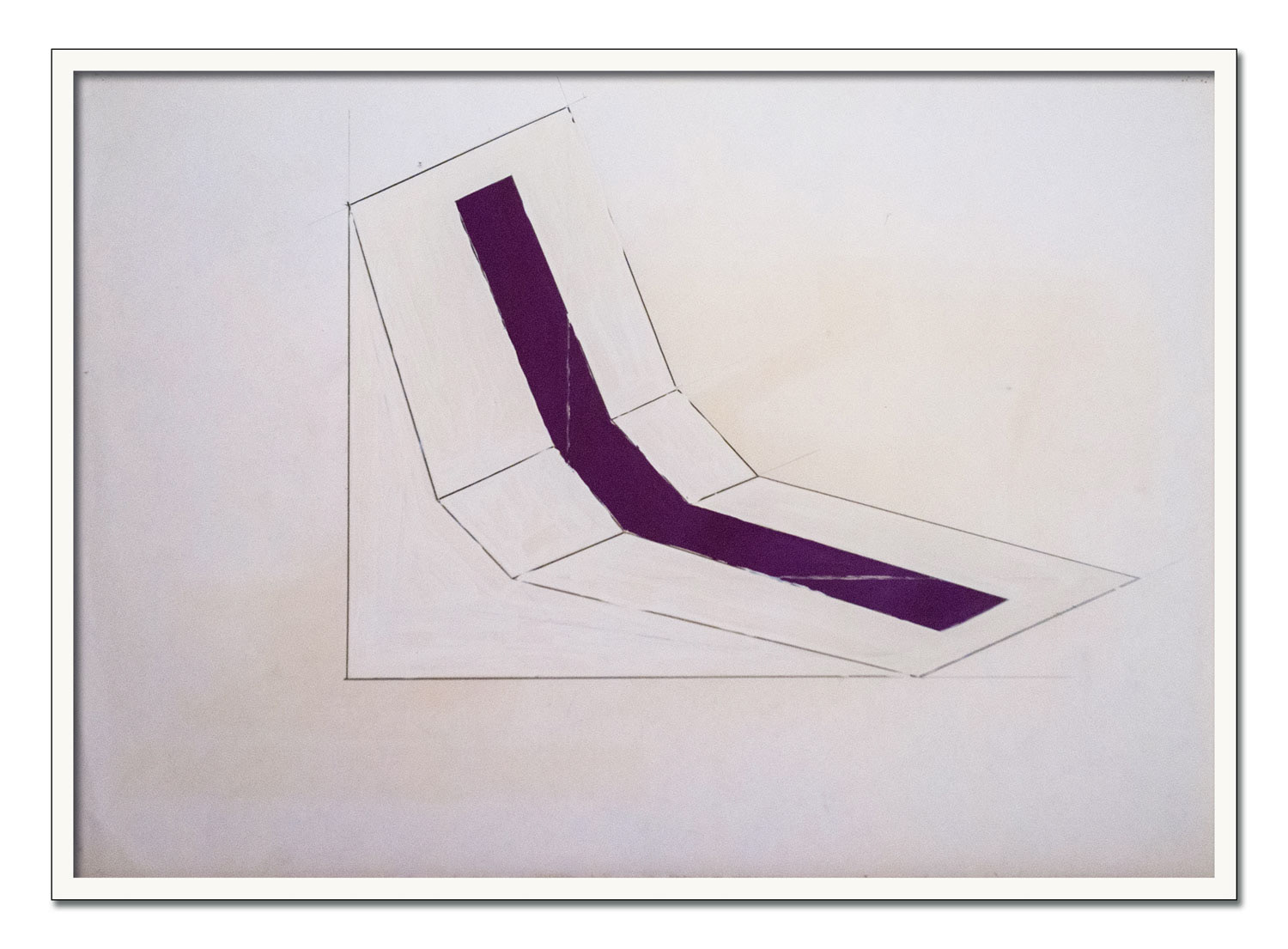
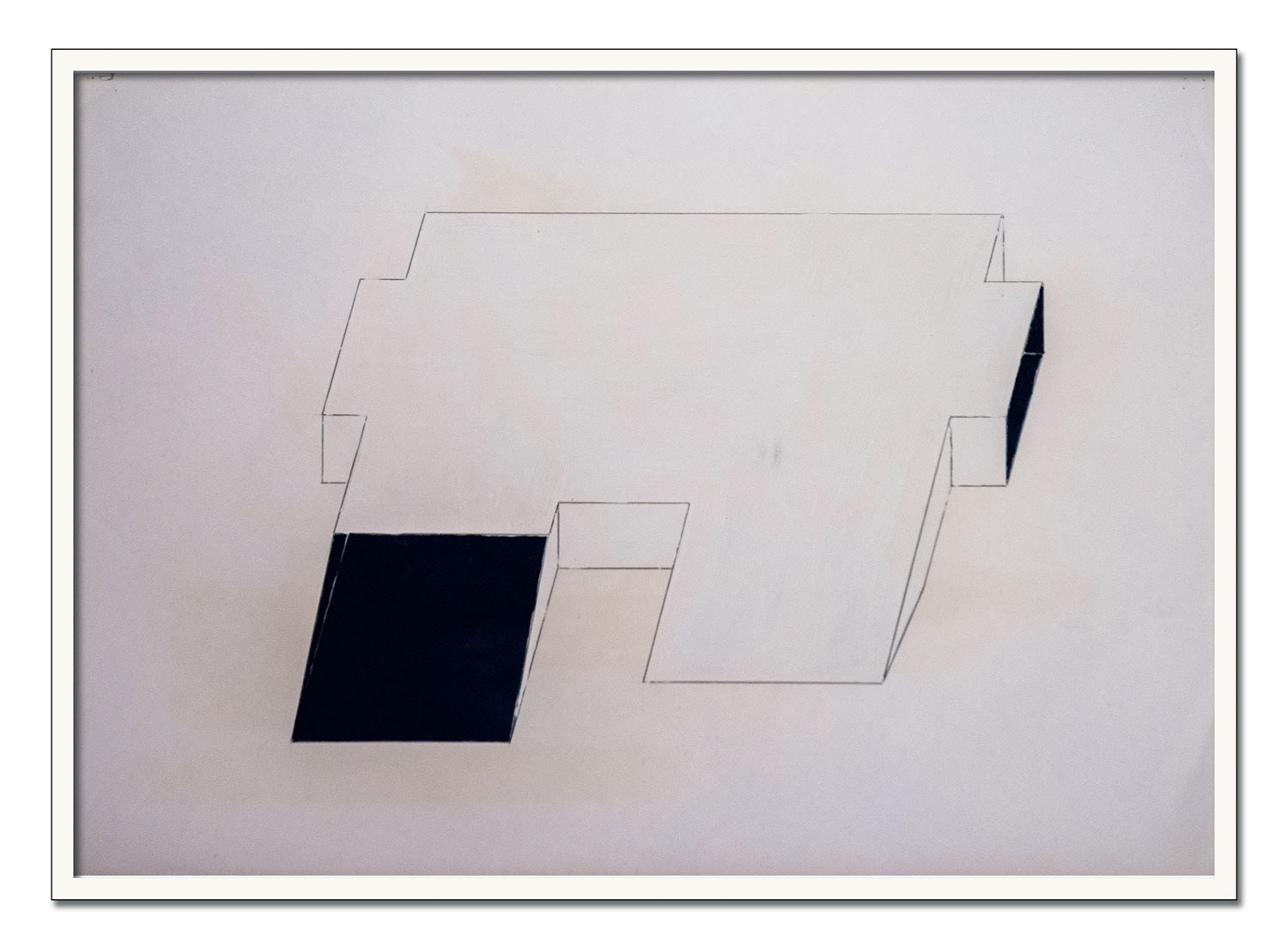
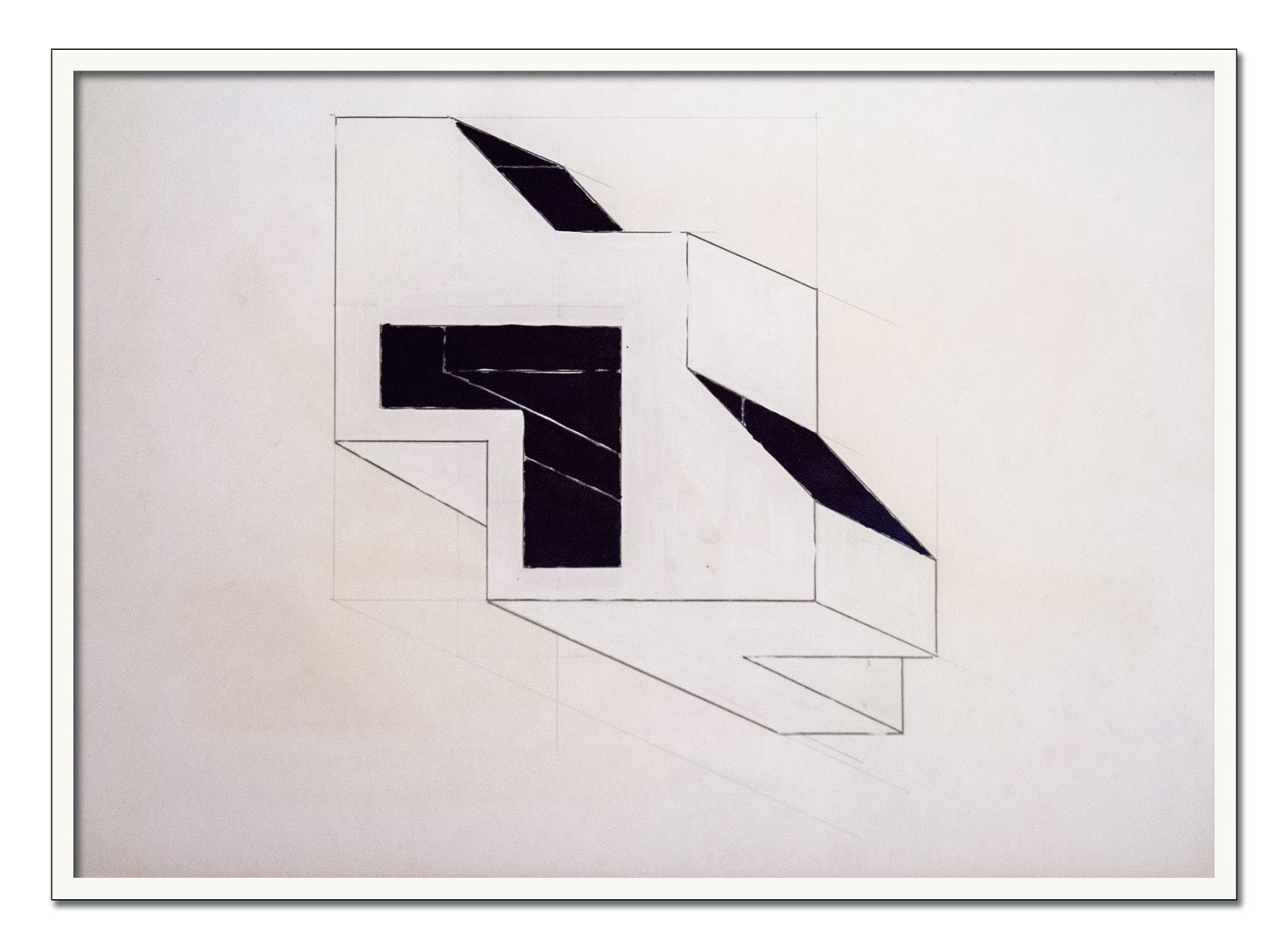
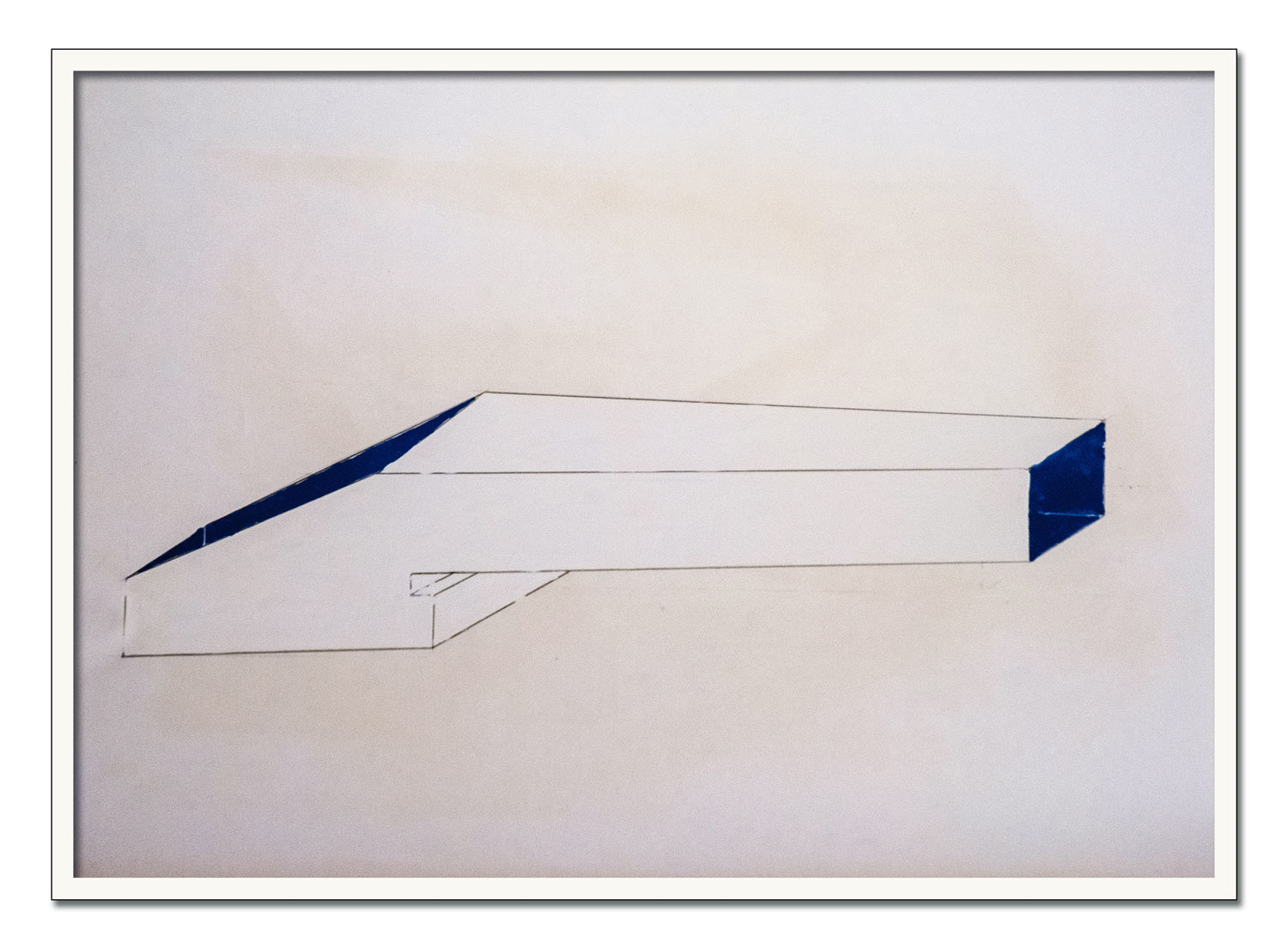
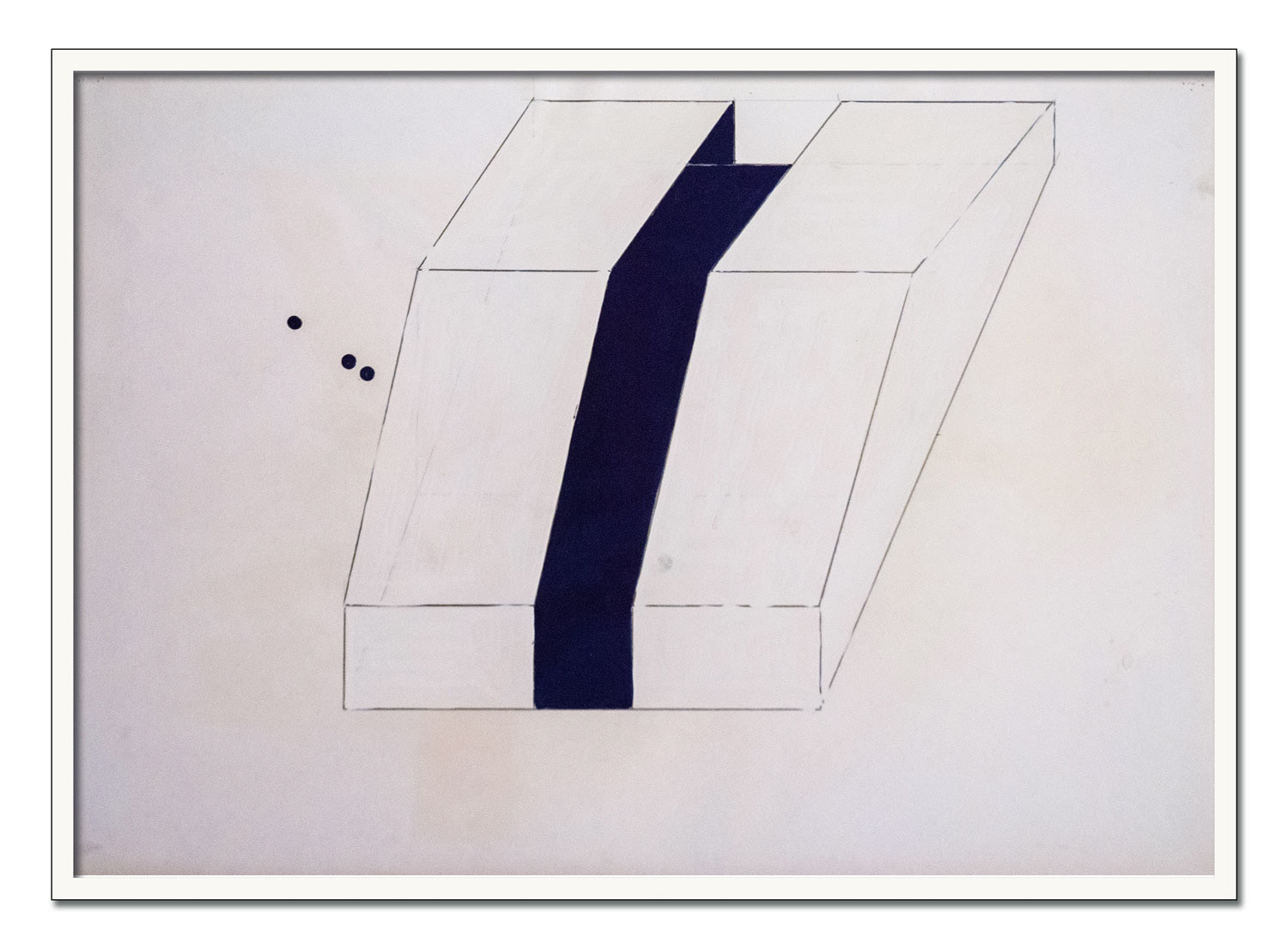
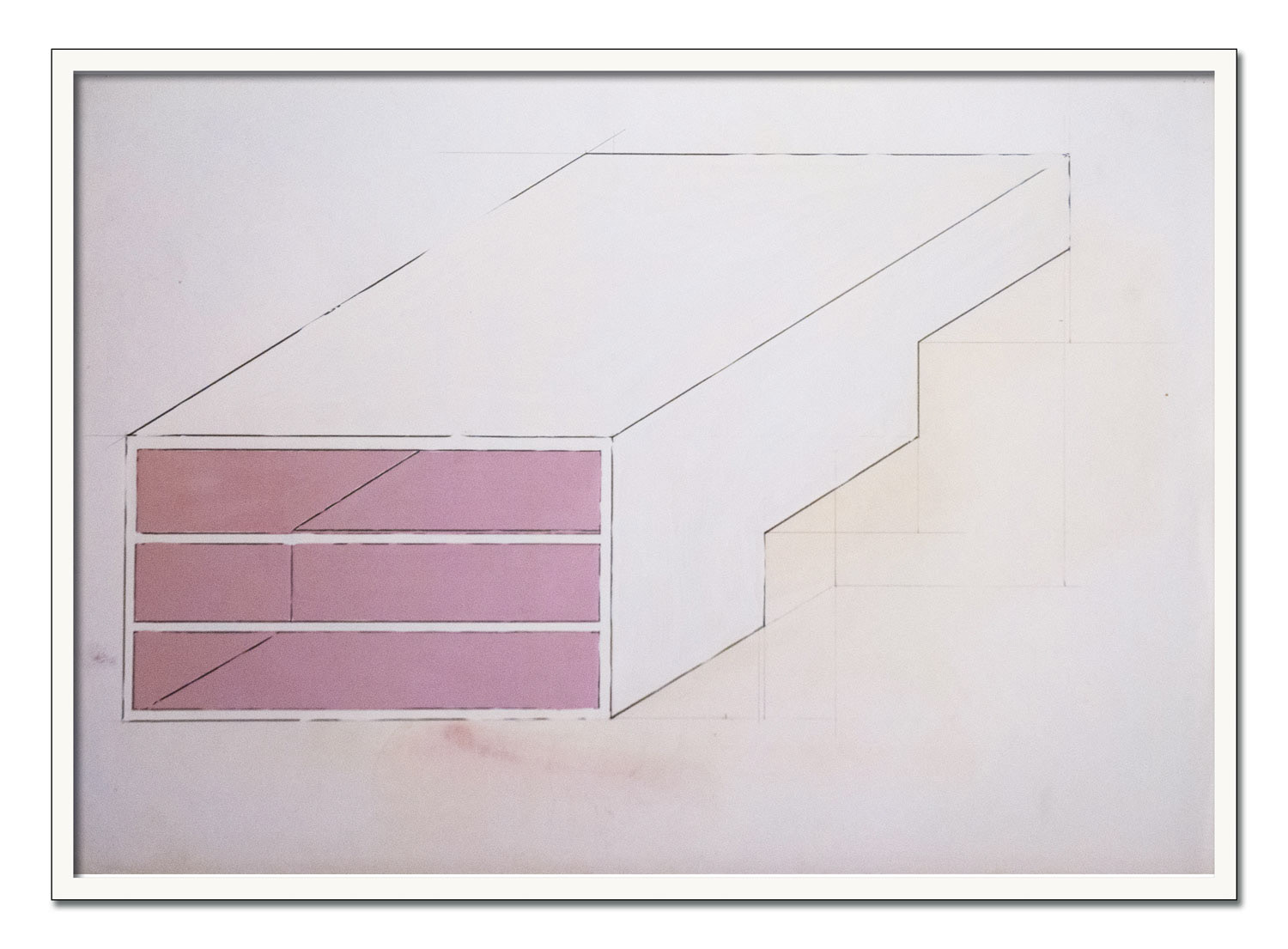
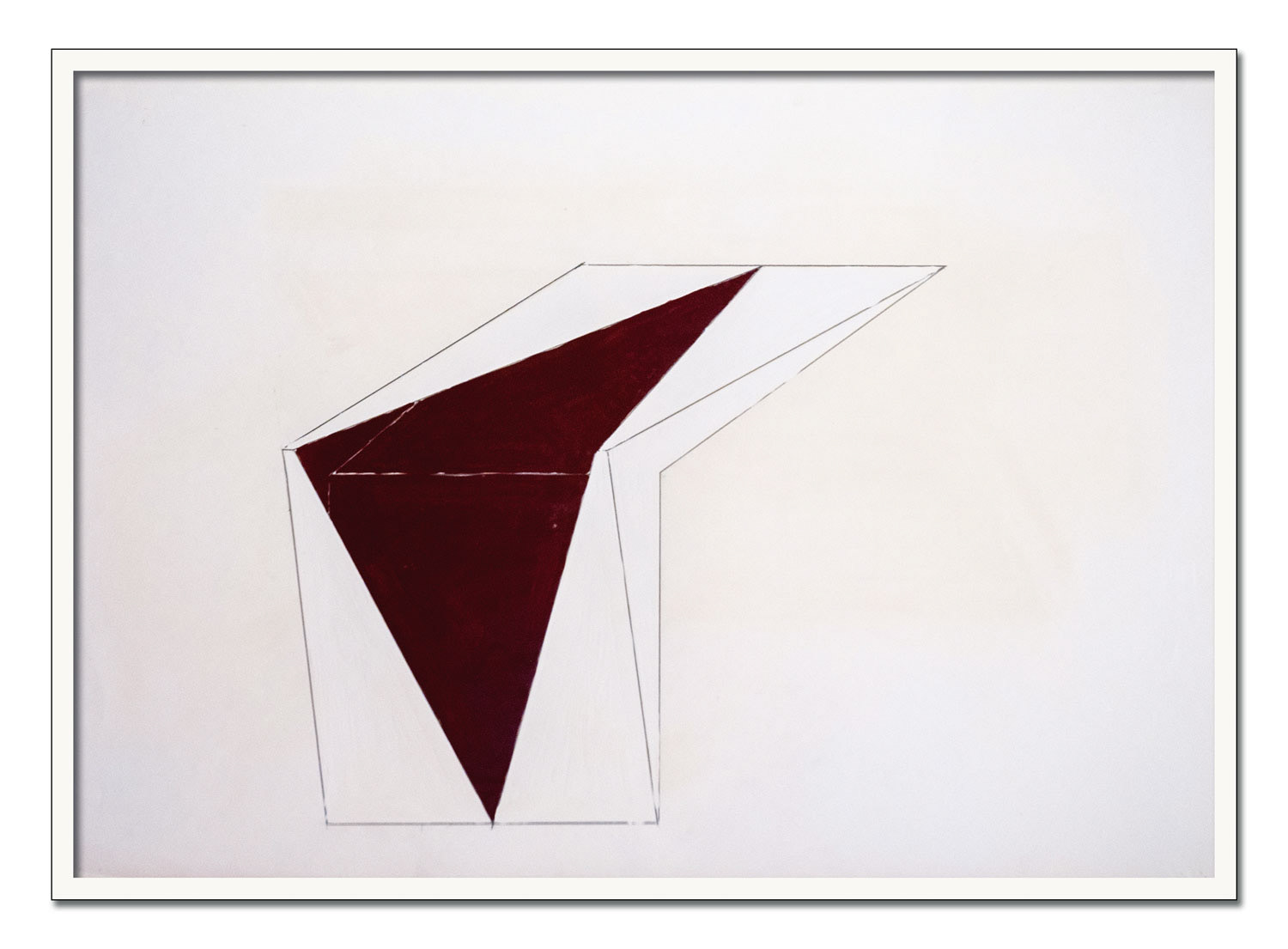
P.S.1, 1982
A grant from the city of Düsseldorf enables a six-month stay at P.S.1 in New York – at the time an independent artist-in-residence before it was taken over by MoMA (momaps1.org). One wall of the studio is wallpapered with newspaper pages and a cut-out drawing reflecting the residency. The wall forms the backdrop for a series of hanging sculptures. The work can be found under Gatherings and Conversations in the archive 1973-1989.
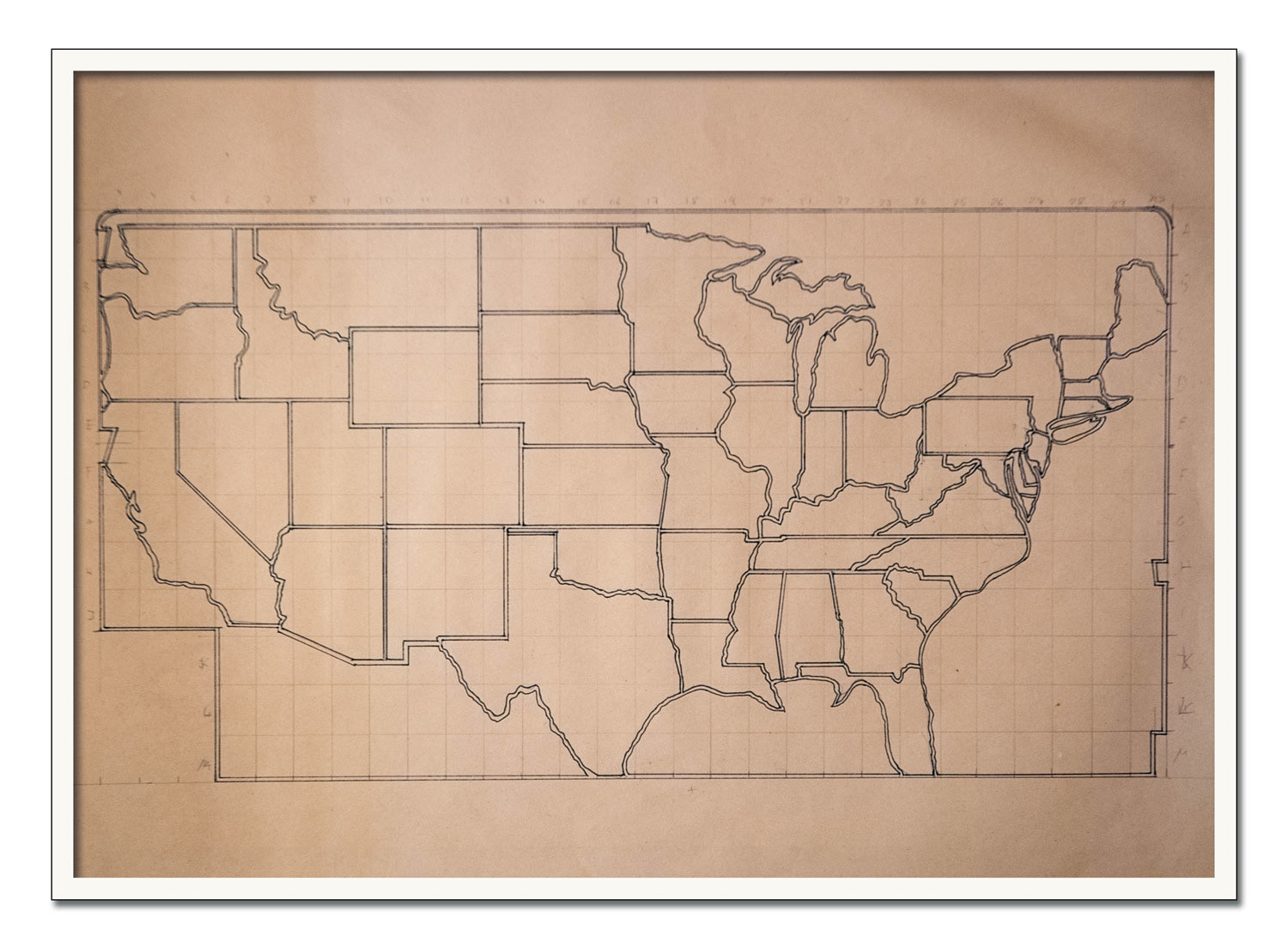
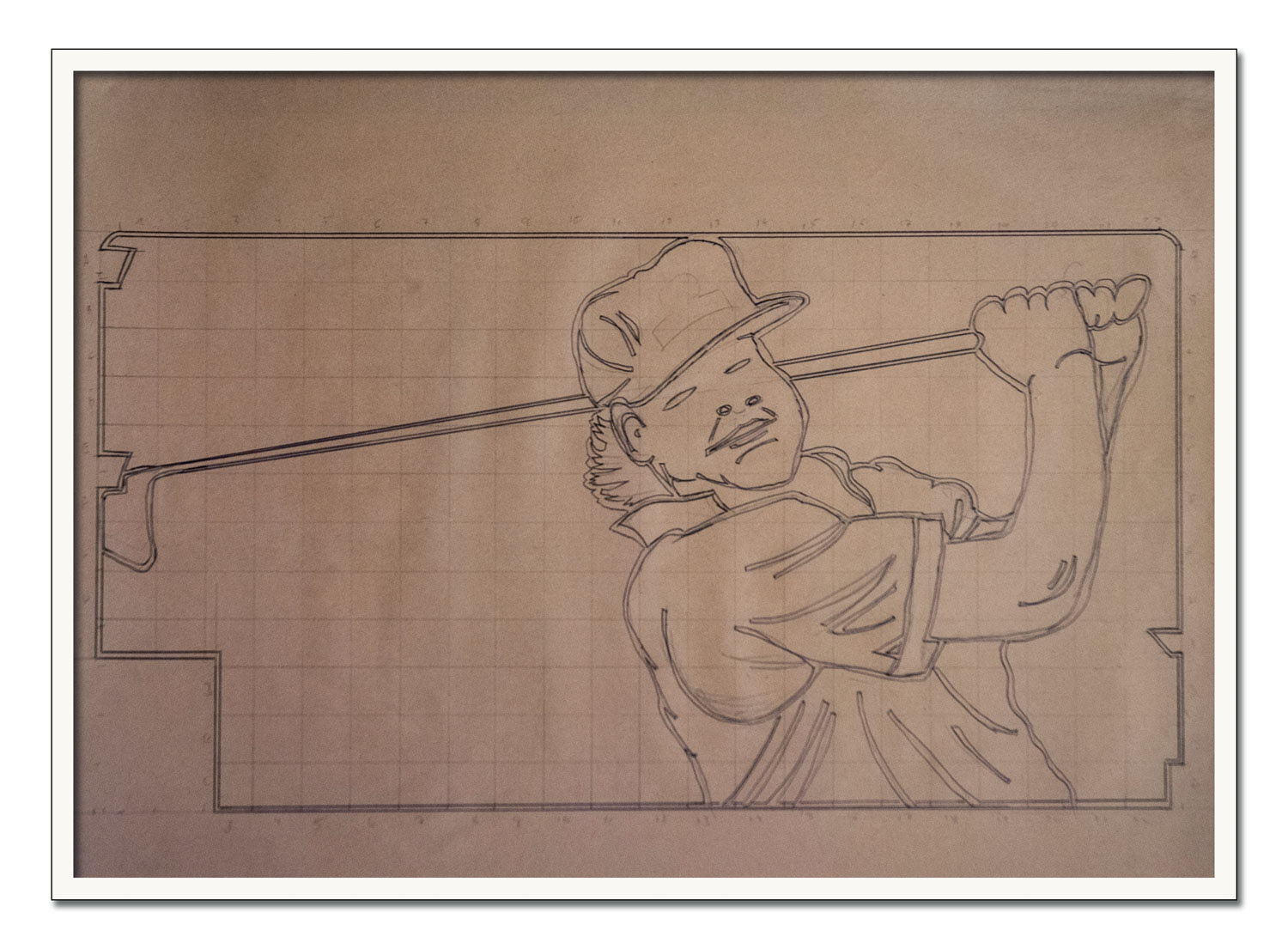
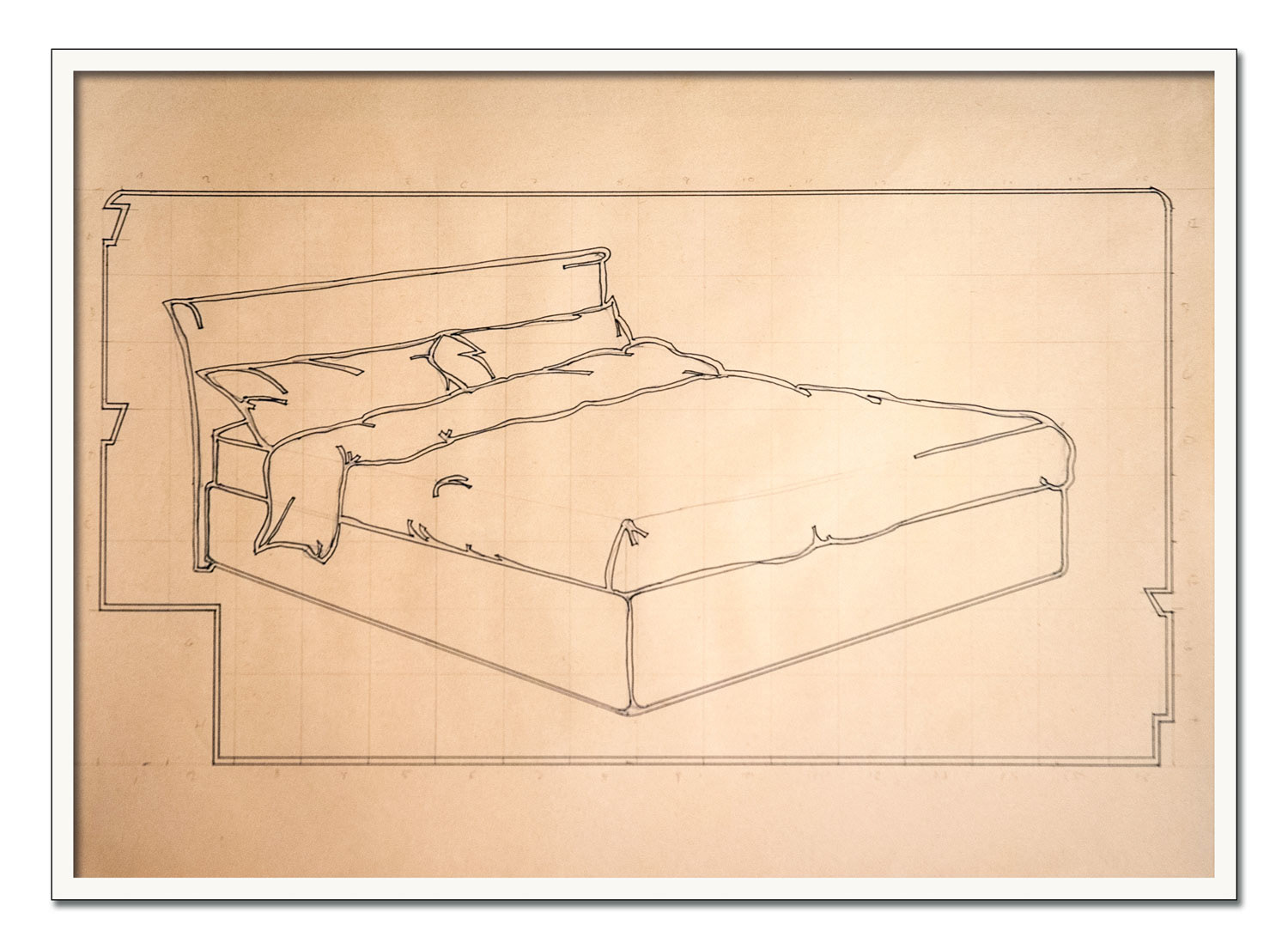
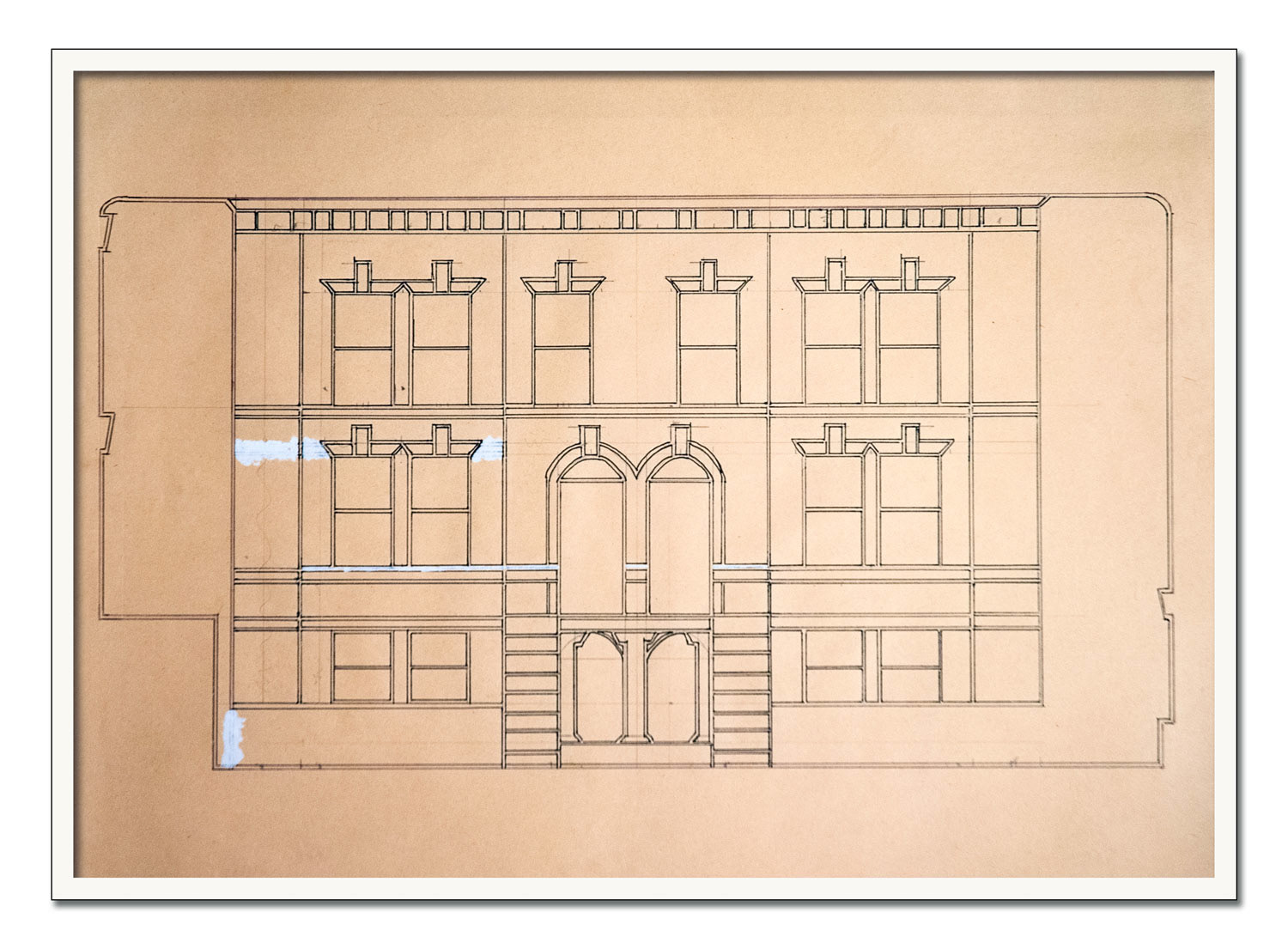
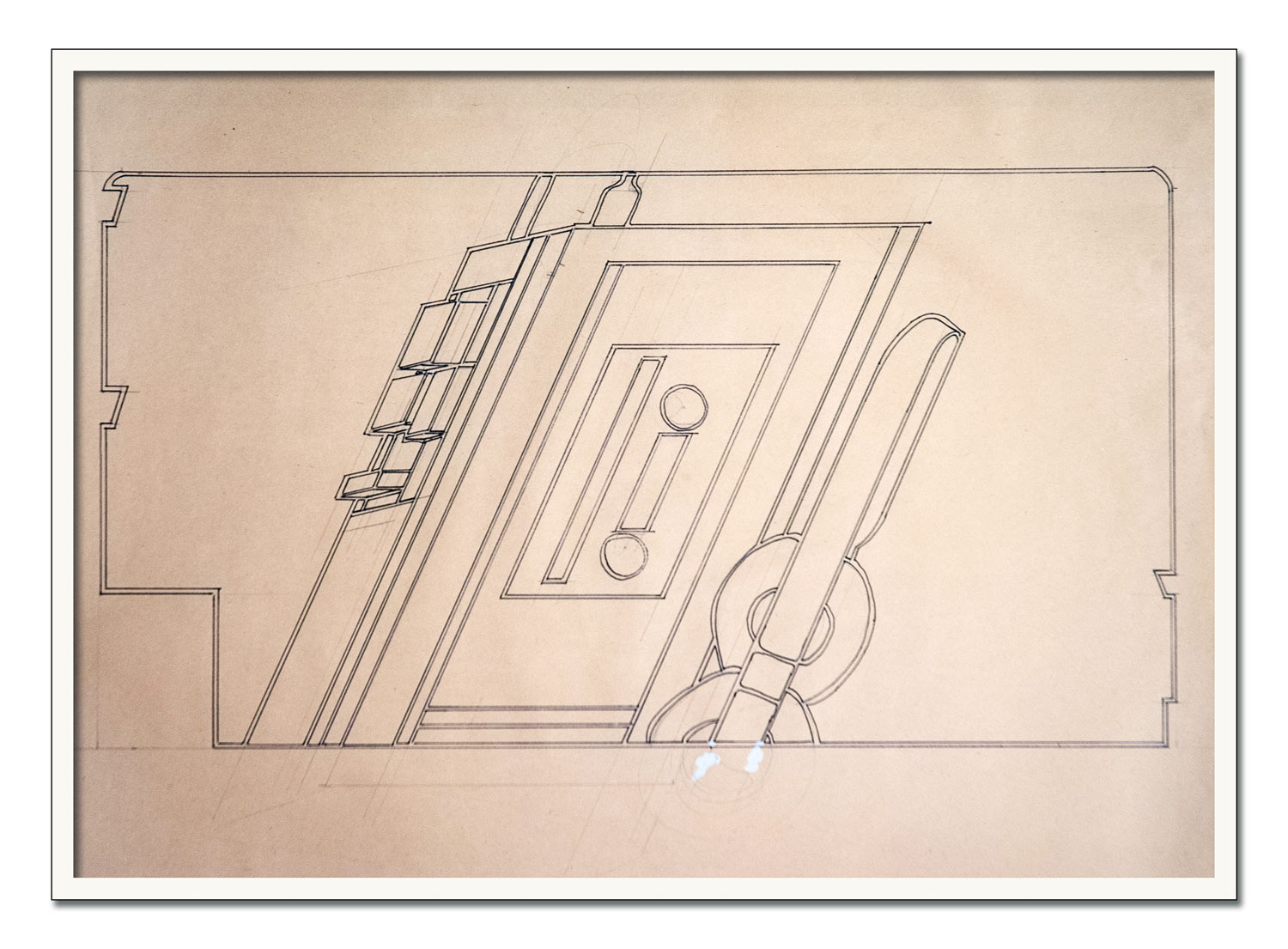
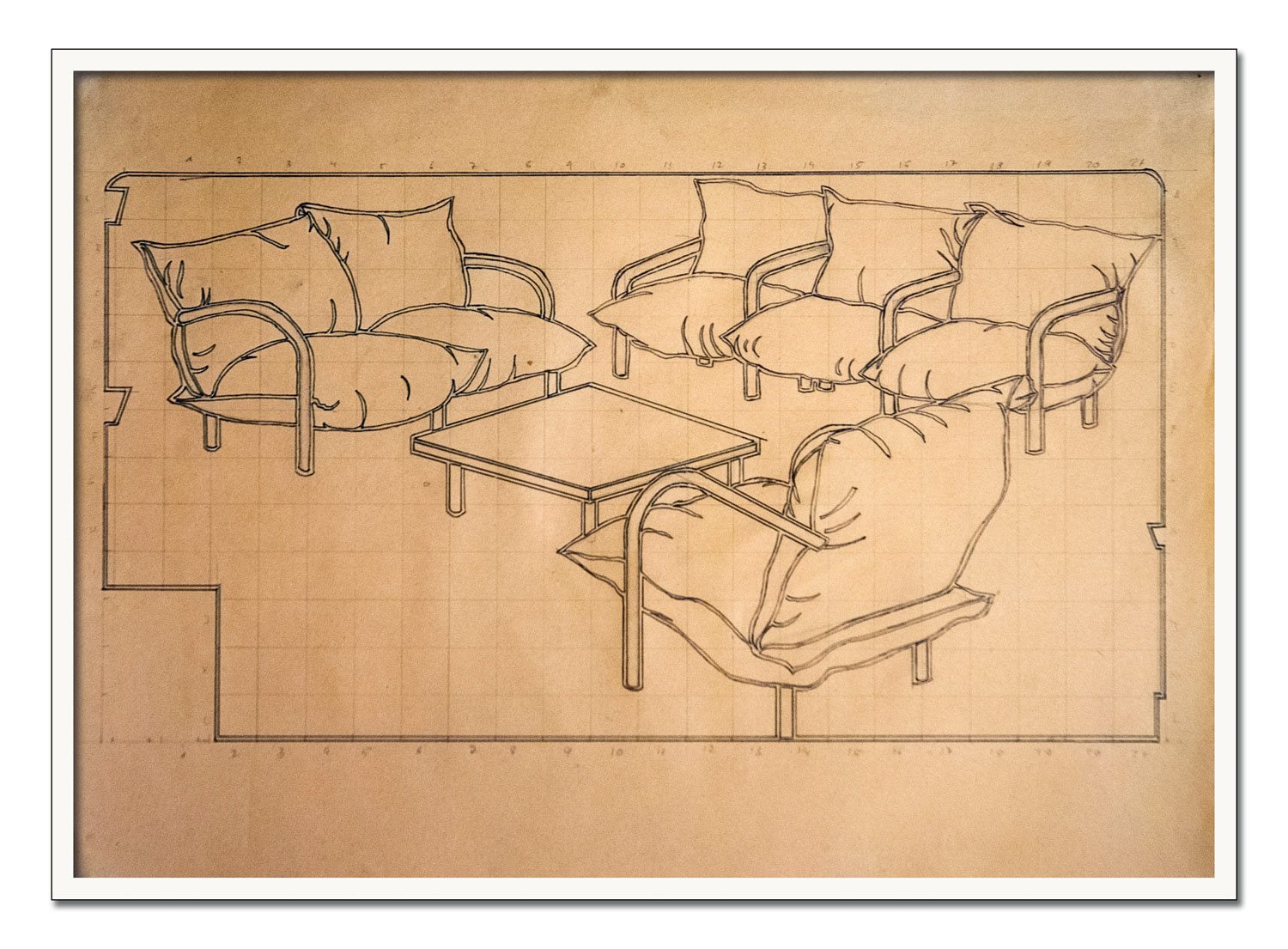
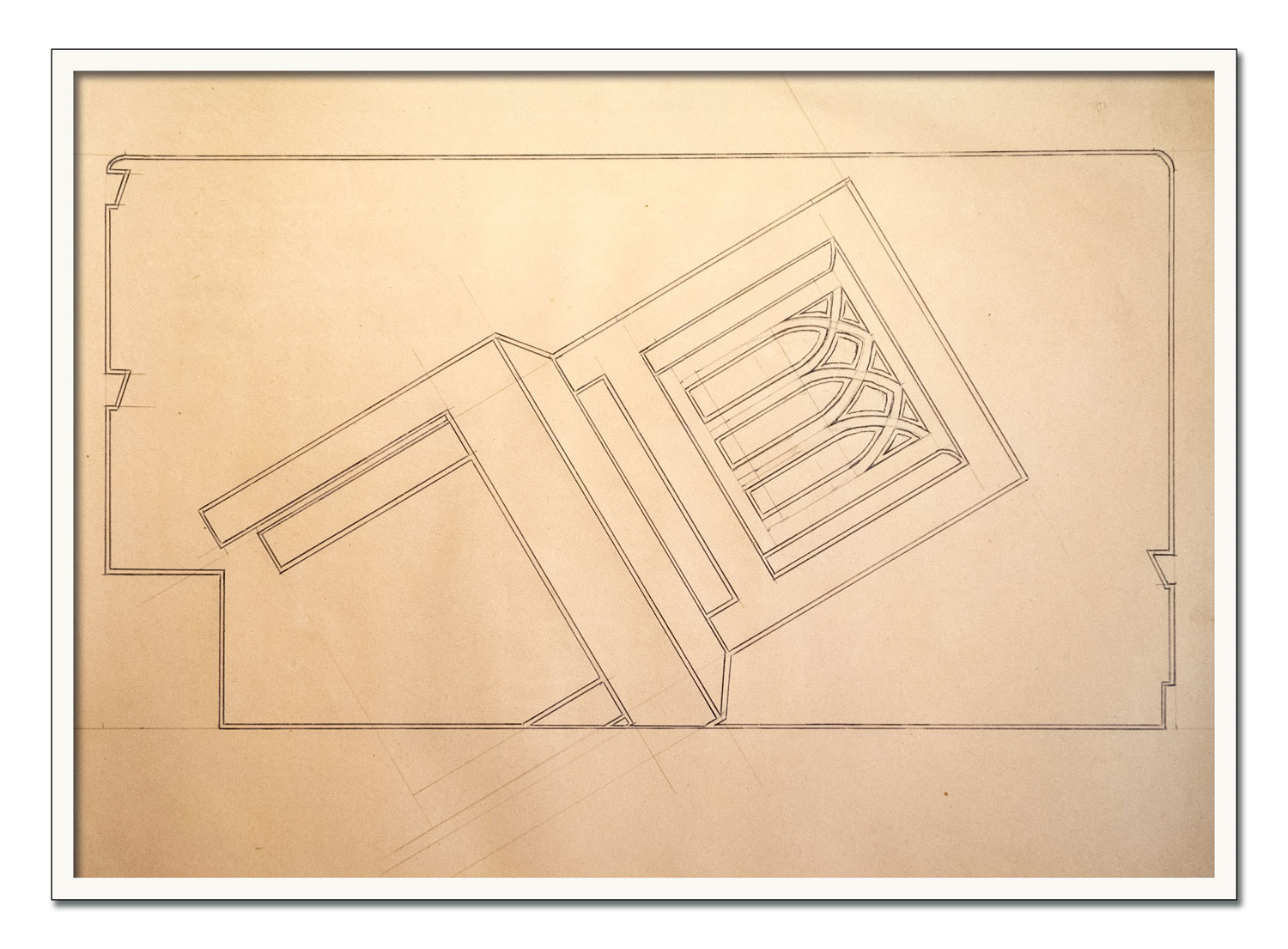
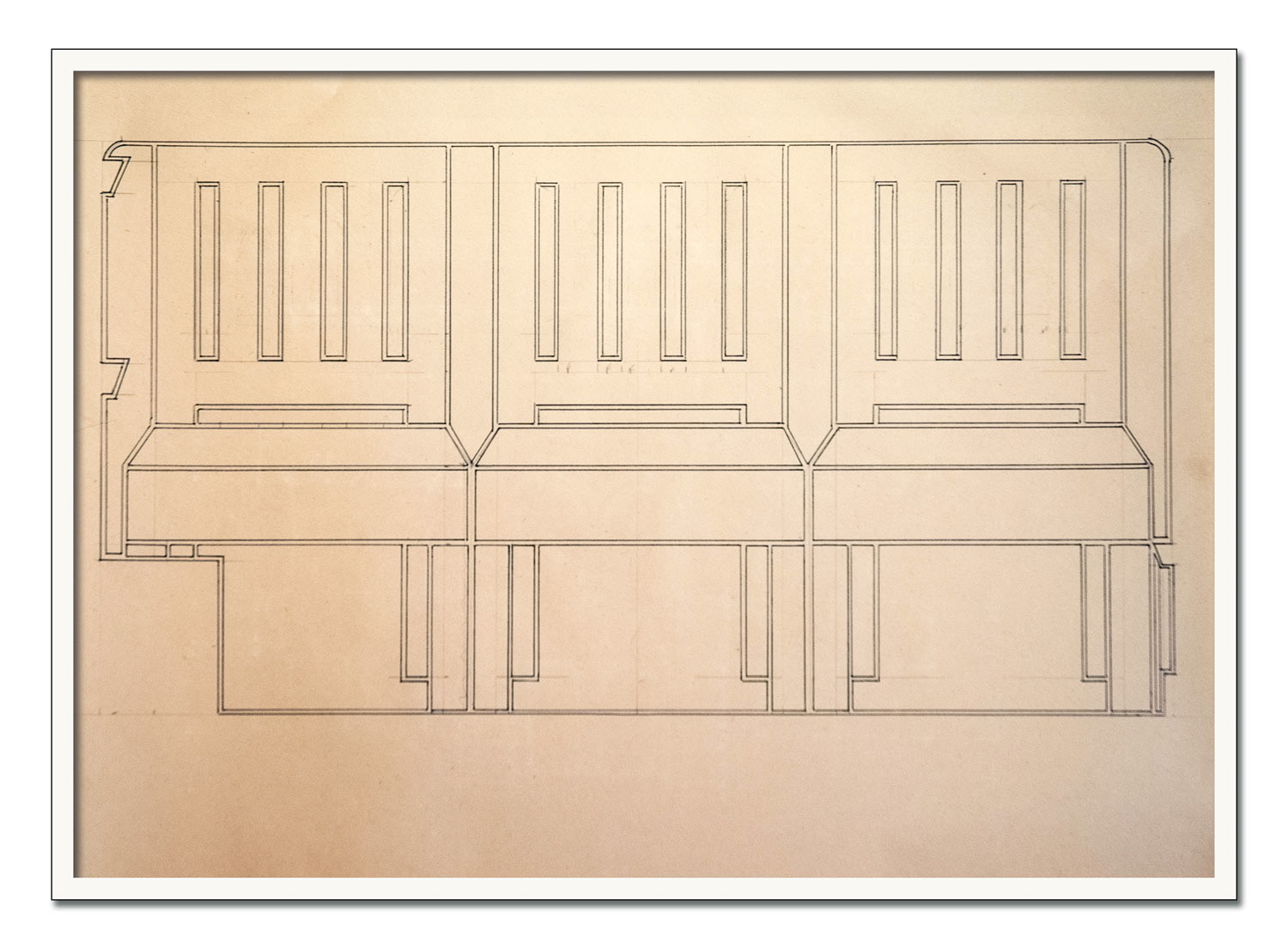
Gathering and Conversations, 1984
Furniture, without the people who normally use it, becomes a silent witness to communication. They are schematically reconstructed or replaced by real objects. Models of bridges and other forms connect them or rest on them. The drawings are preliminary stages to the ensemble that is presented under the title Versammeln und Gespräche im Archiv 1973-1989.
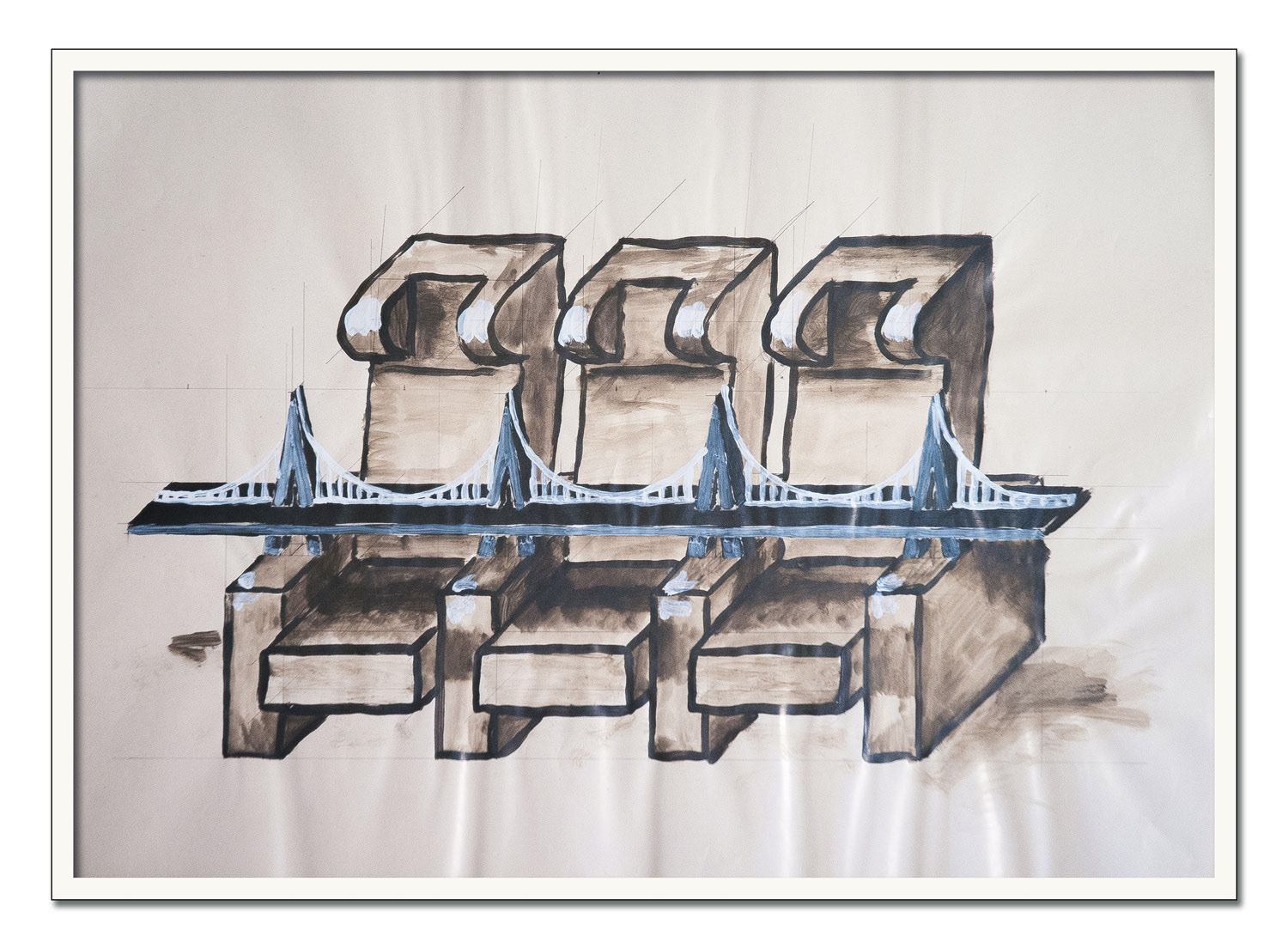
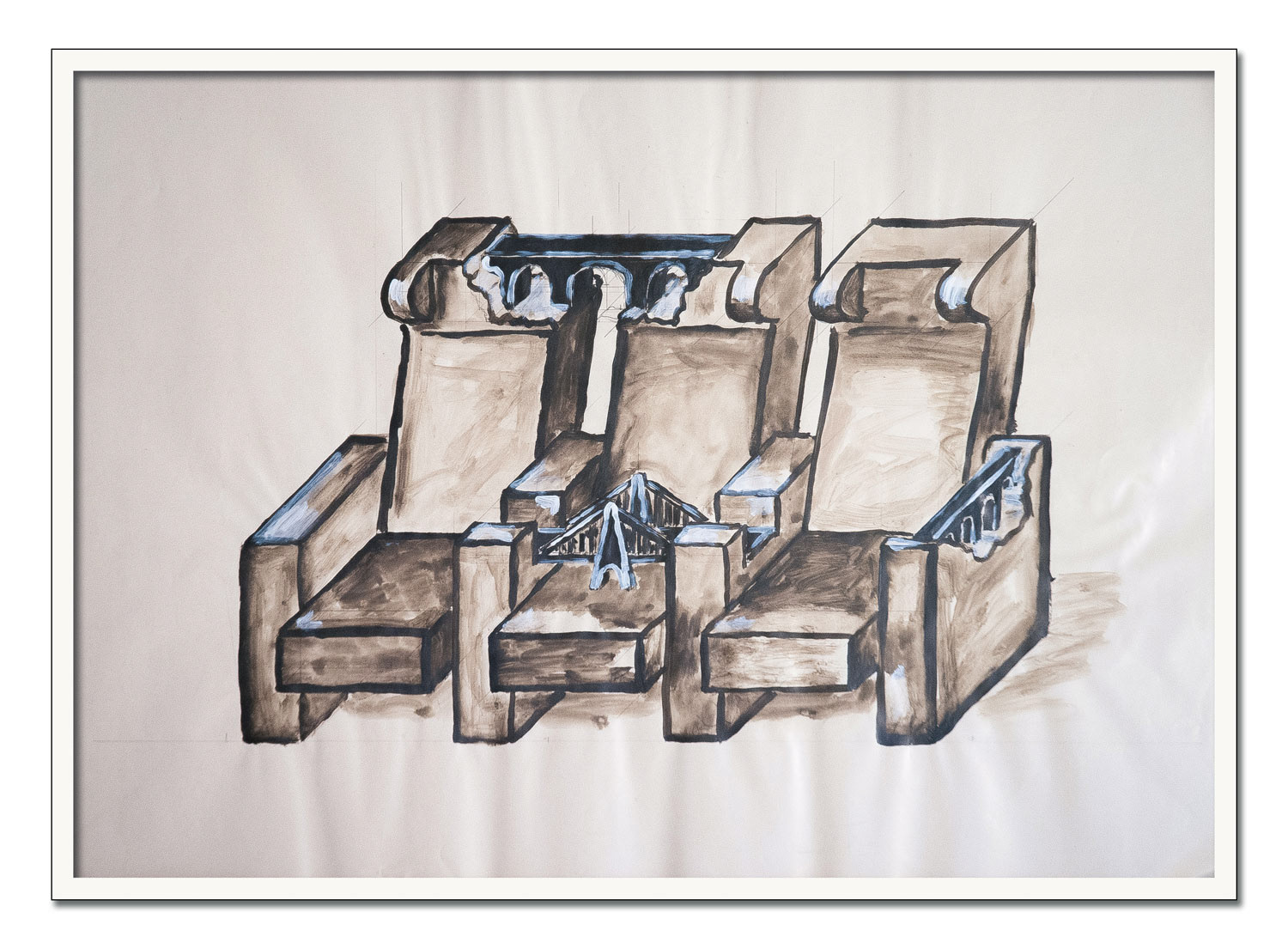
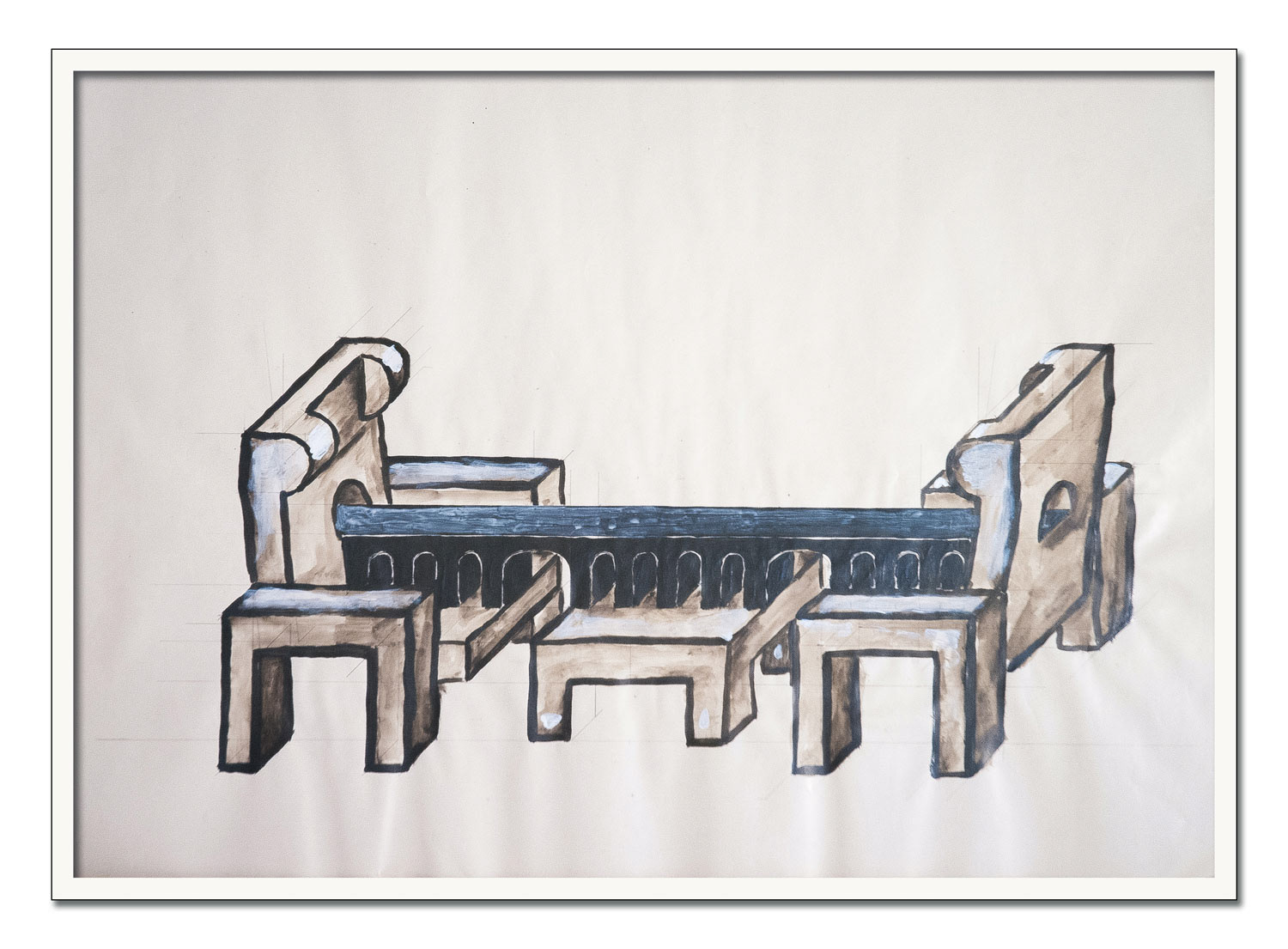
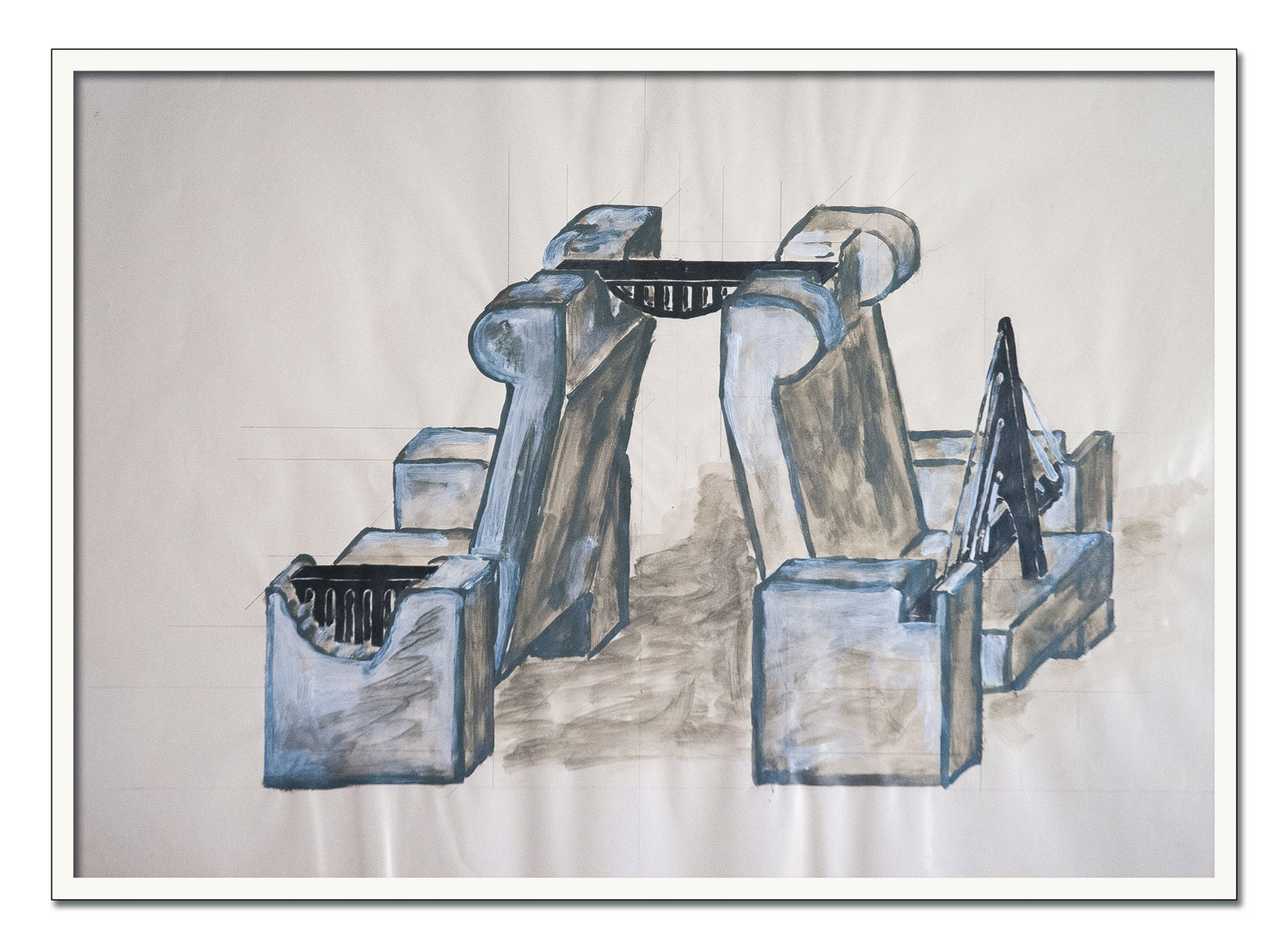
Bridges, 1983-1985
Bridges were the central theme for several years. They connect, overcome valleys and characterise the landscape and cityscape. Many models are created on the basis of the drawings – mostly made of corrugated cardboard, for wall presentations or free-standing in the room. See the bridges section in the archive 1973-1989.
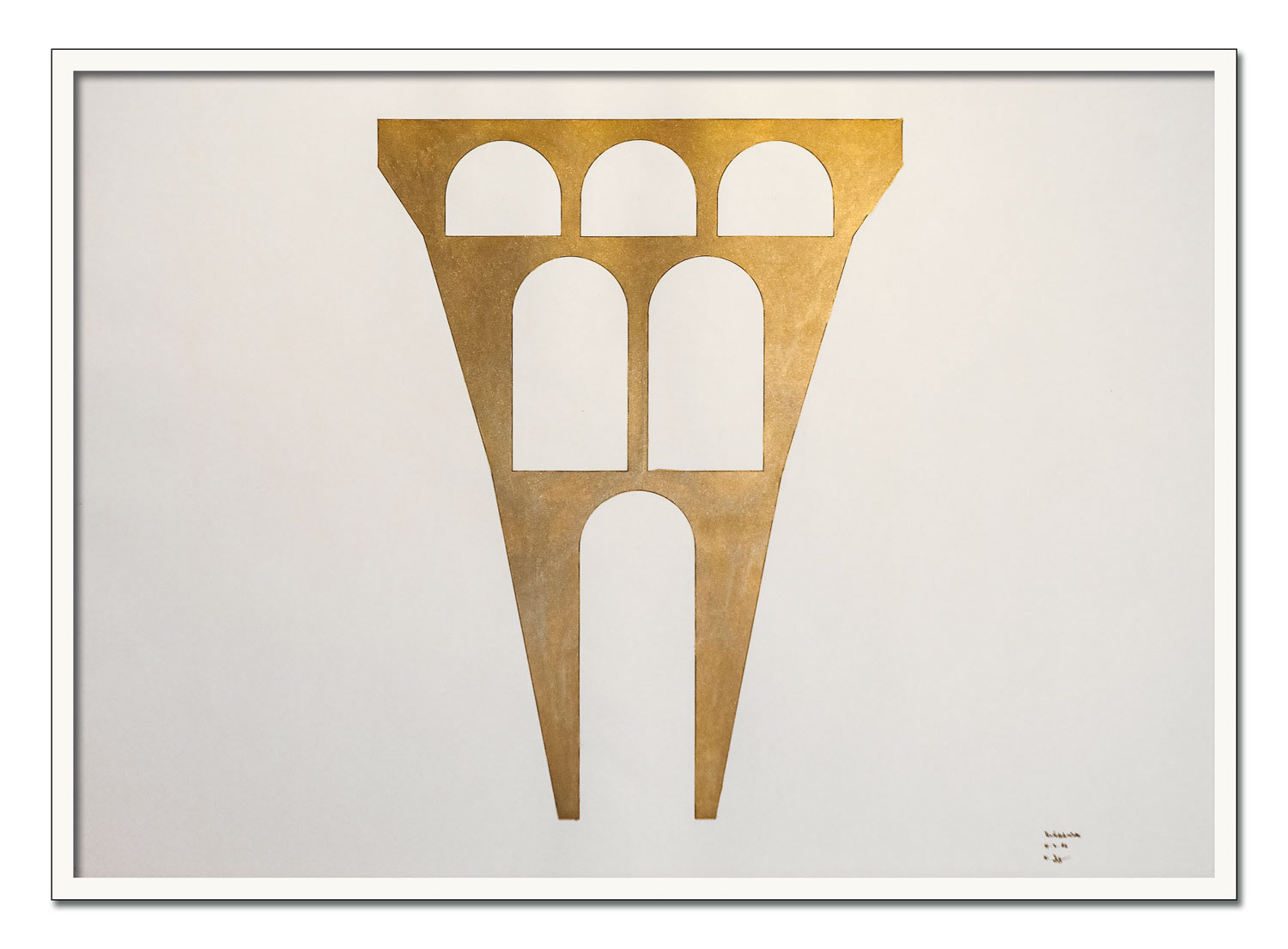
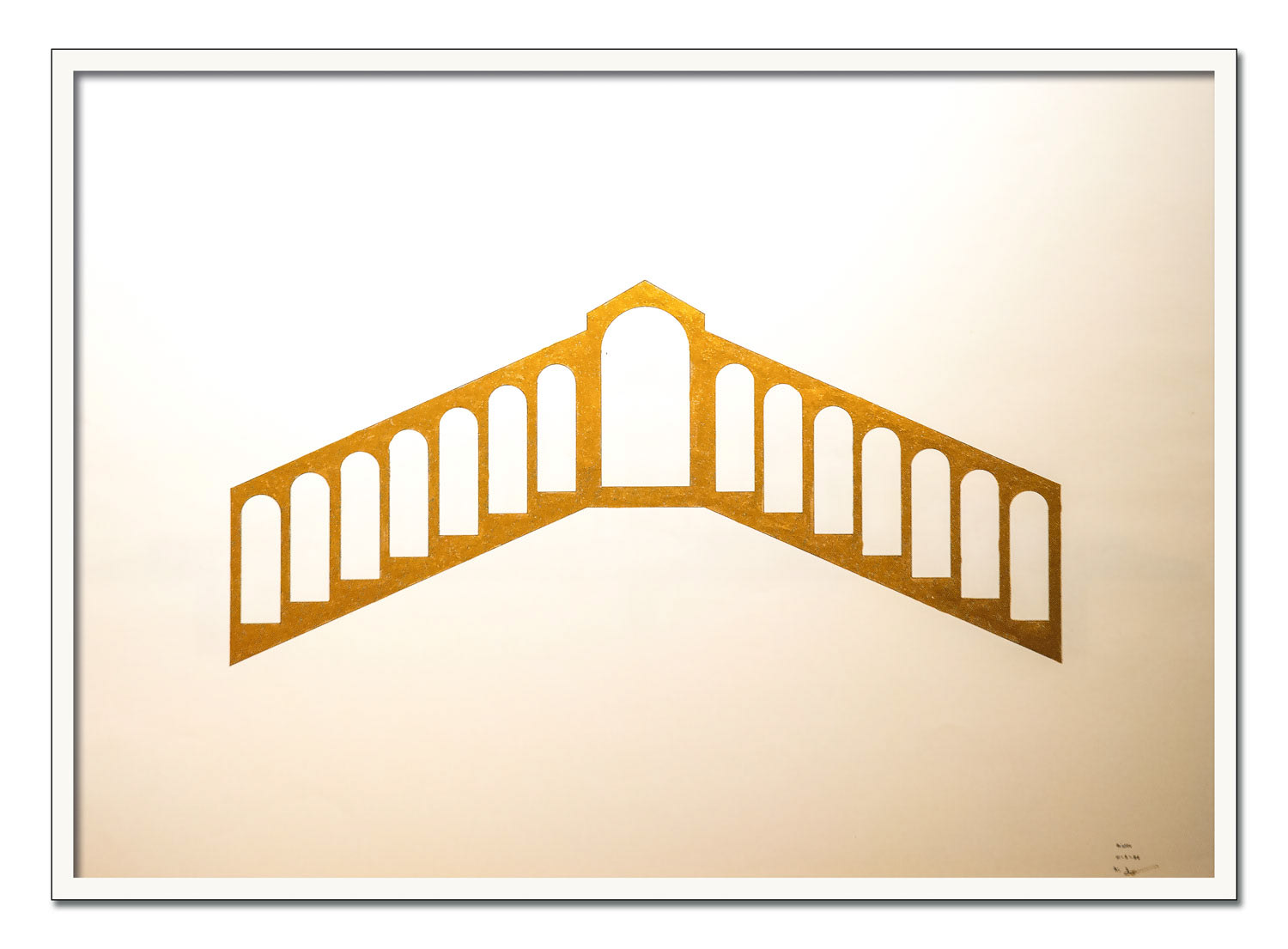
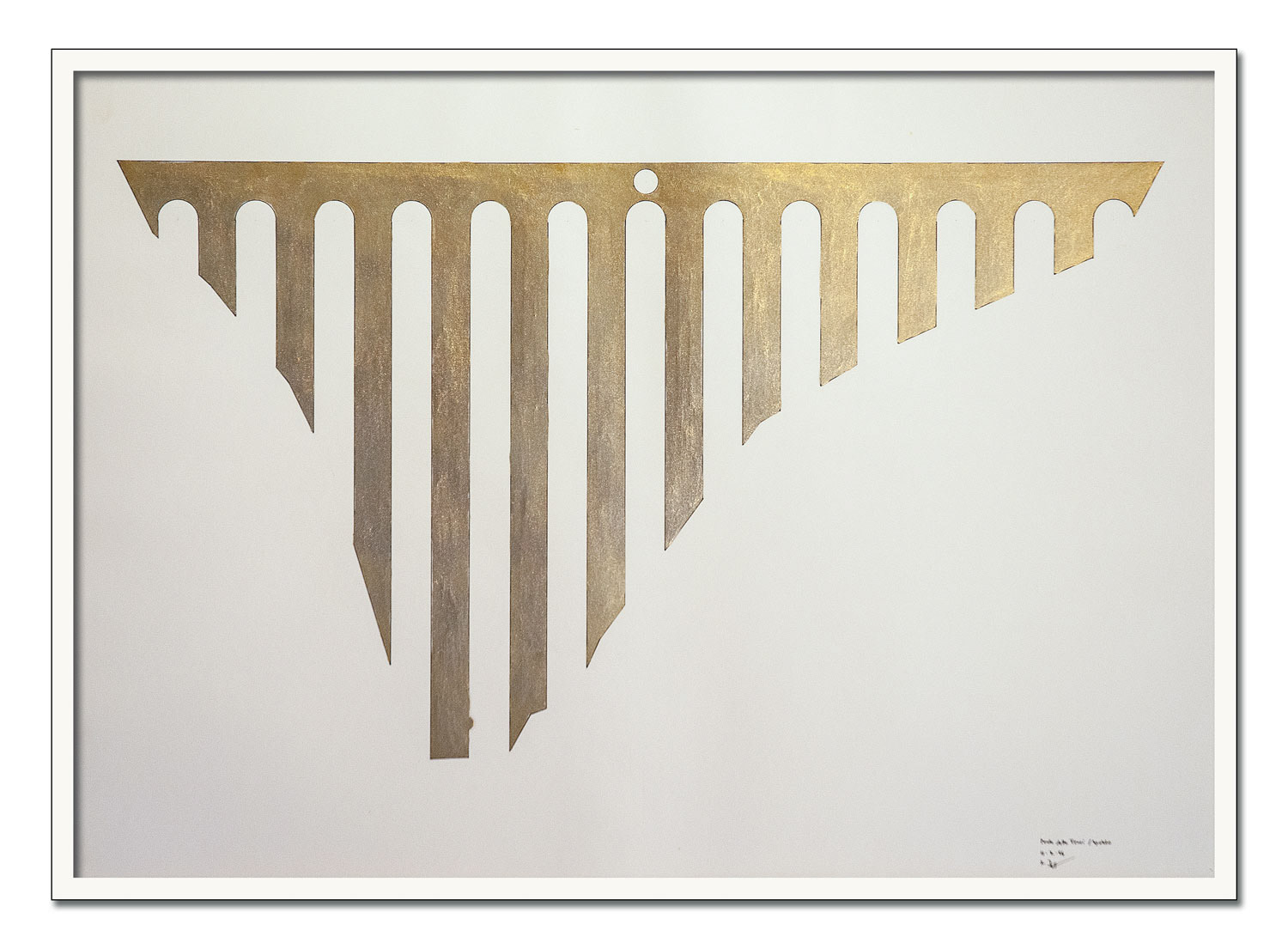
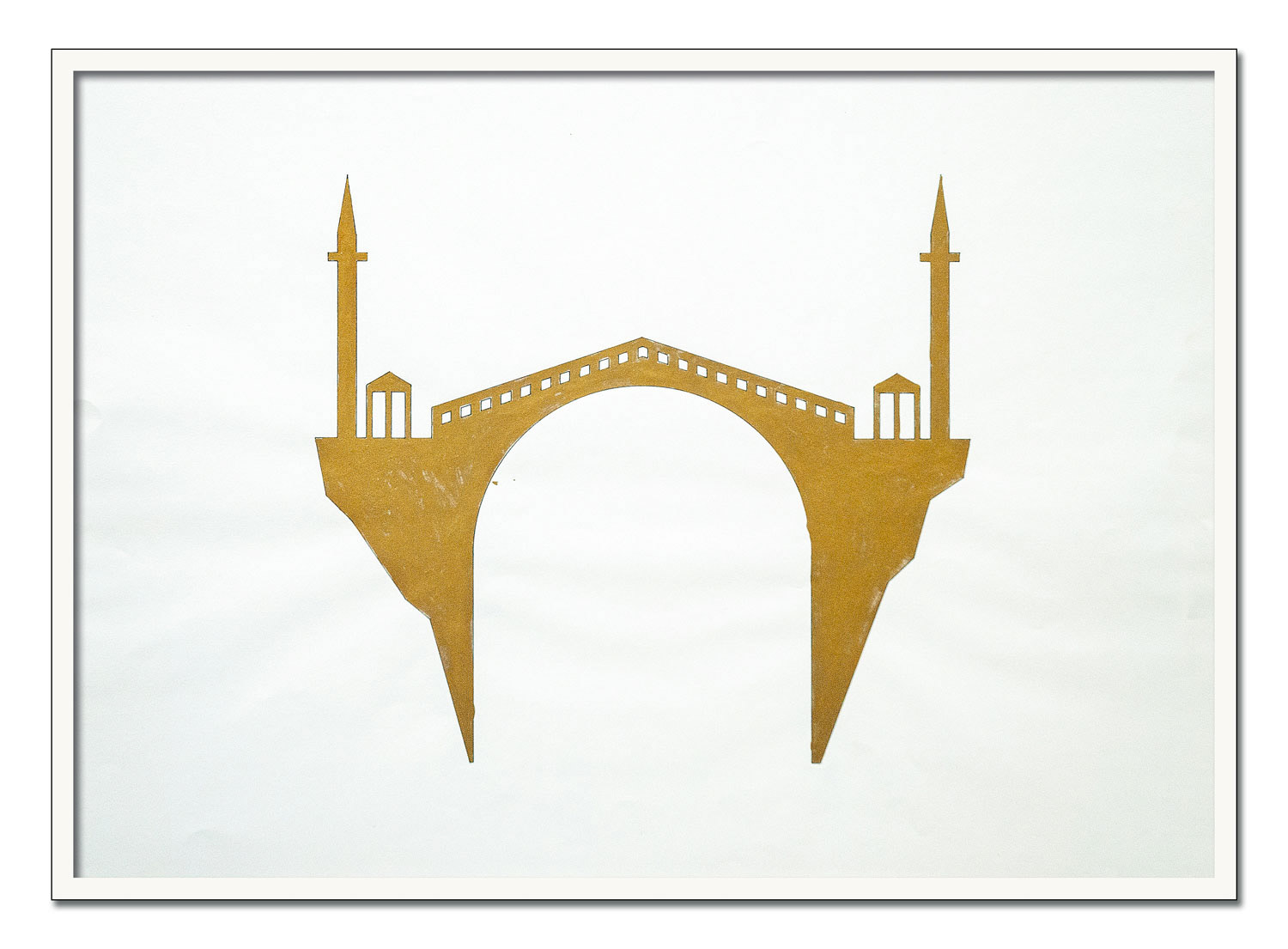
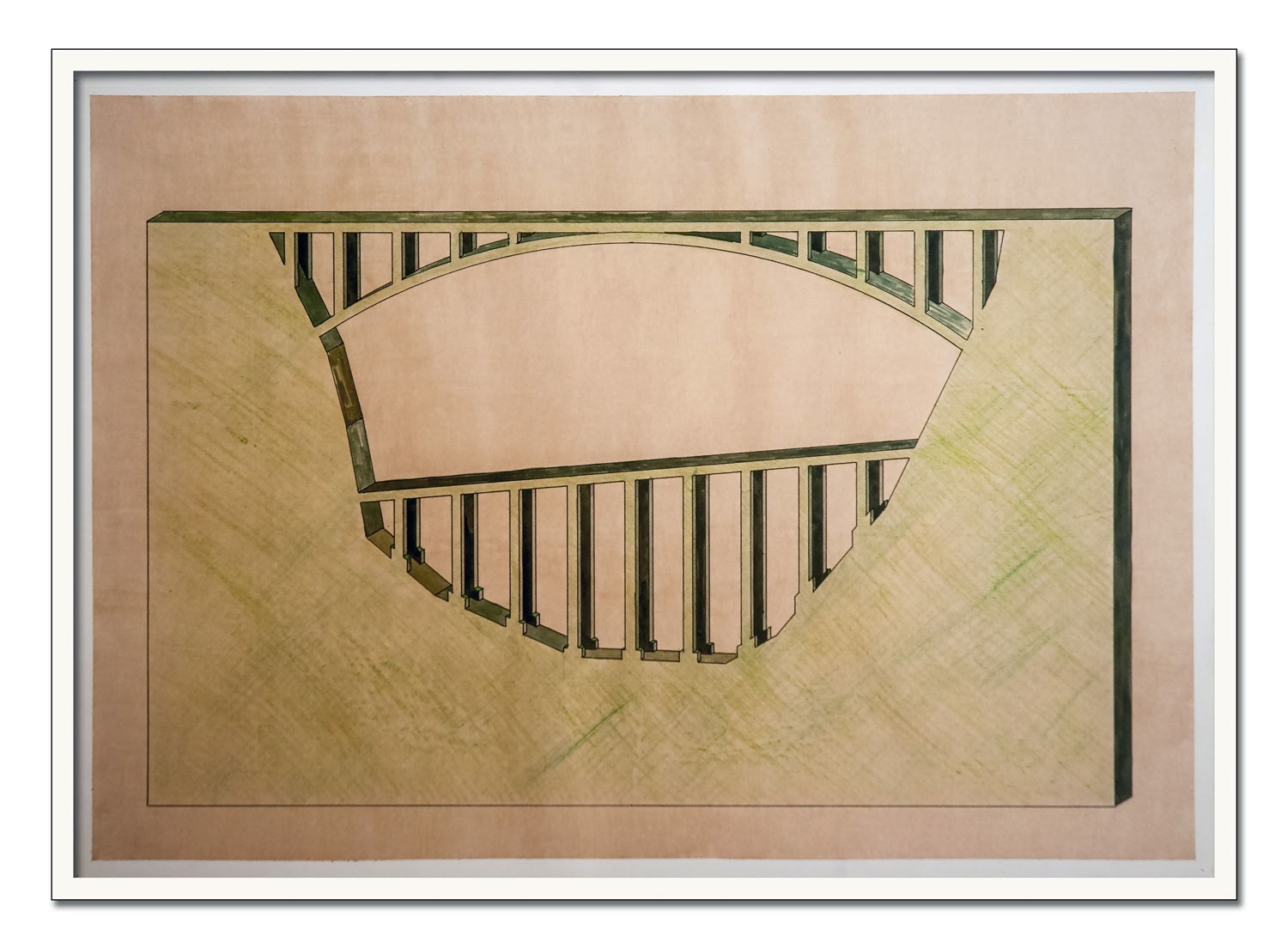
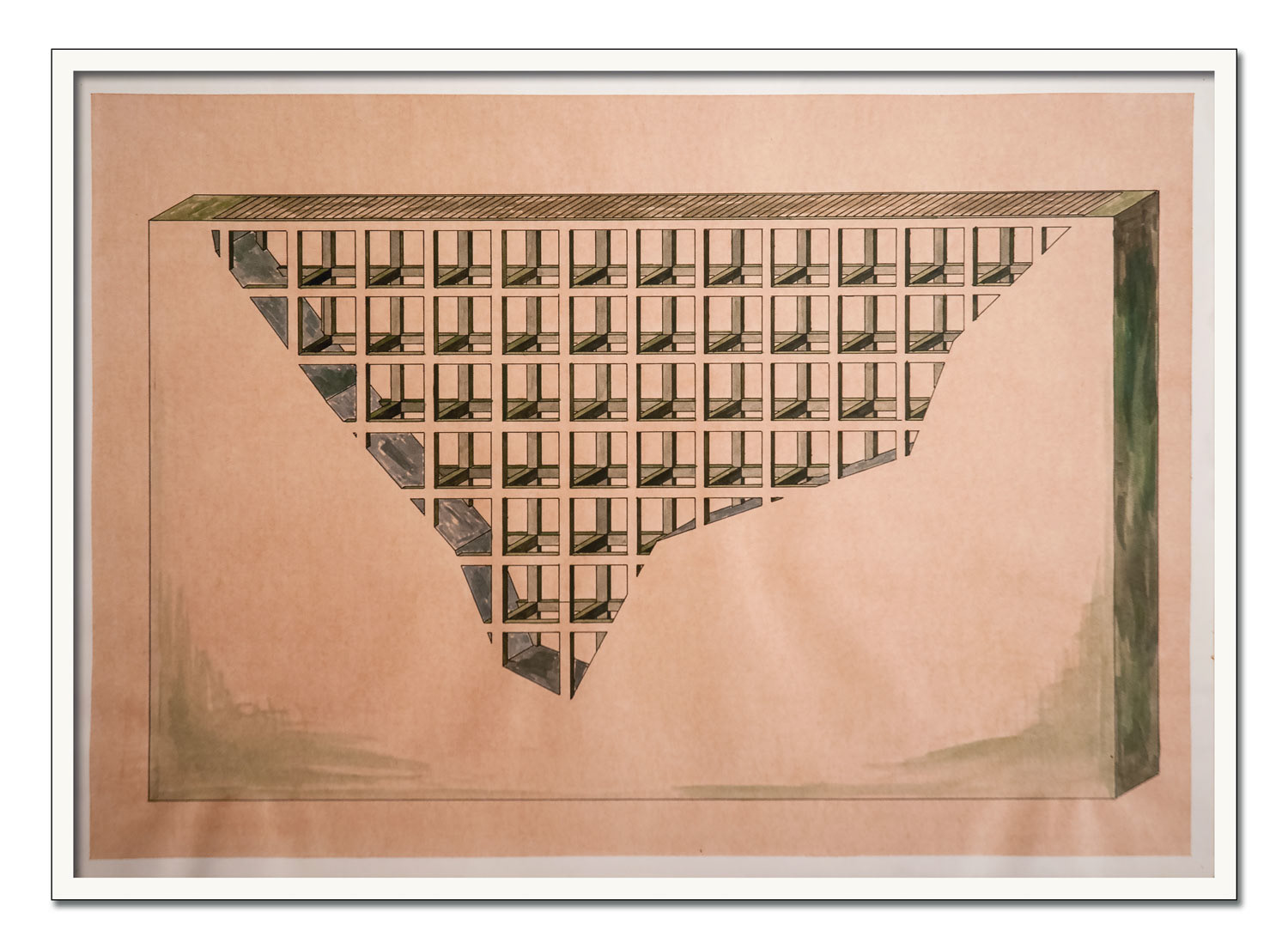
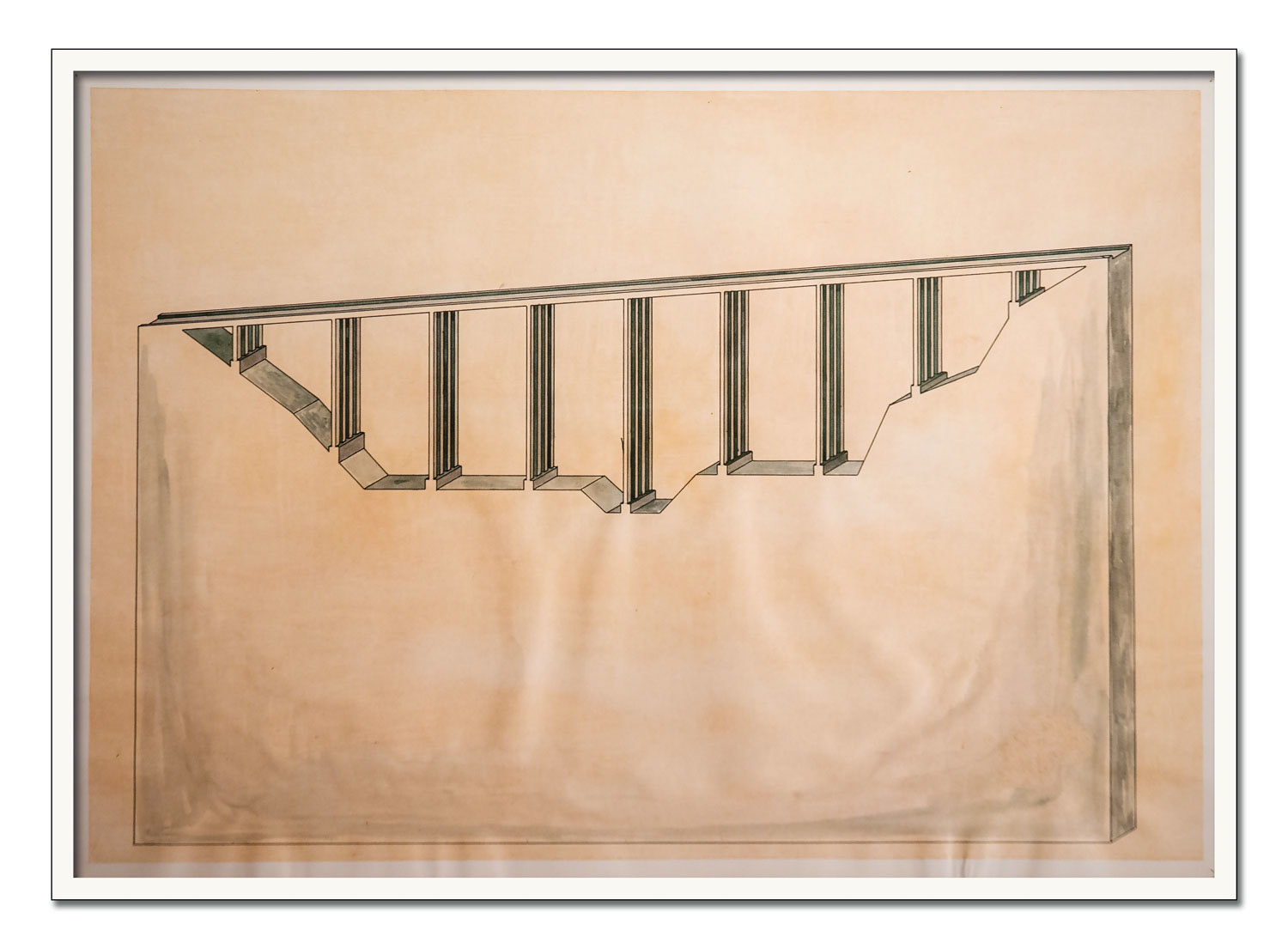
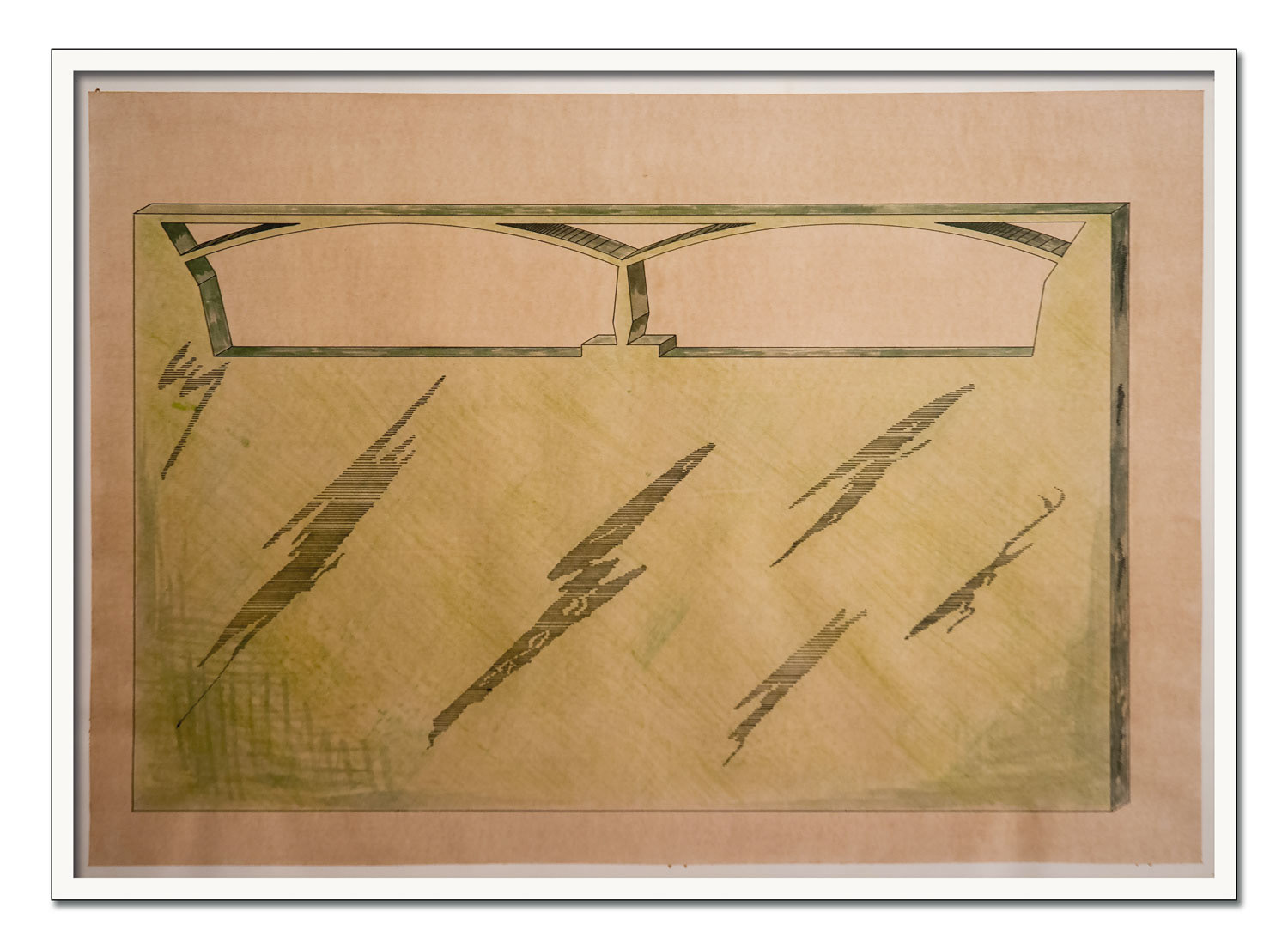
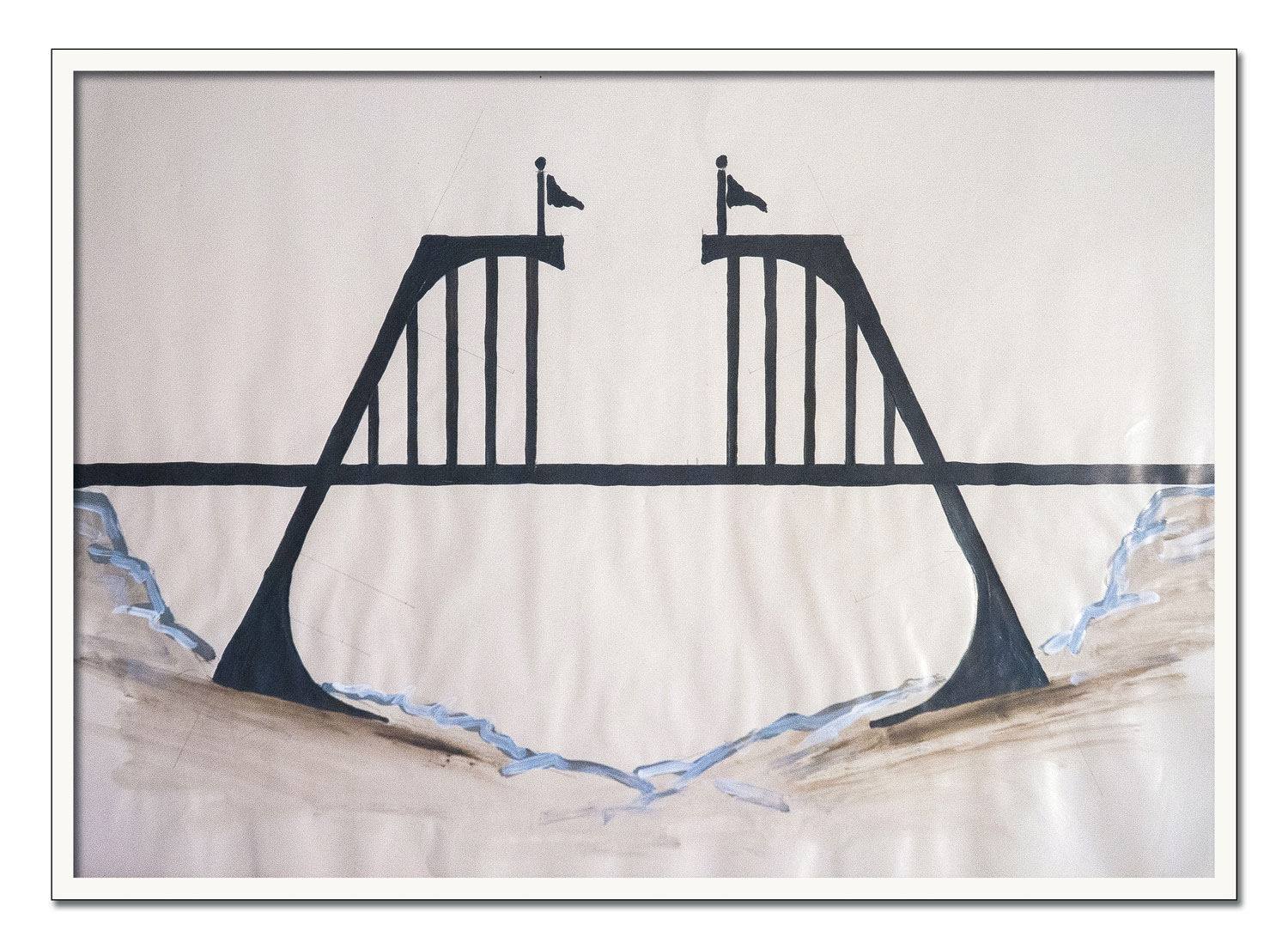
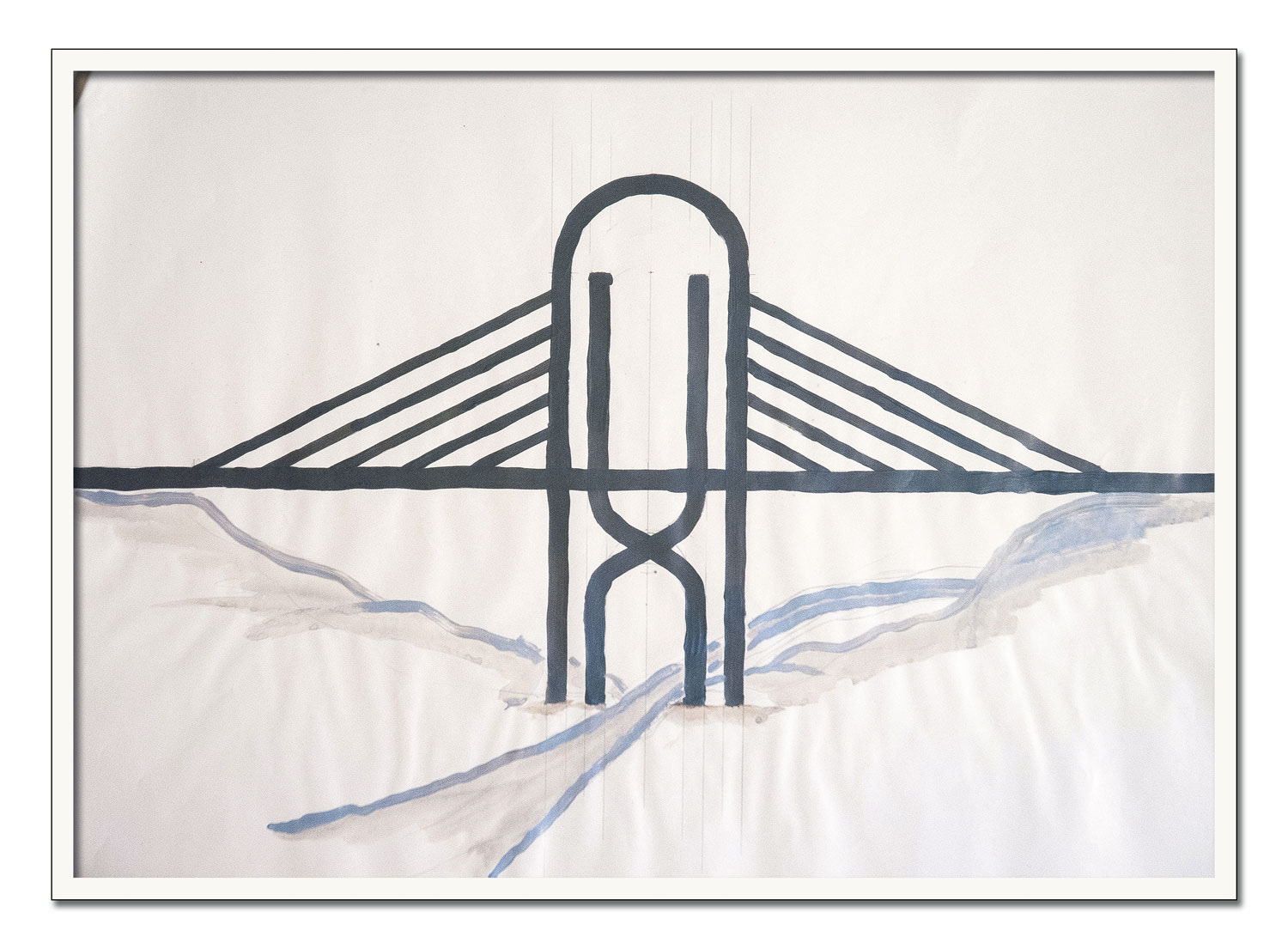
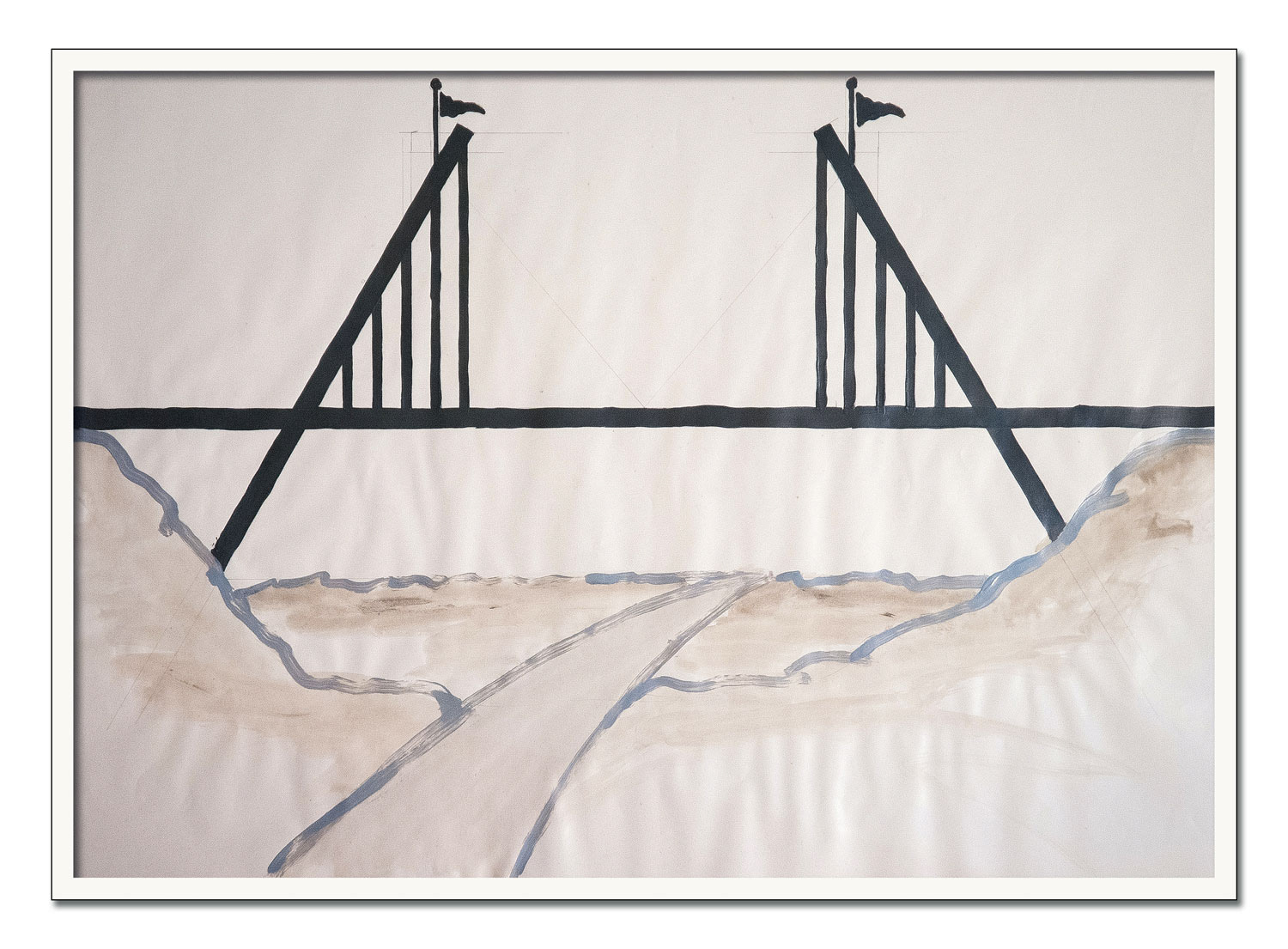
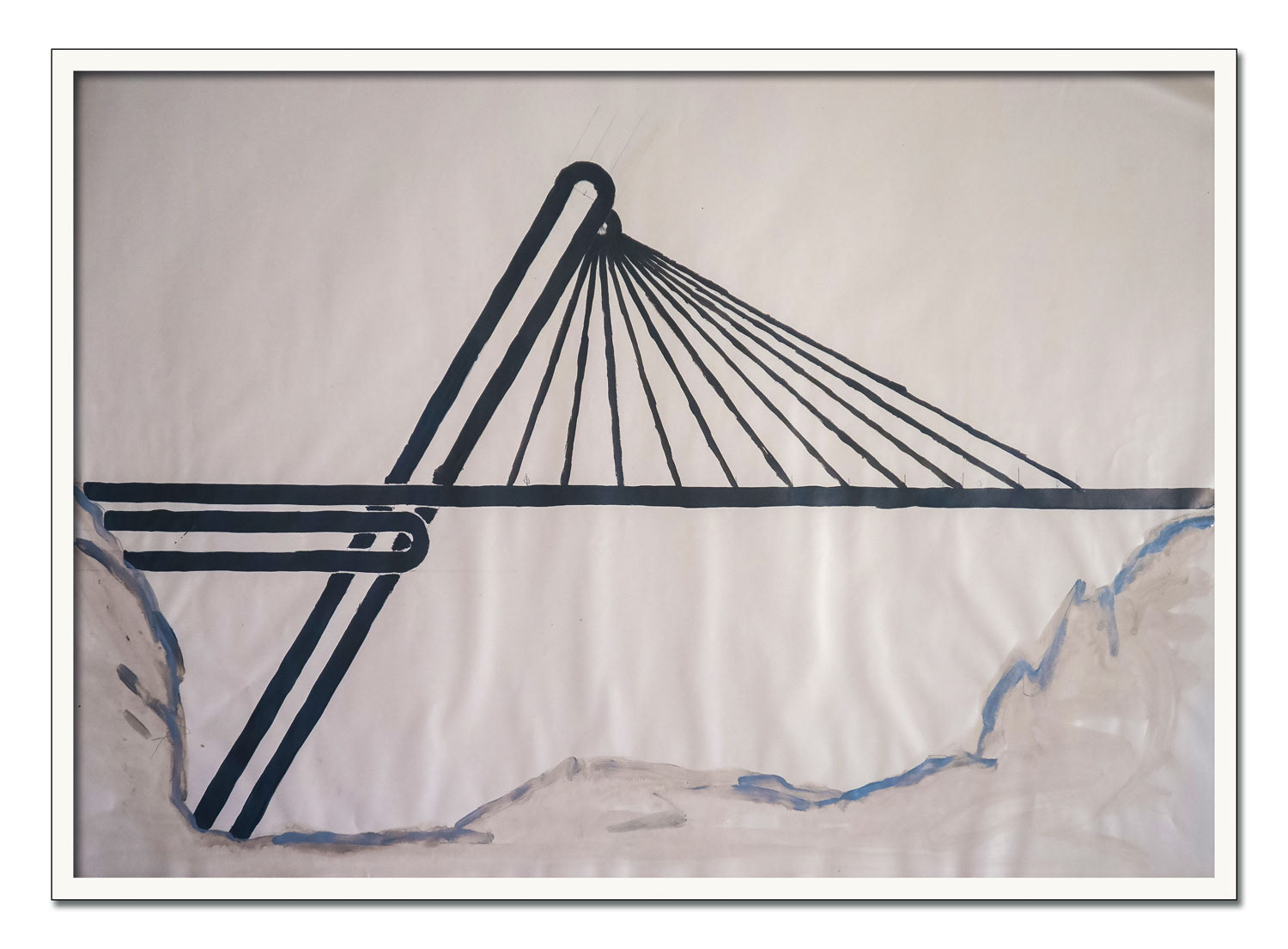
Cologne art market, 1985
Sculpture groups made of corrugated cardboard are developed for a promotional booth at the then Cologne art market (now Art Cologne, artcologne.de). They populate a stage made of pedestals – with shapes such as station concourses, obelisks and station clocks. See Station forecourt in the archive 1973-1989.
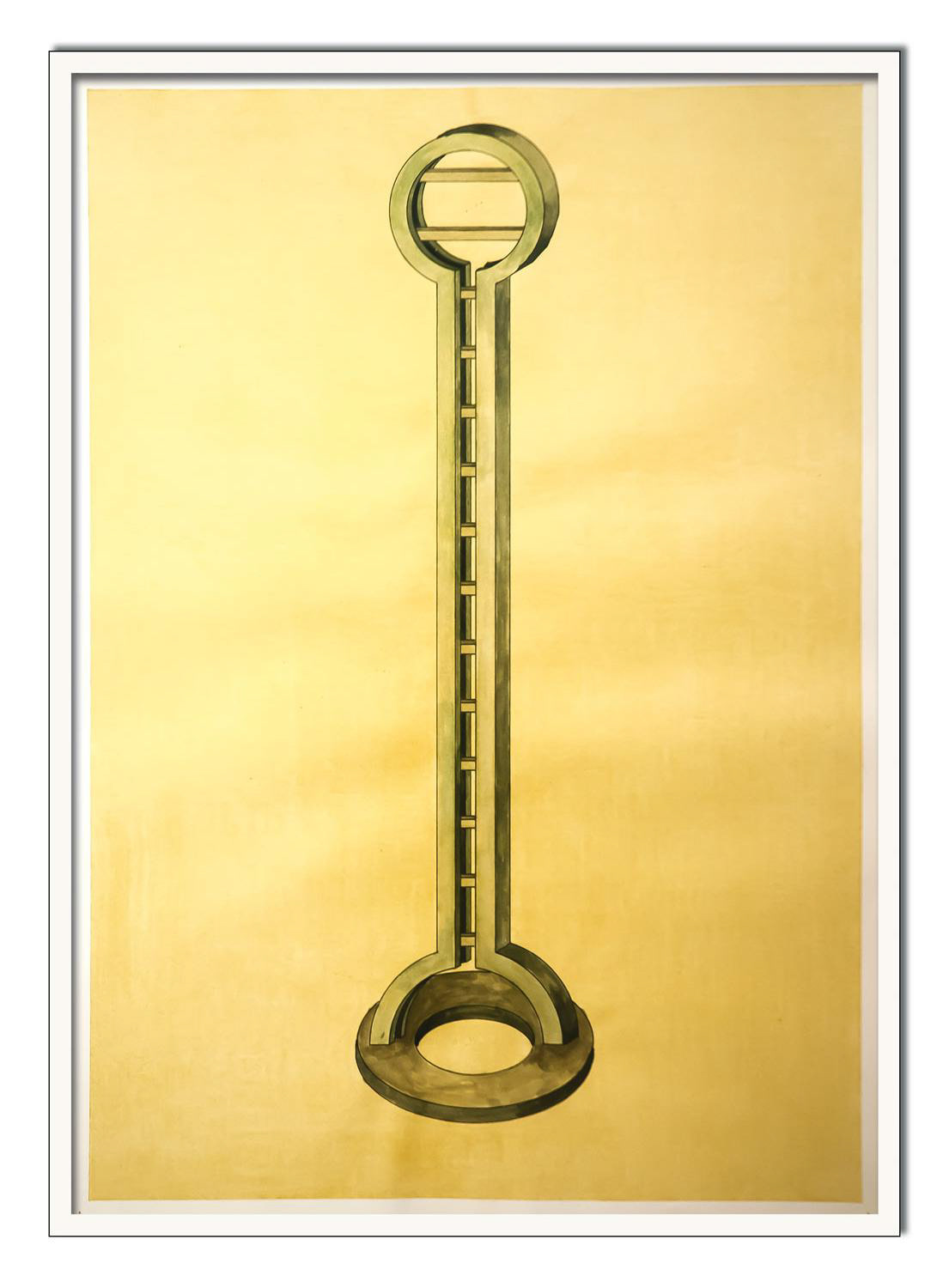
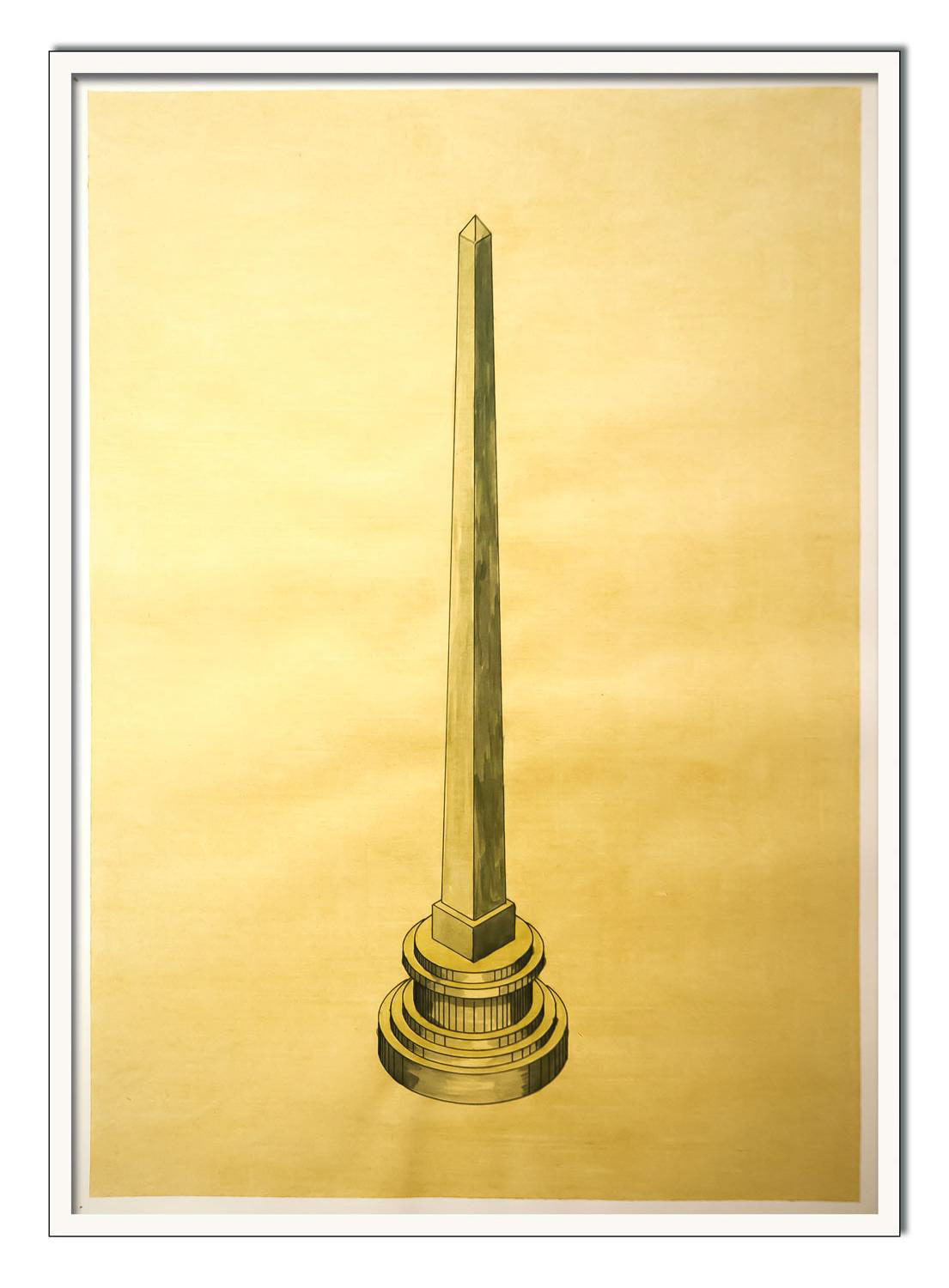
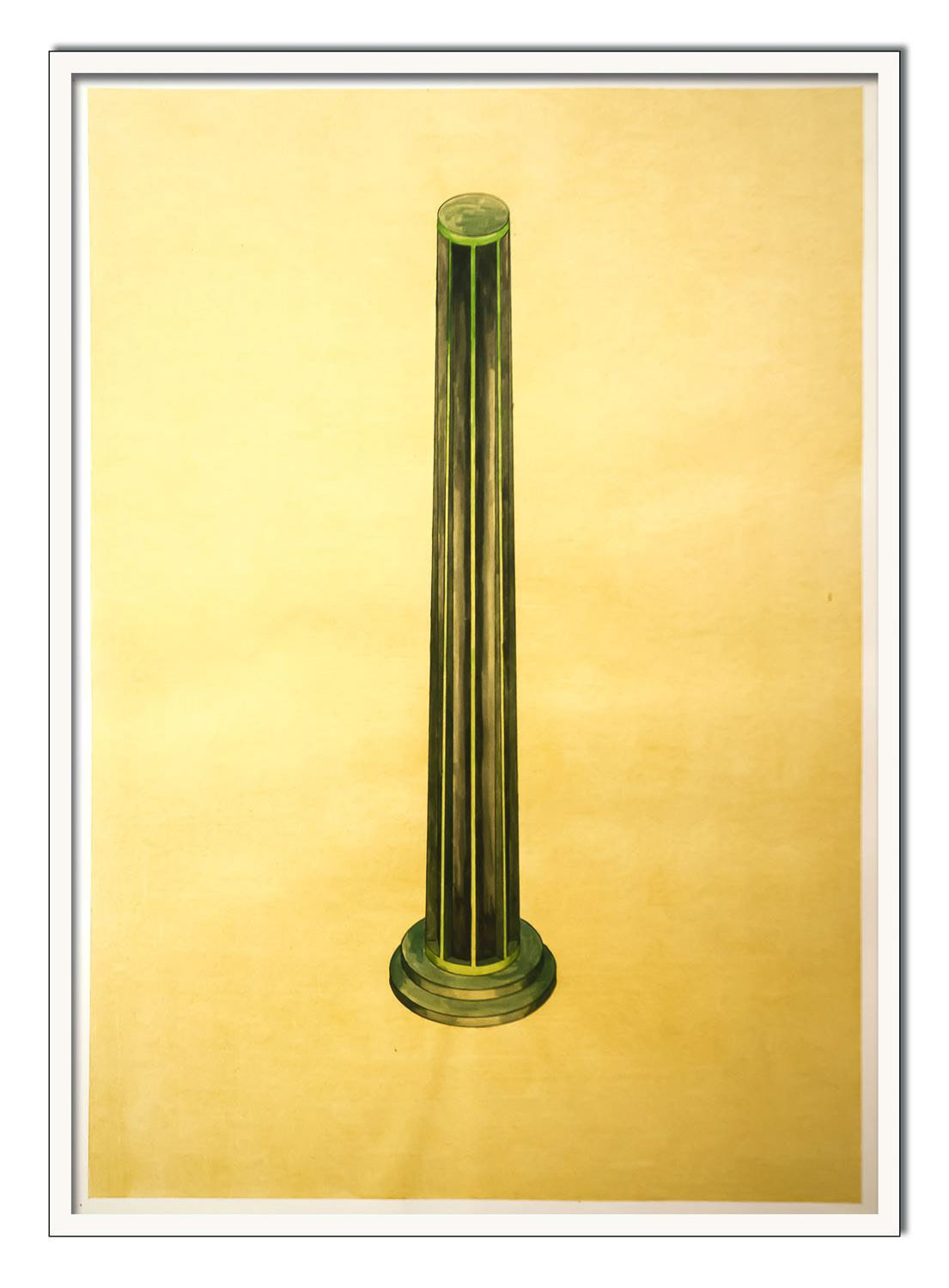
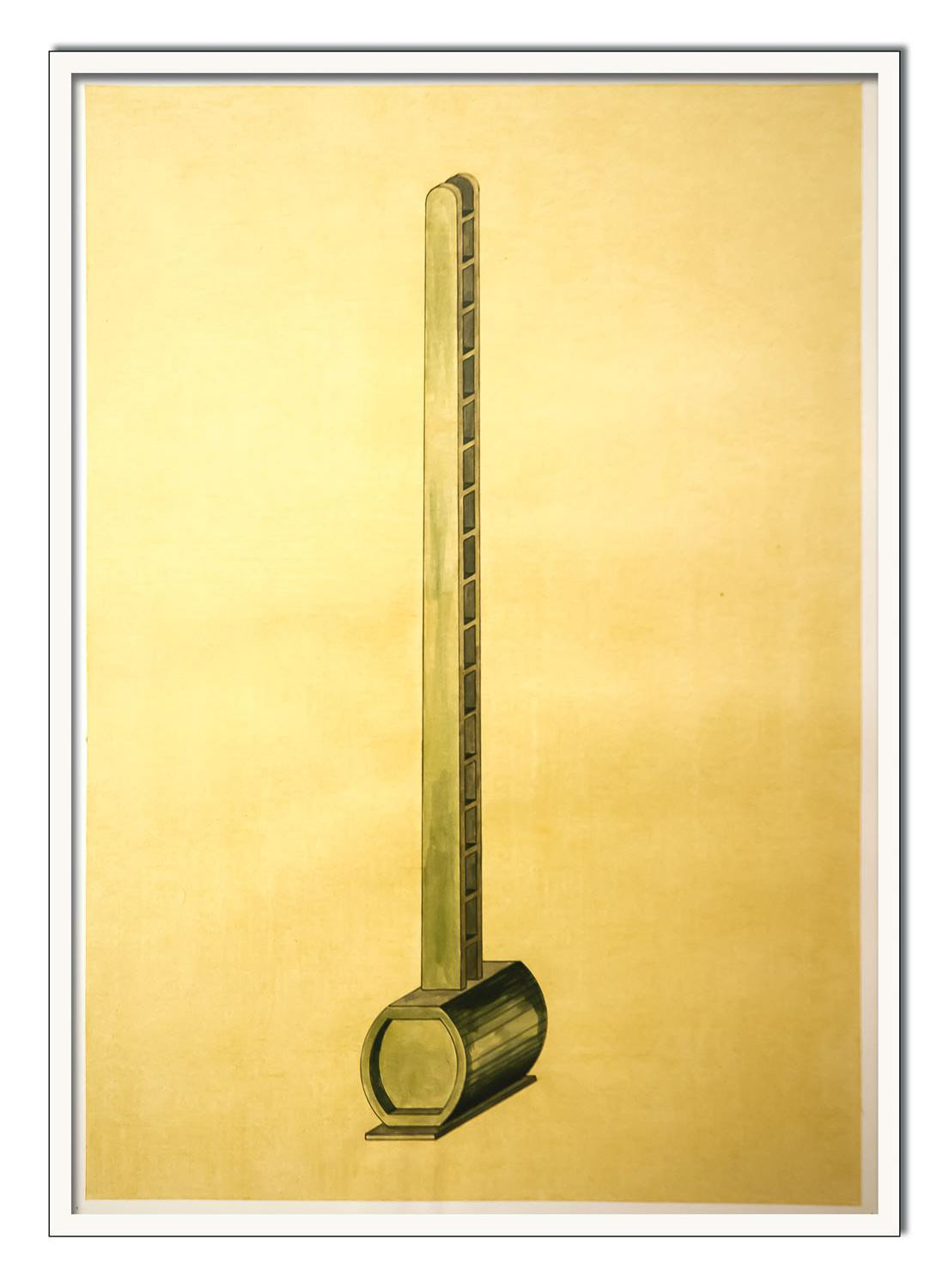
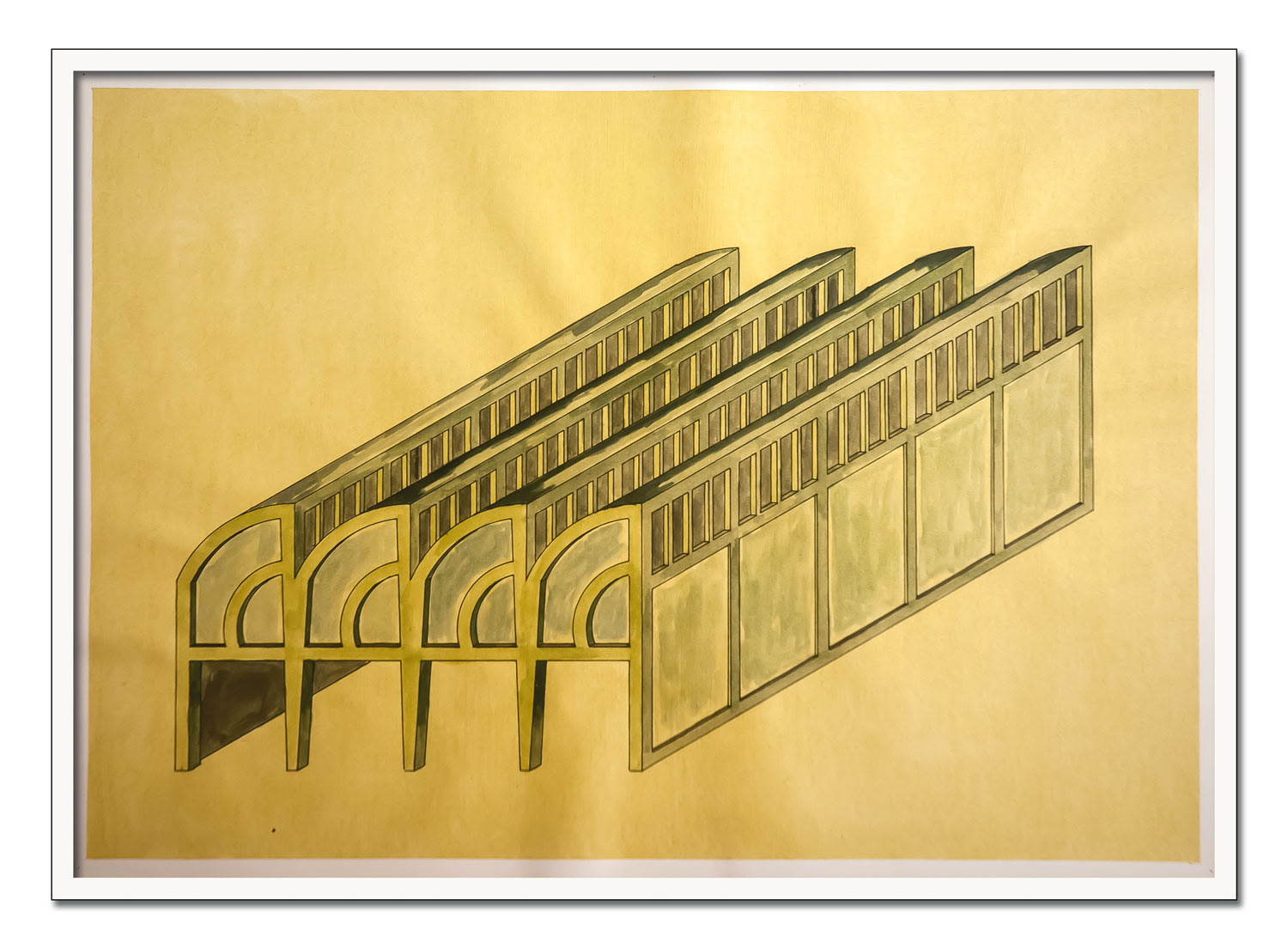
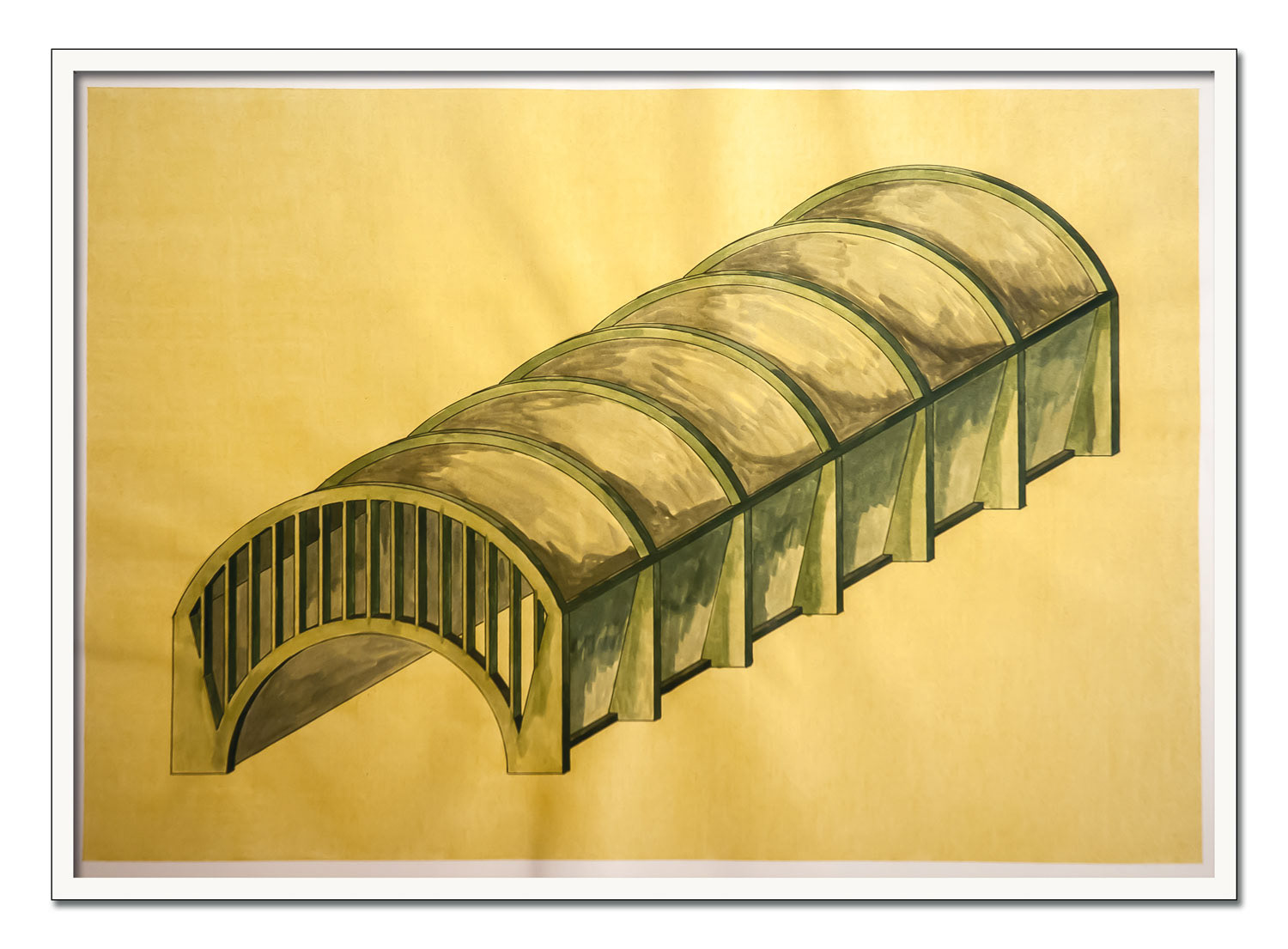
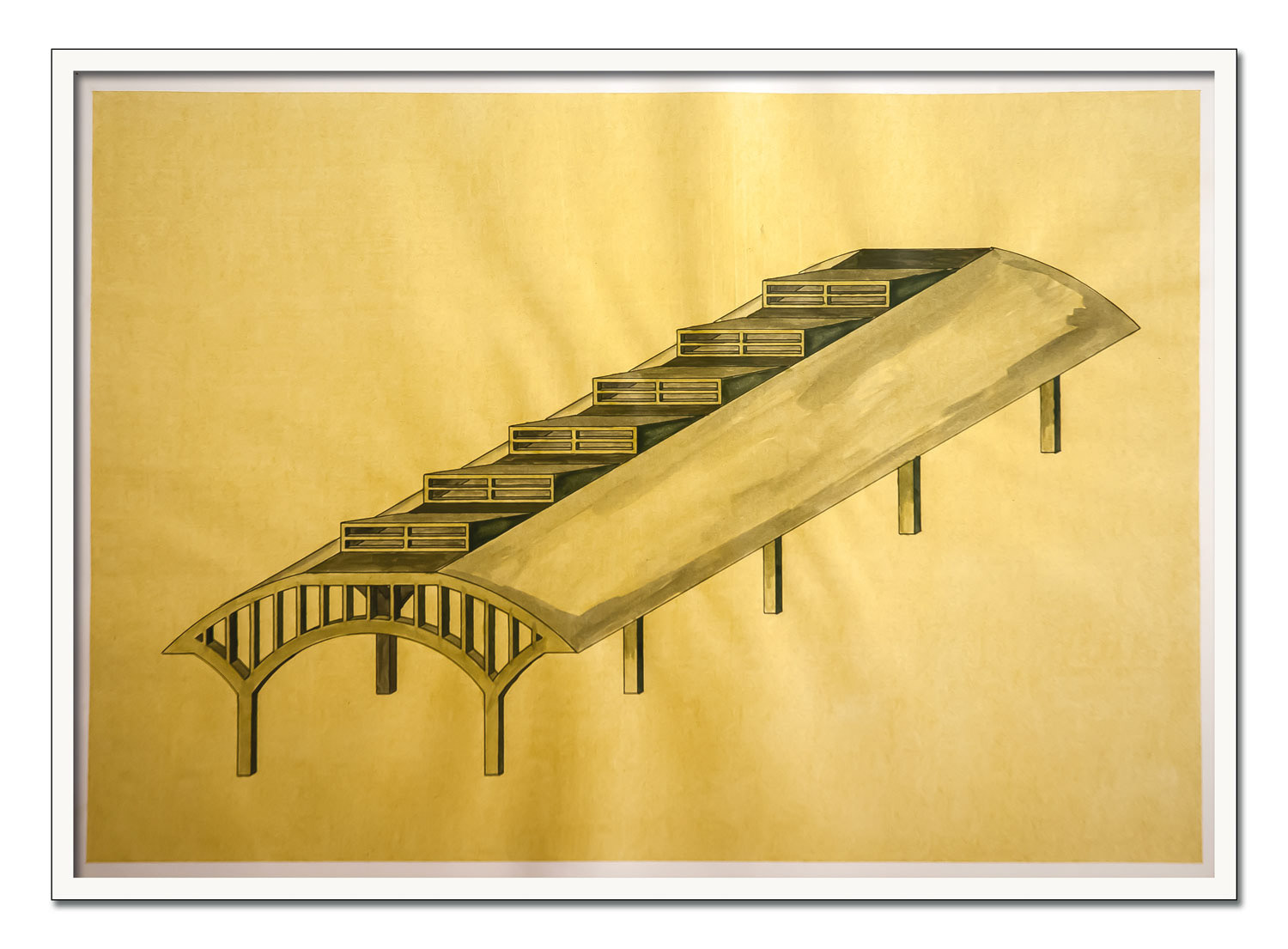
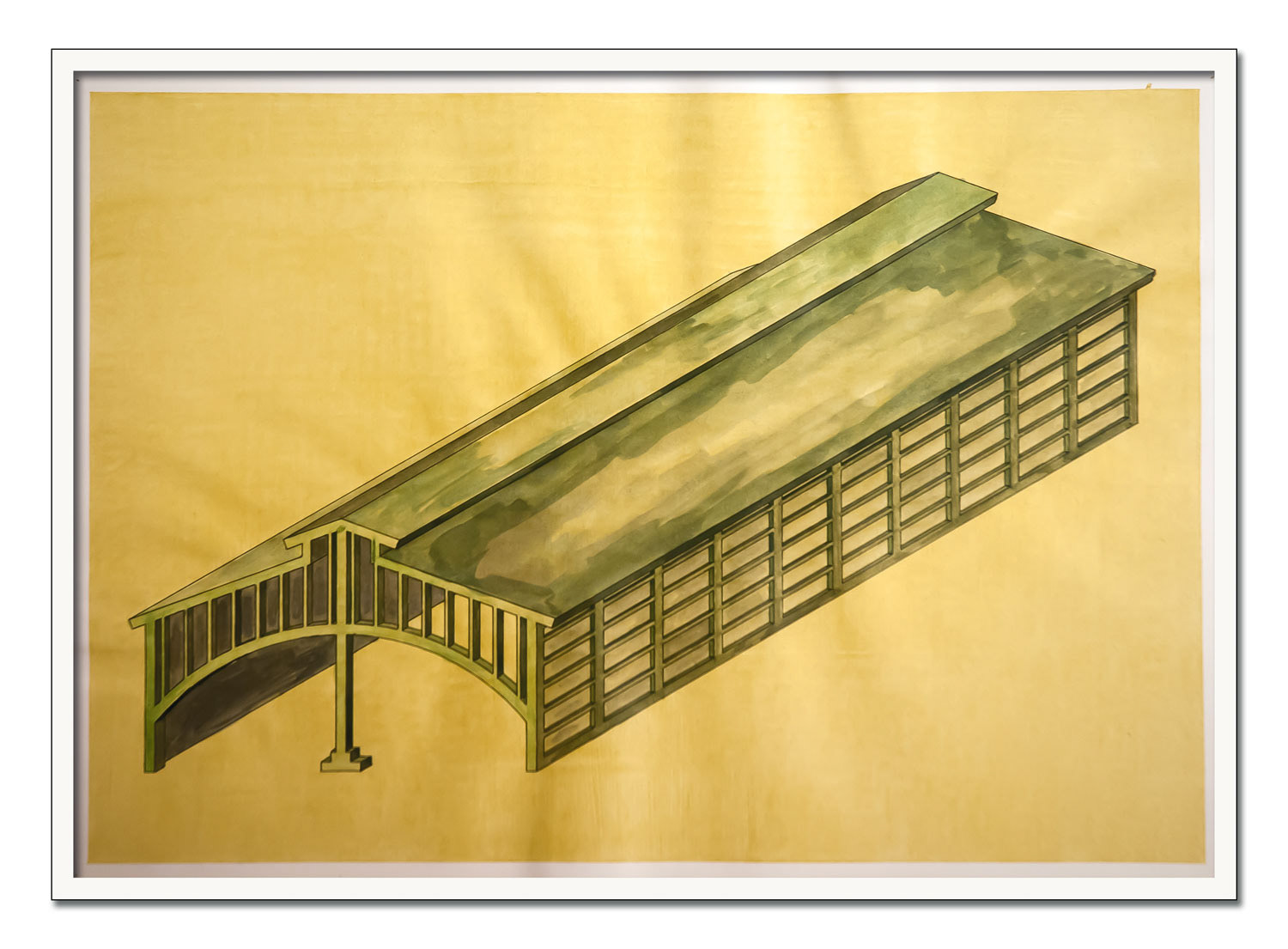
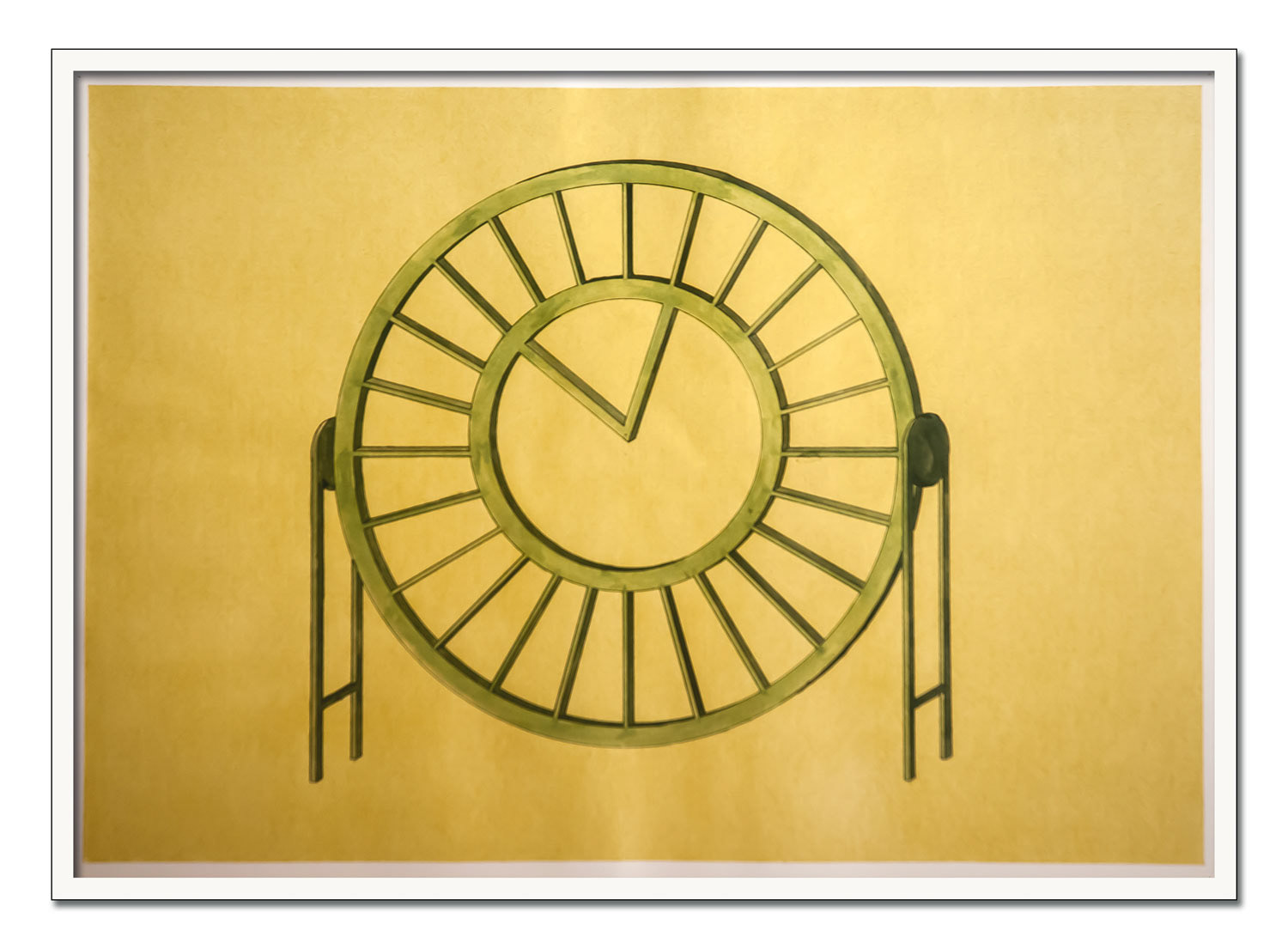
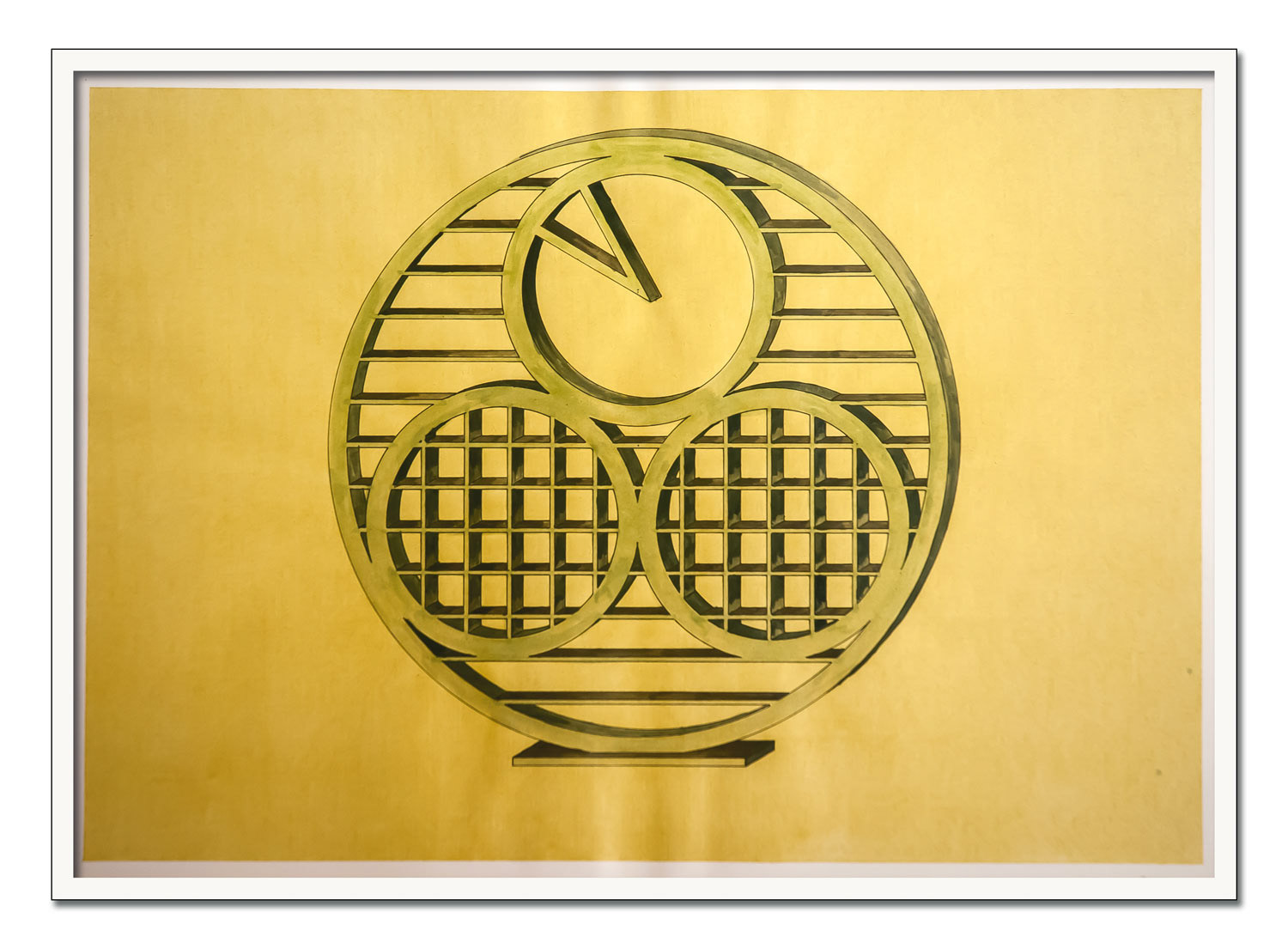
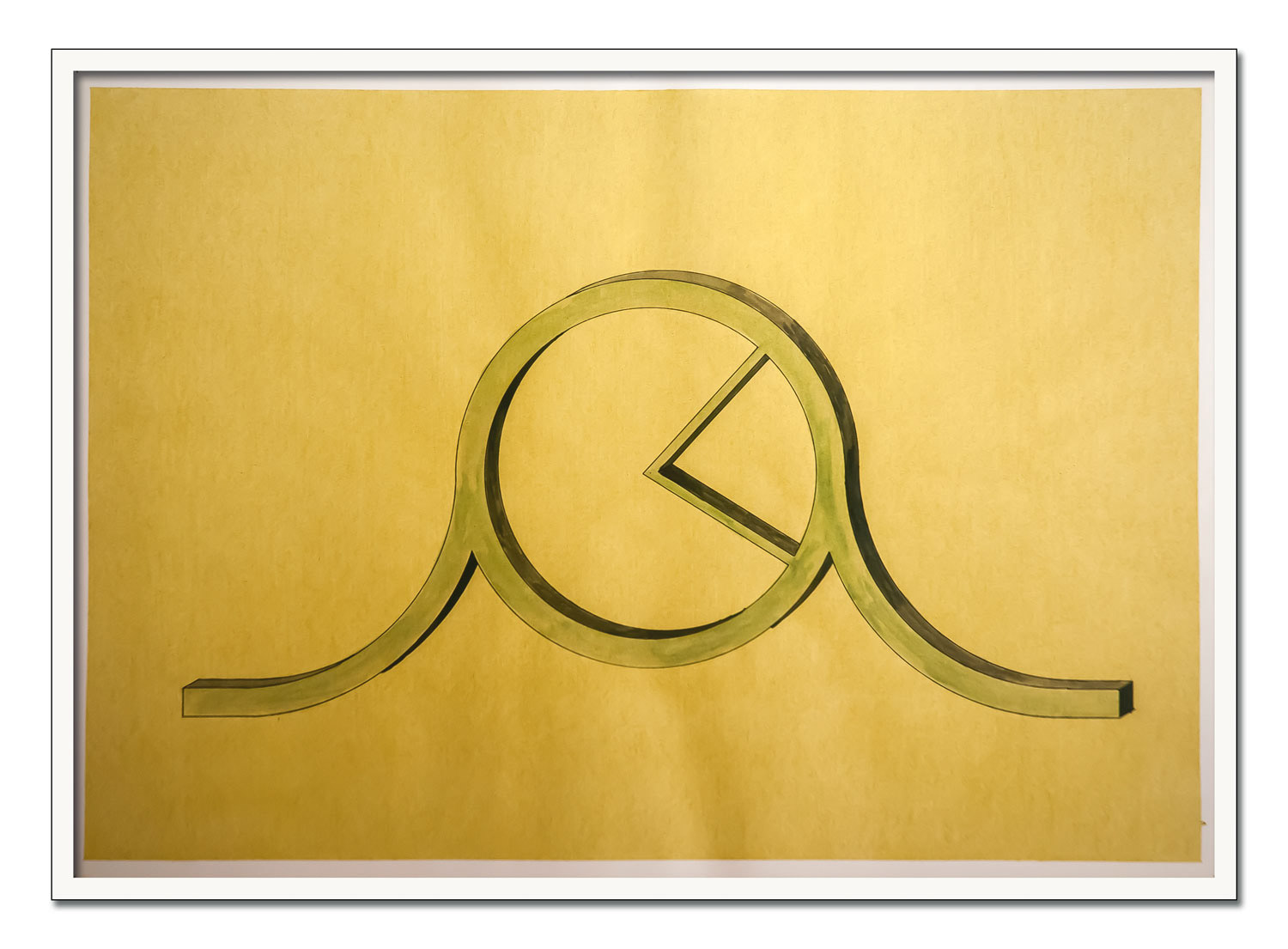
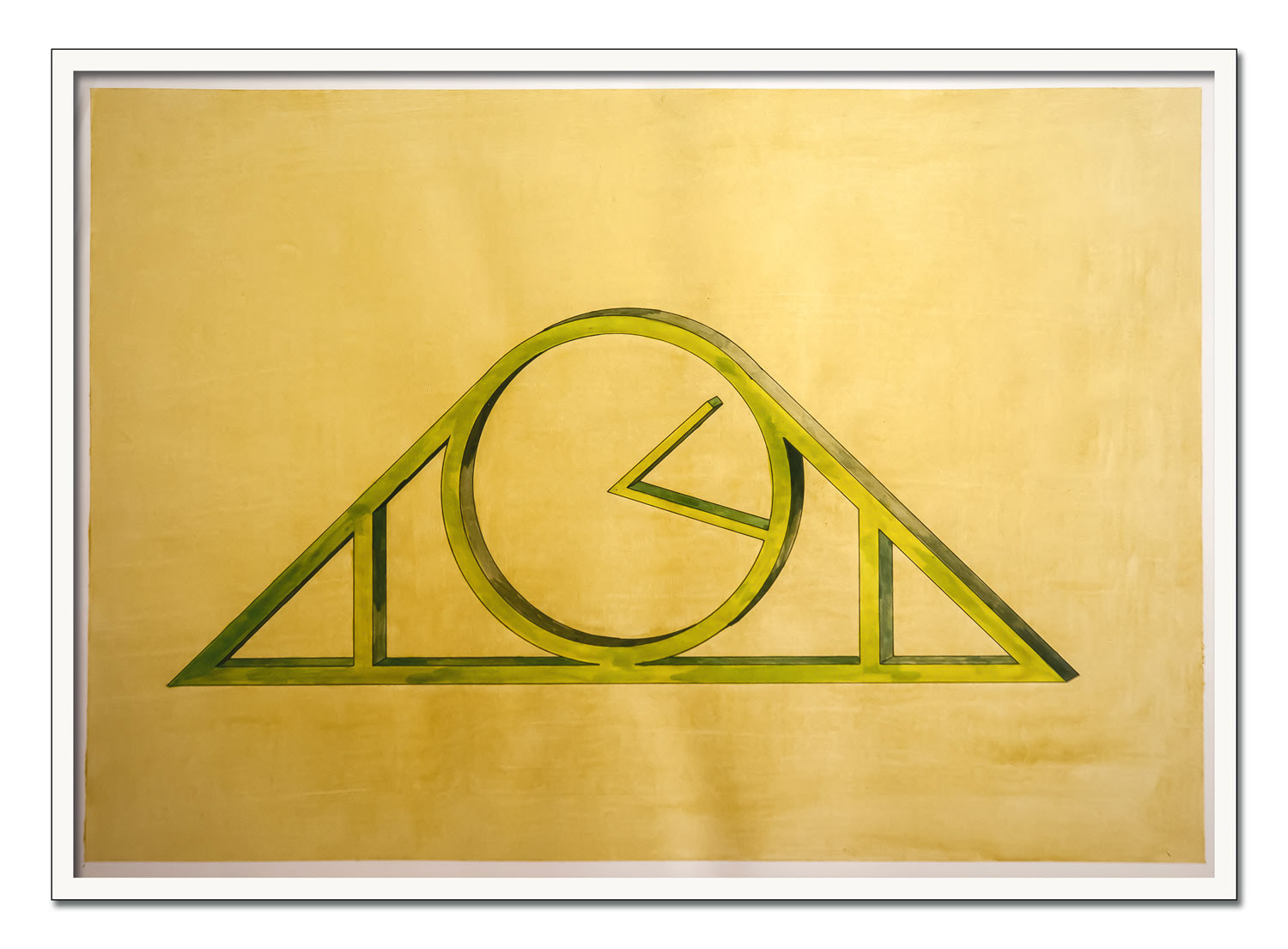
Kunstverein Cologne, 1986
Sculpture groups made of corrugated cardboard were also created for an exhibition at the Kunstverein Köln. They take up the obelisk idea from the art market, but are larger and more freely designed. The lively group can be found under Zaunkönige in the archive 1973-1989.
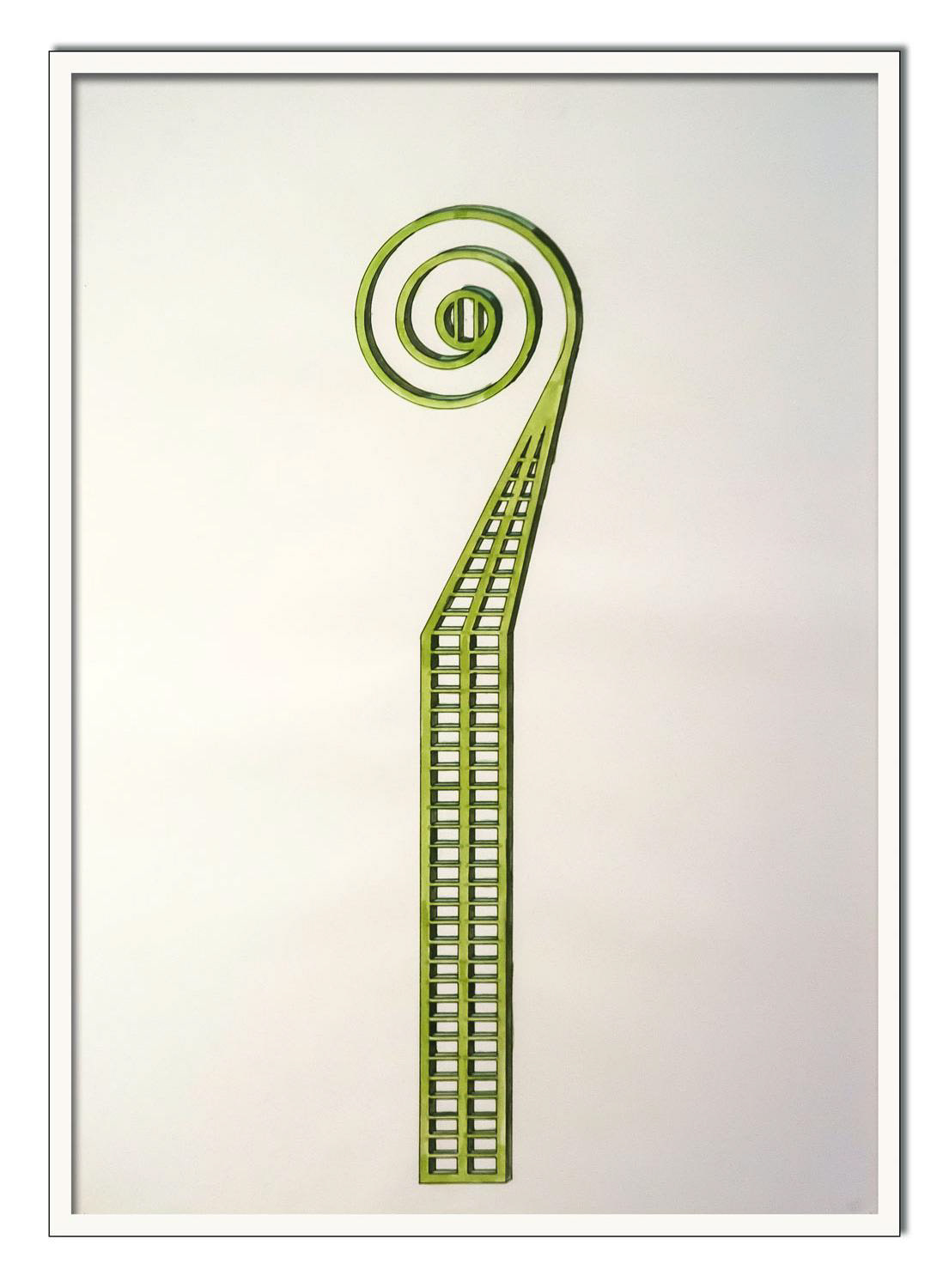
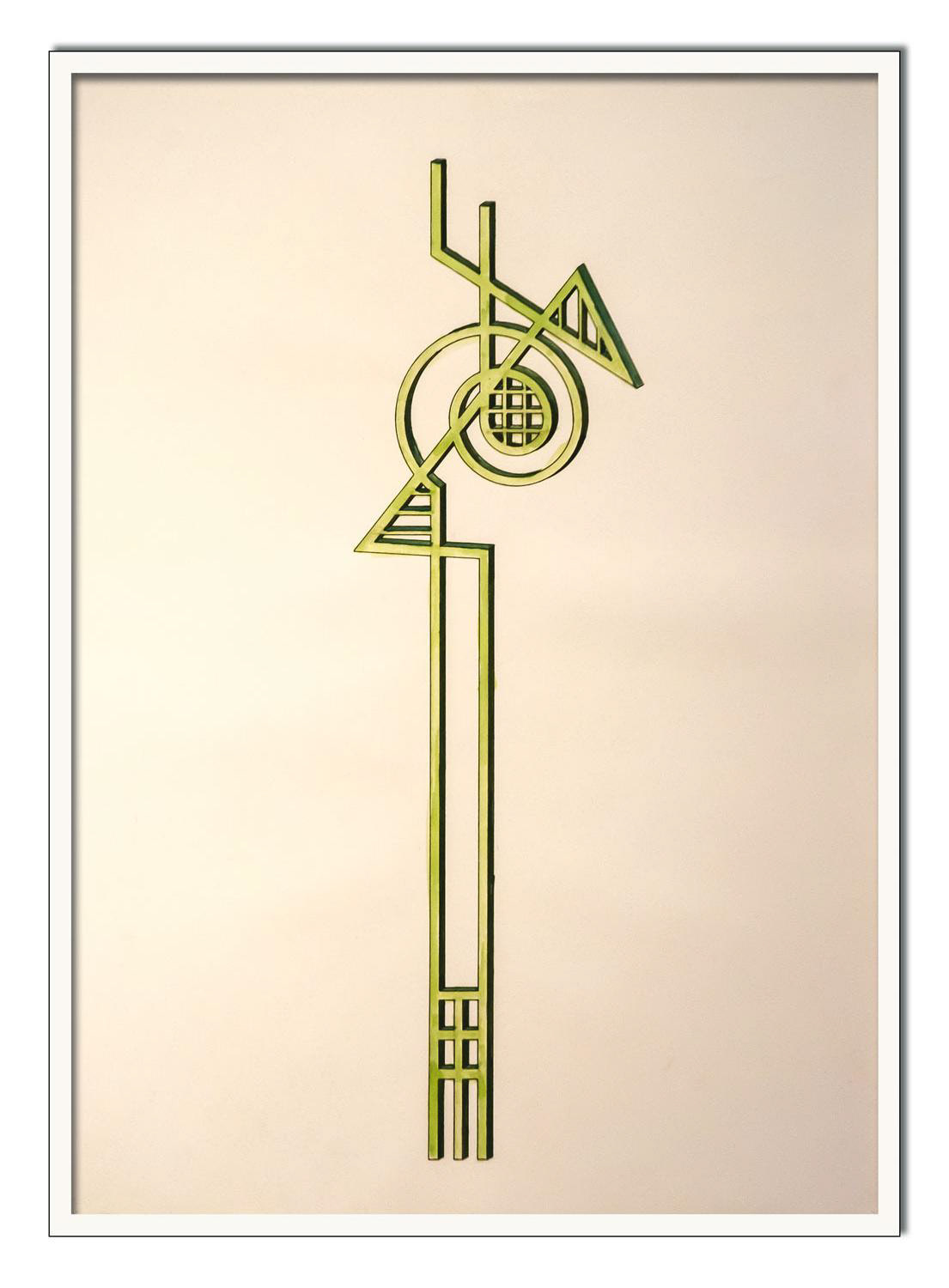
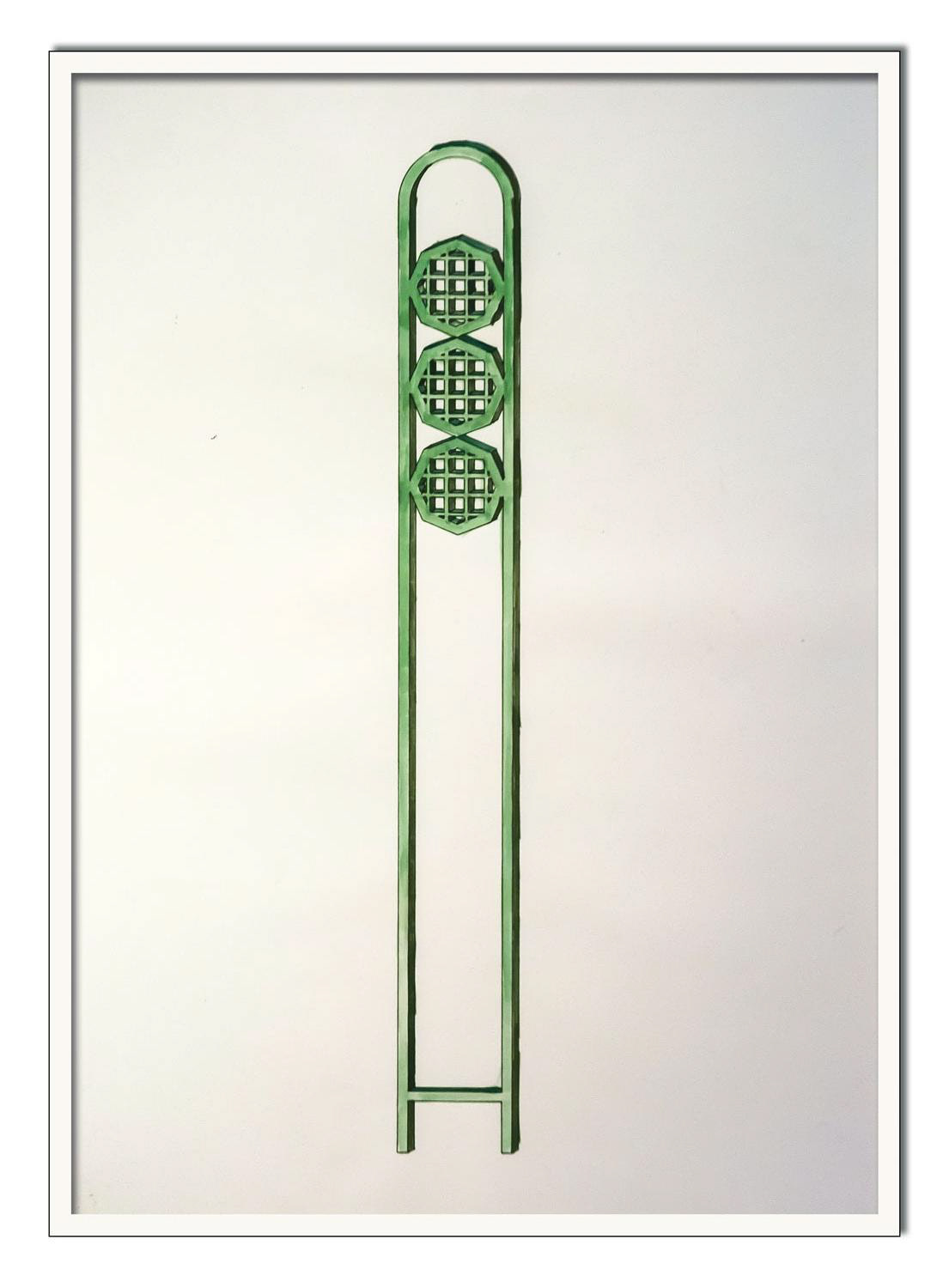
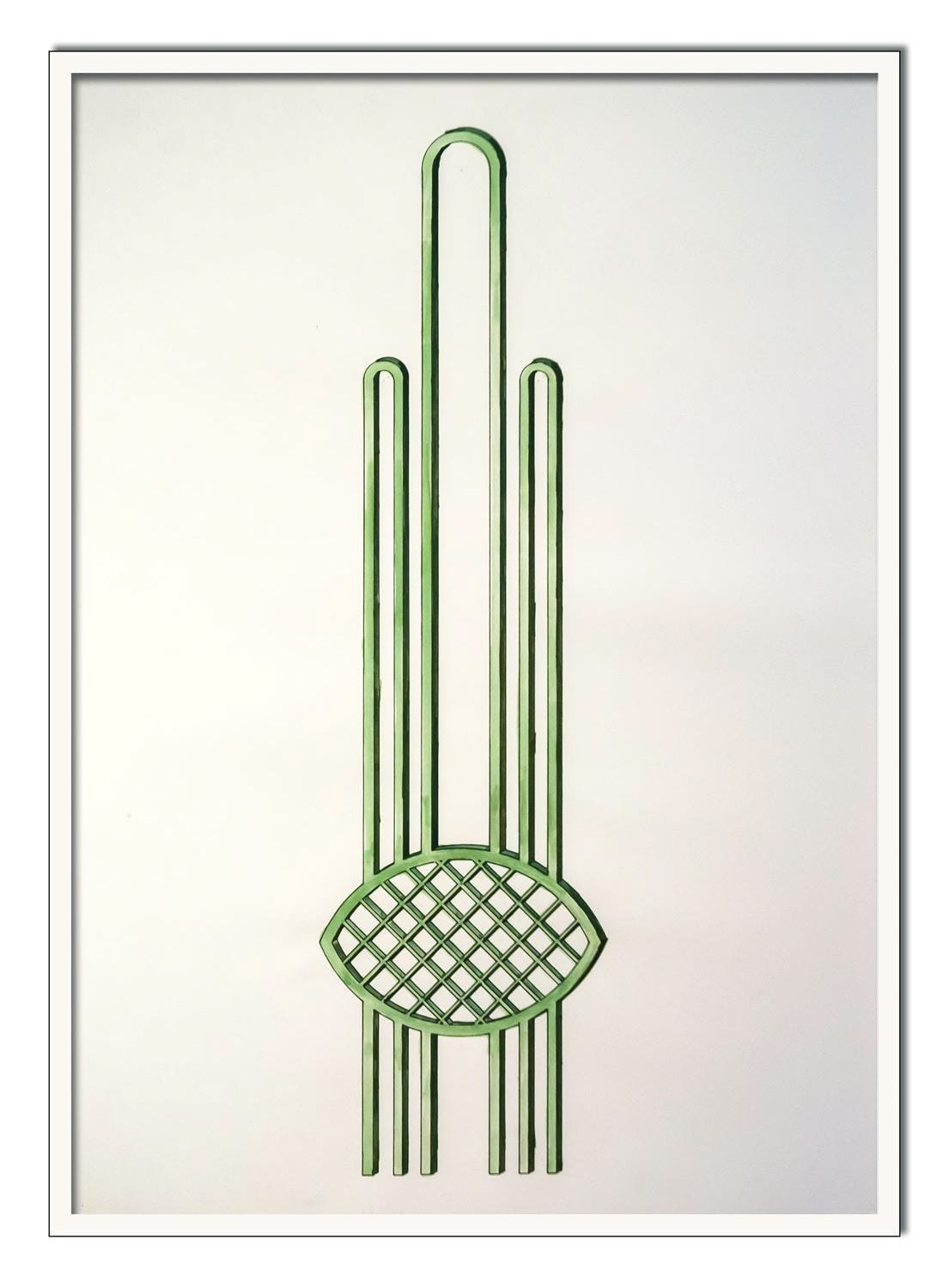
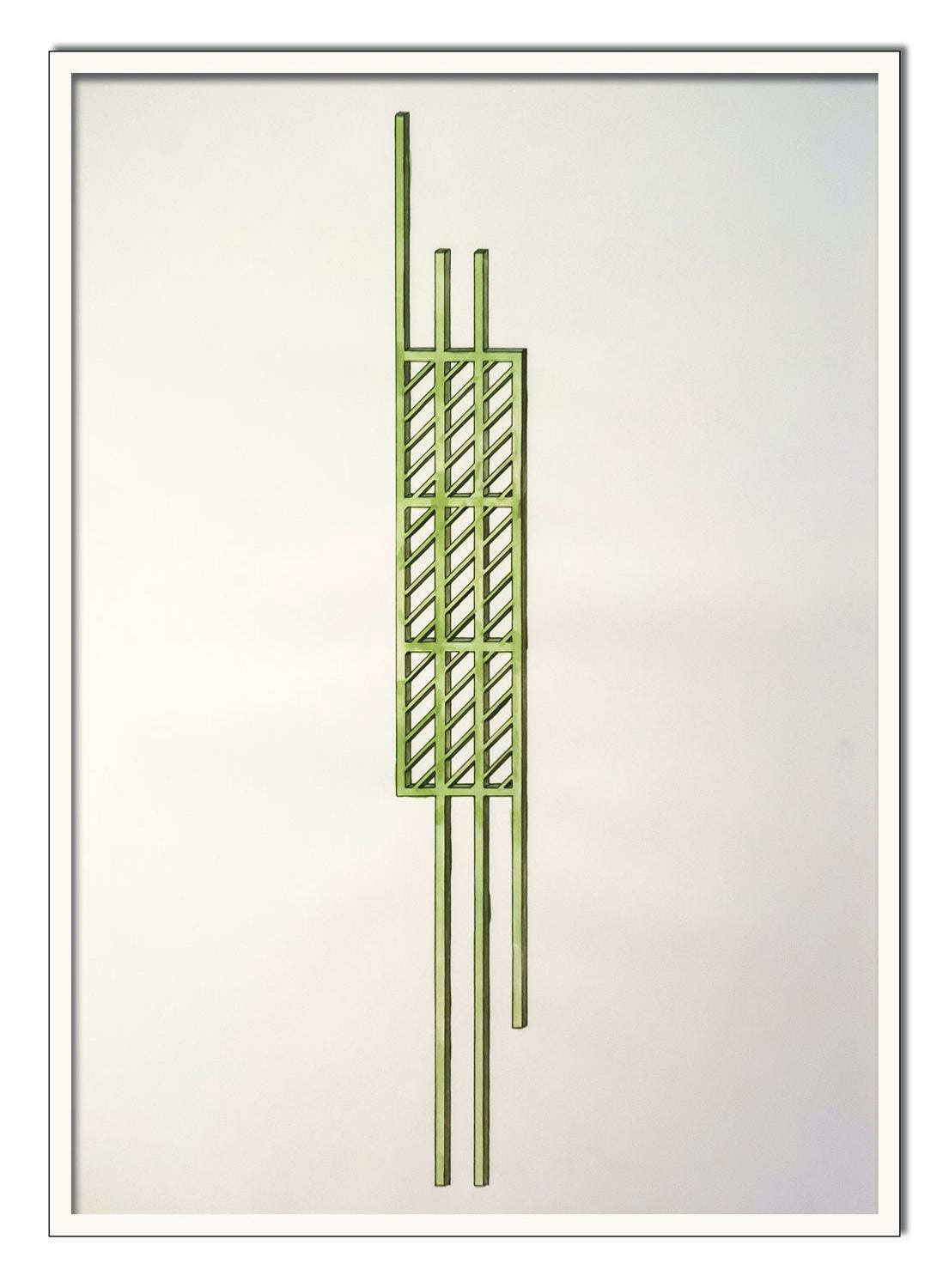
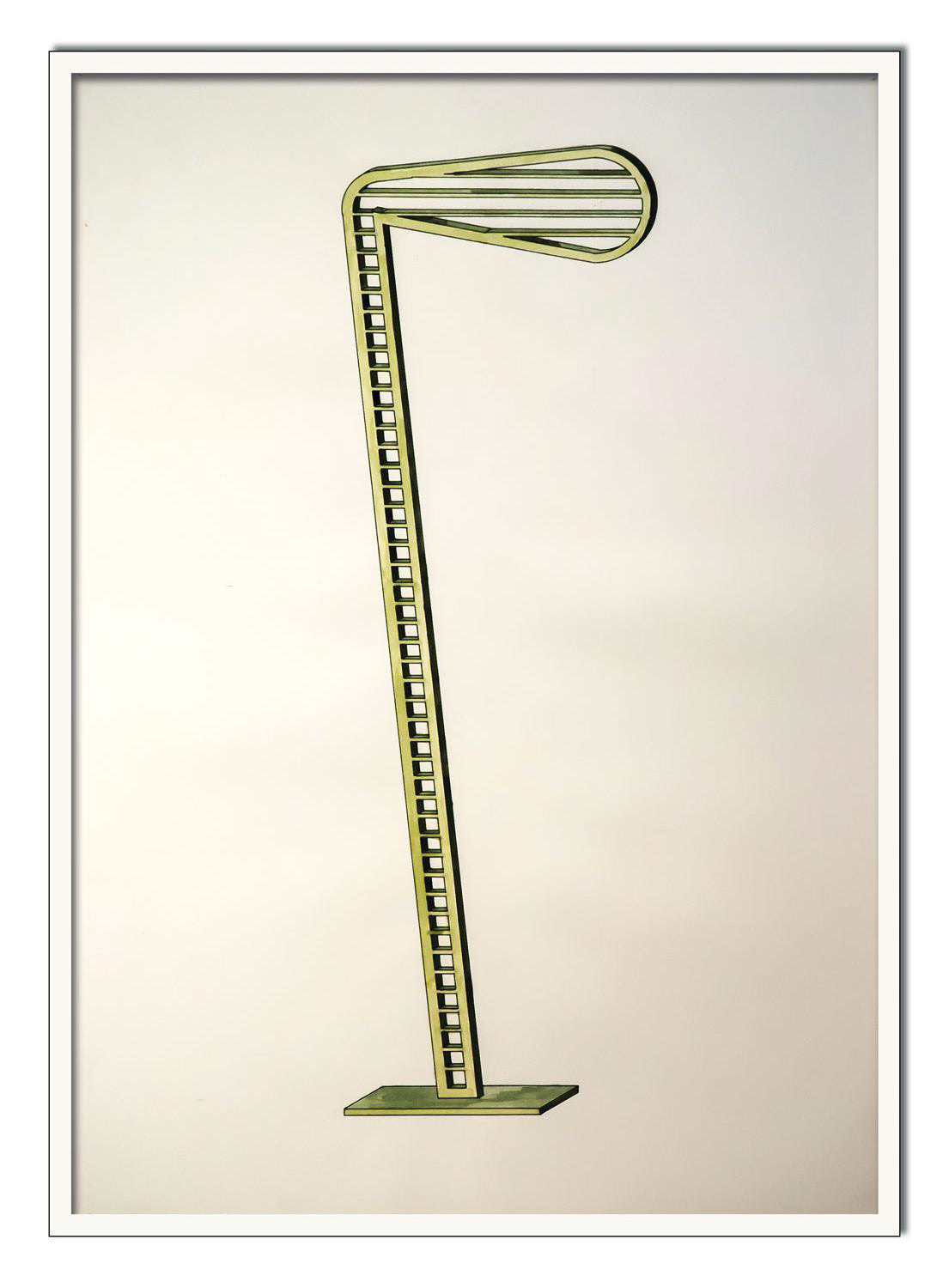
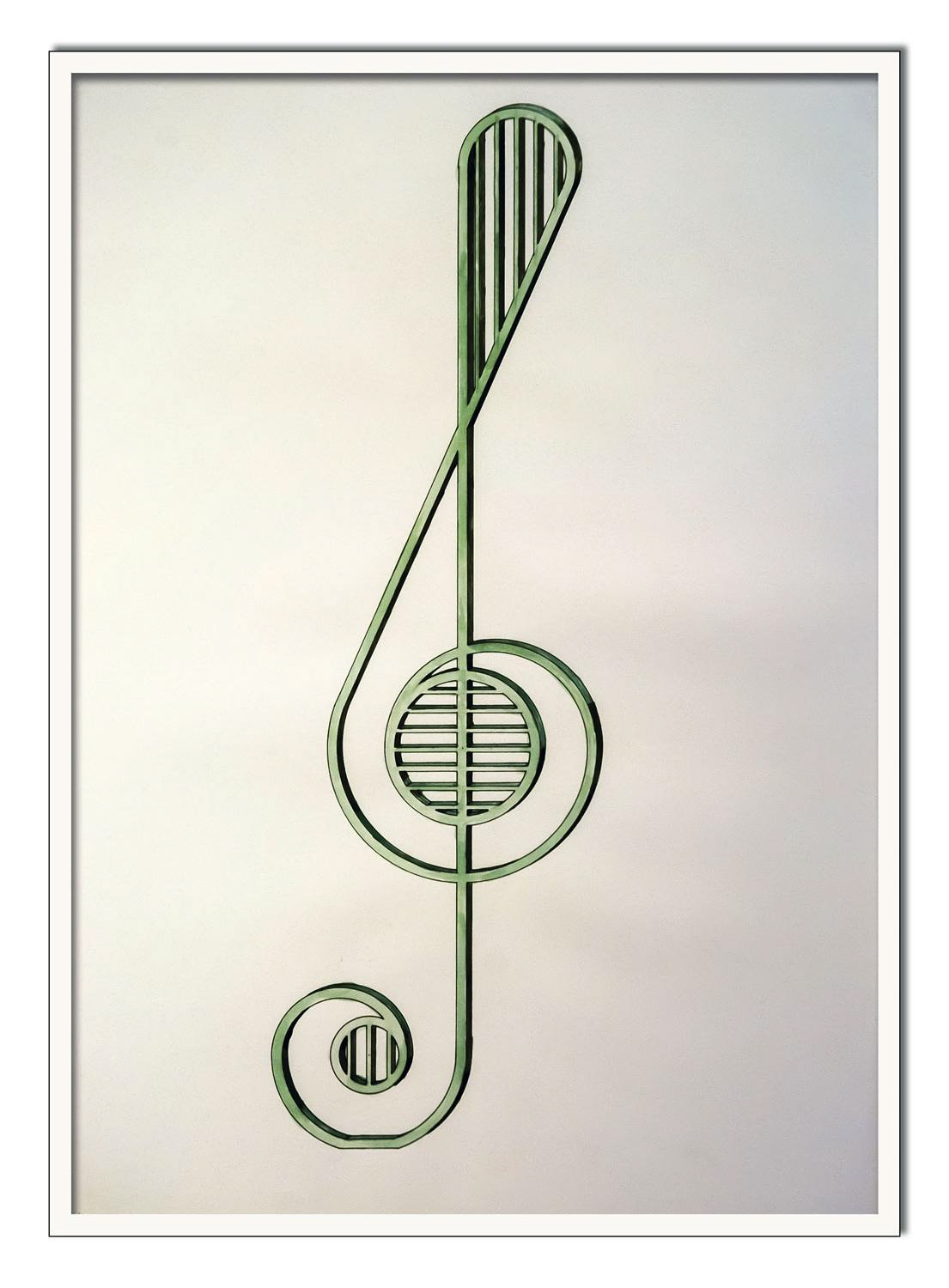
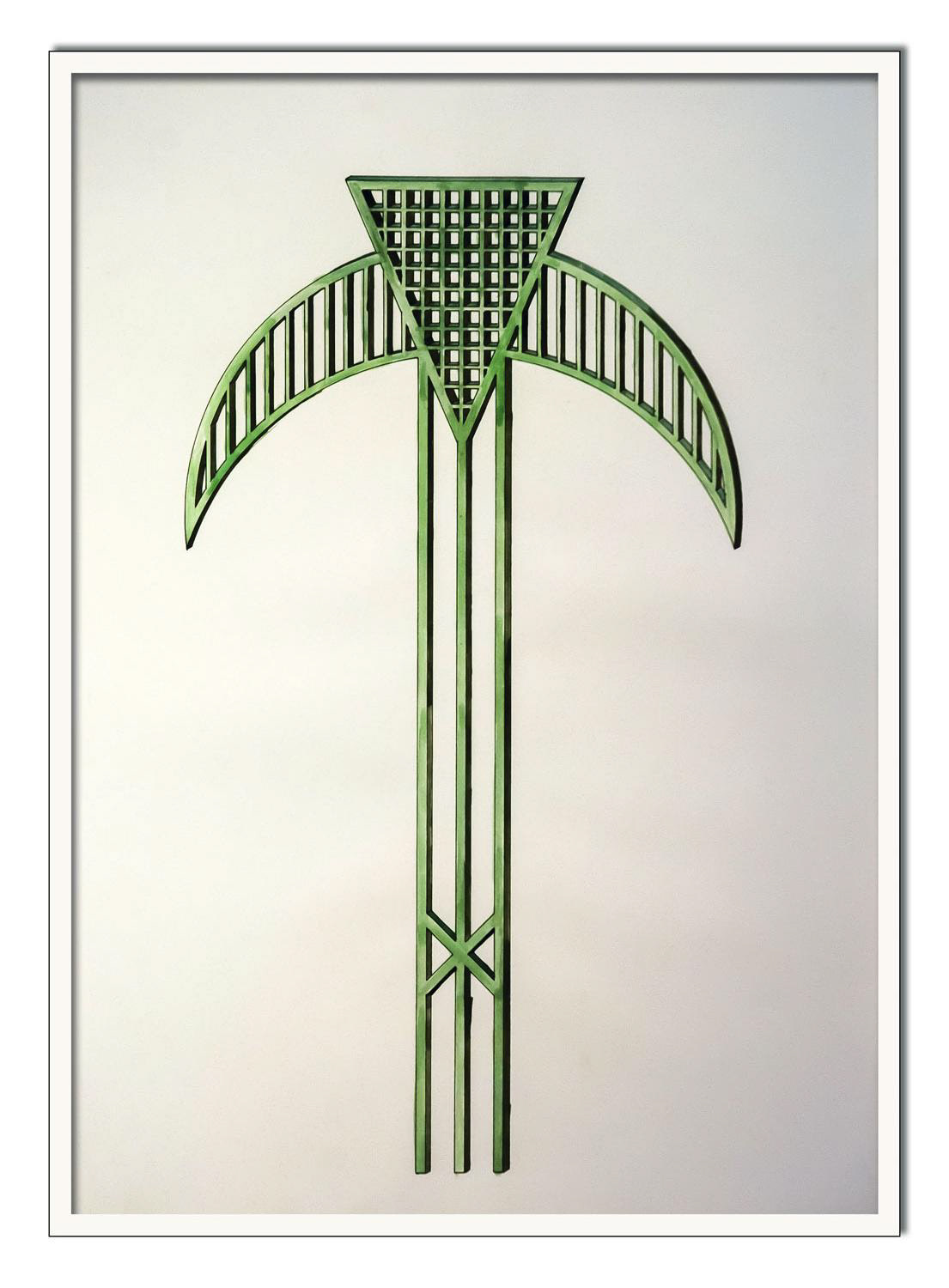
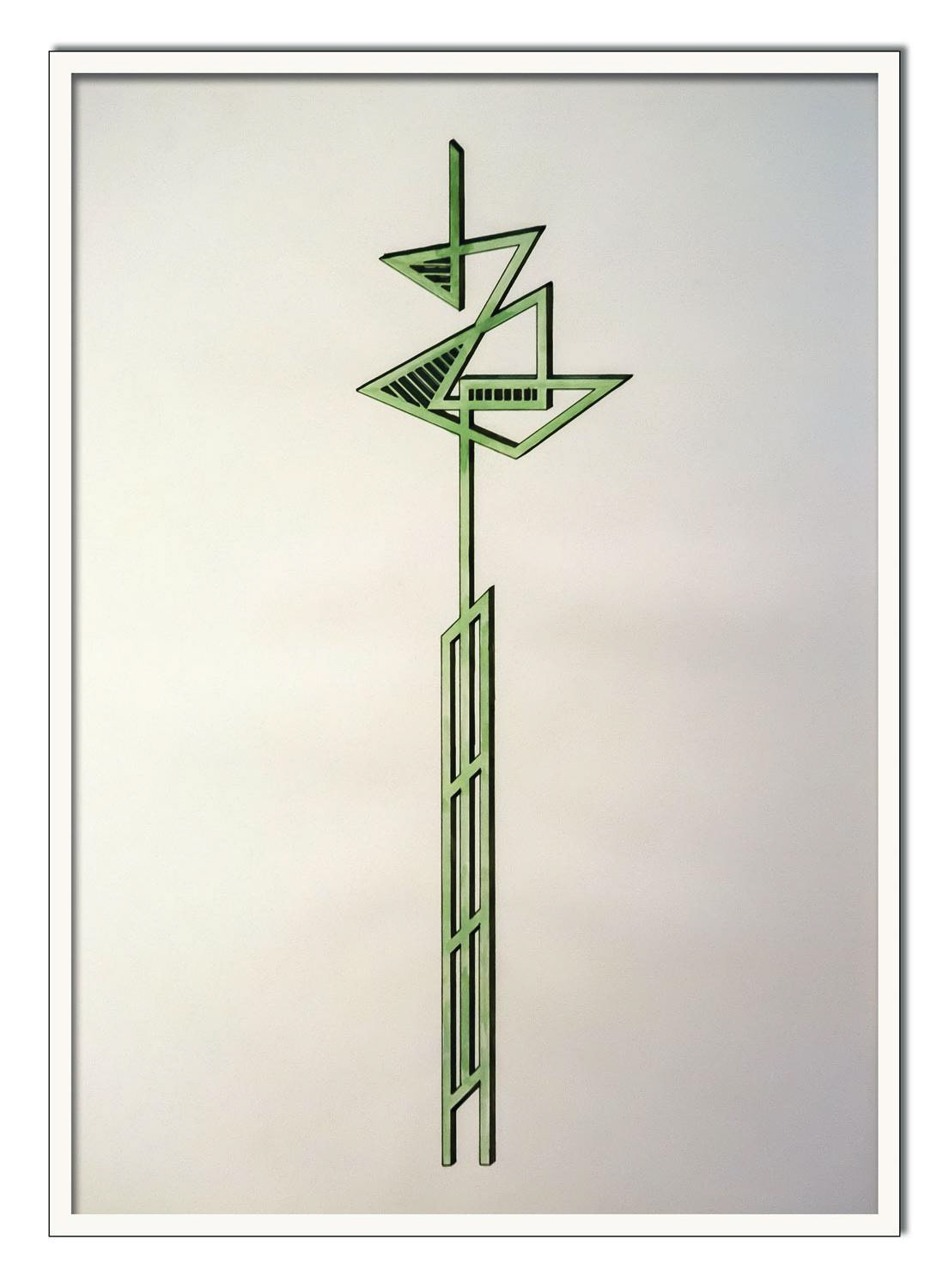
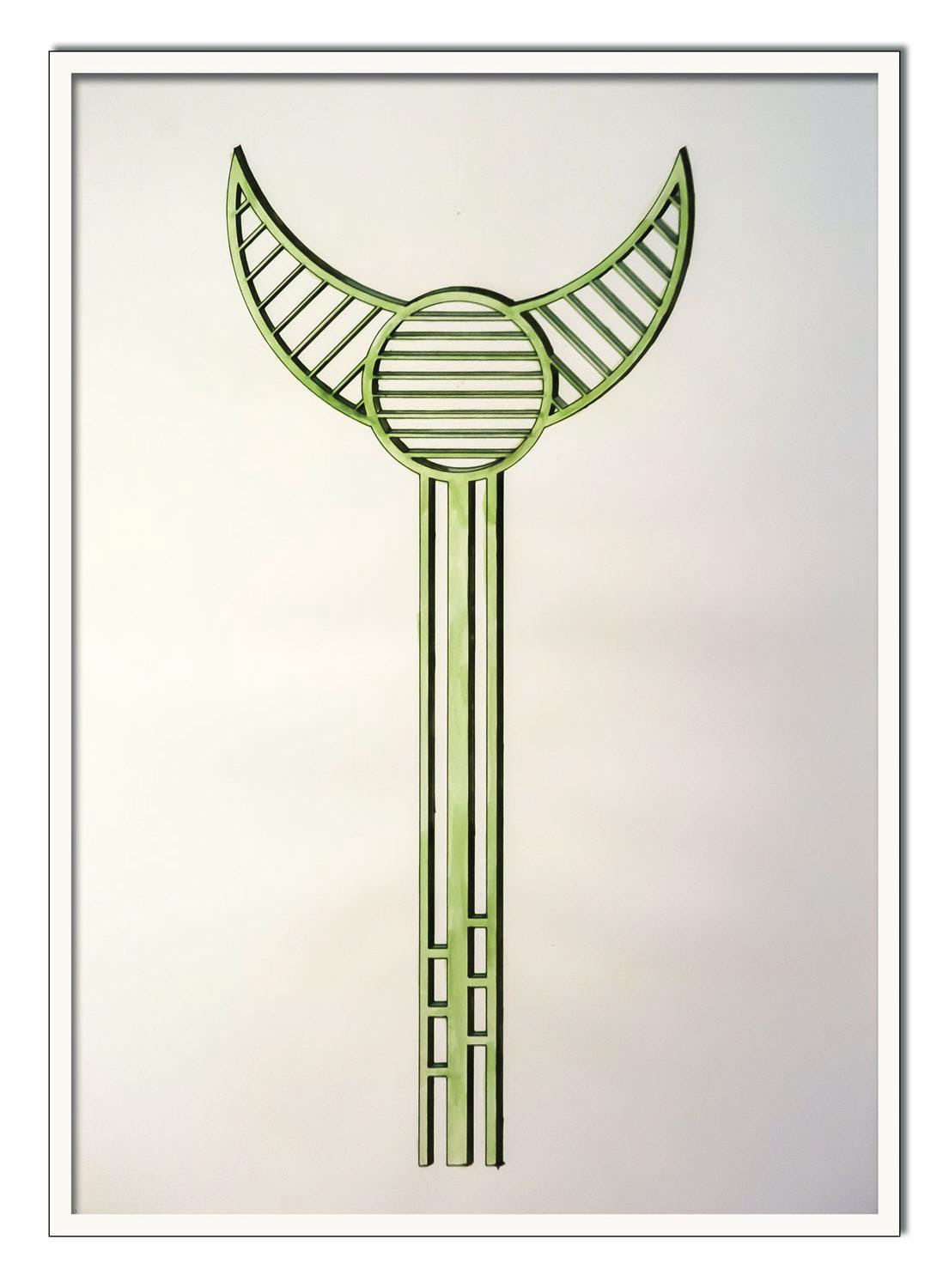
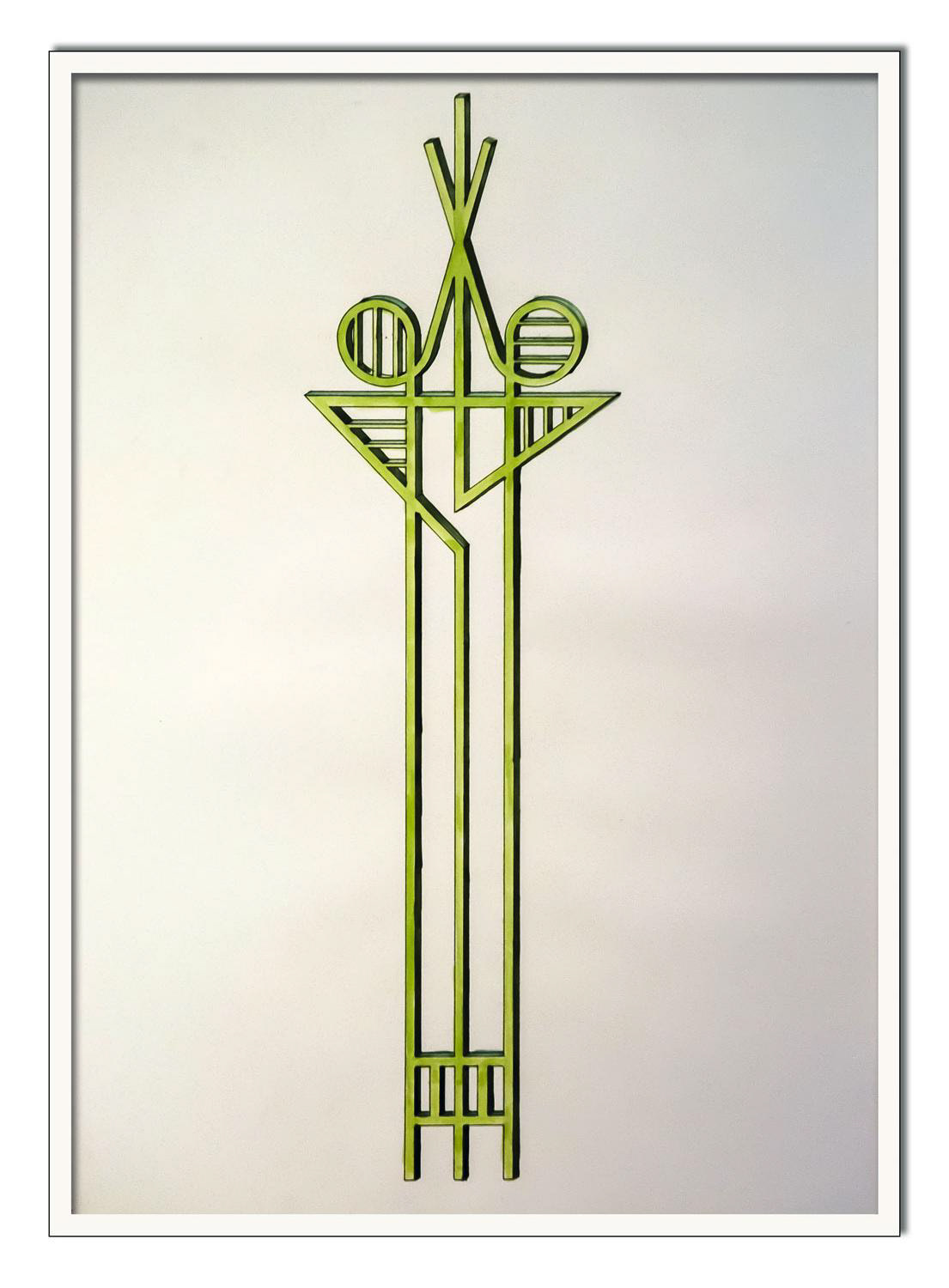
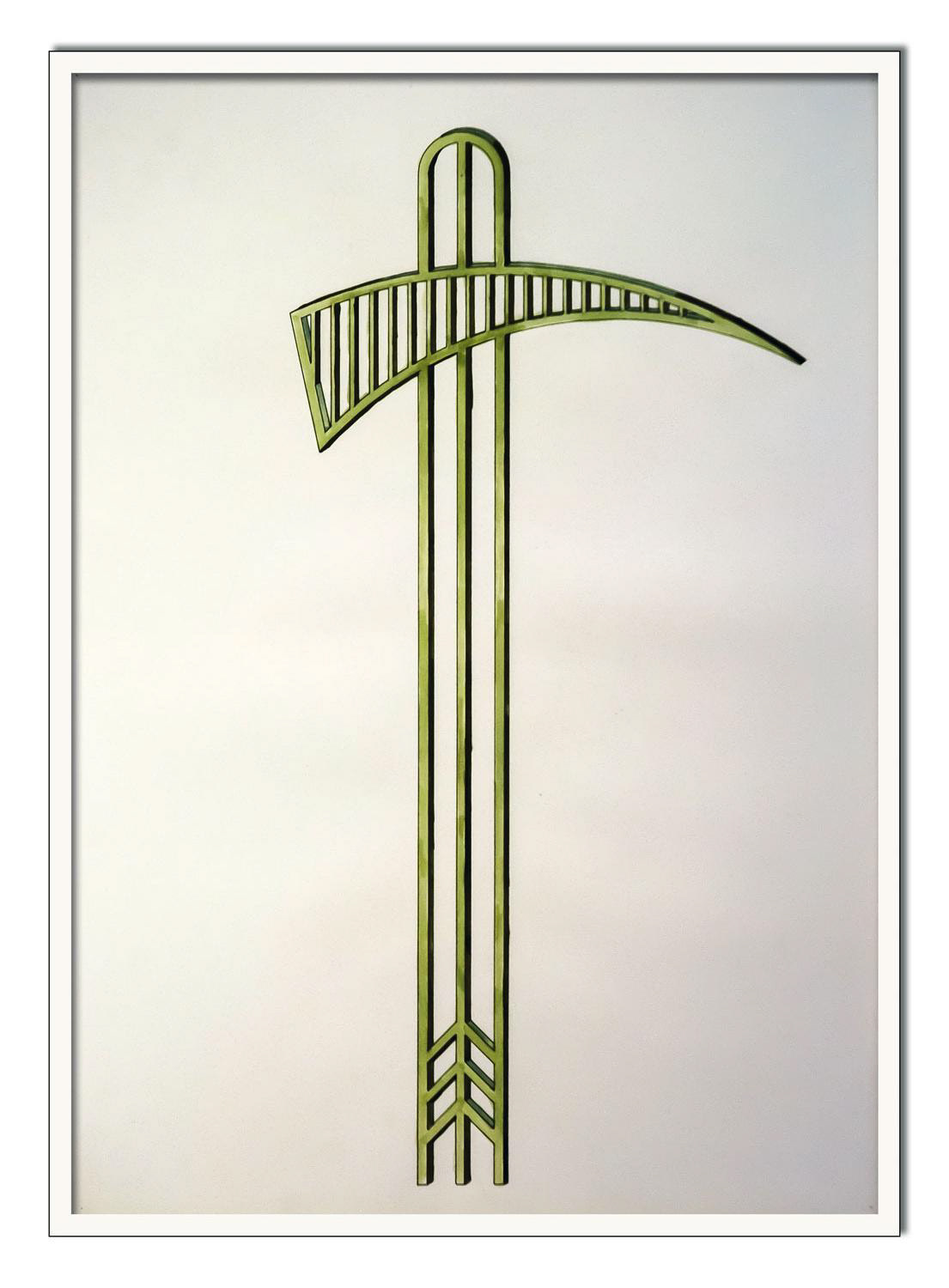
Facades, 1986
The forms become more constructive, more straightforward, more robust. They thematise the principle of the façade as a functional and identity-forming element. The sculptures are made from painted wooden slats.
Facades play a role in several groups of works, including an exhibition at Konrad Fischer (1986). See Facades in the archive 1973-1989.
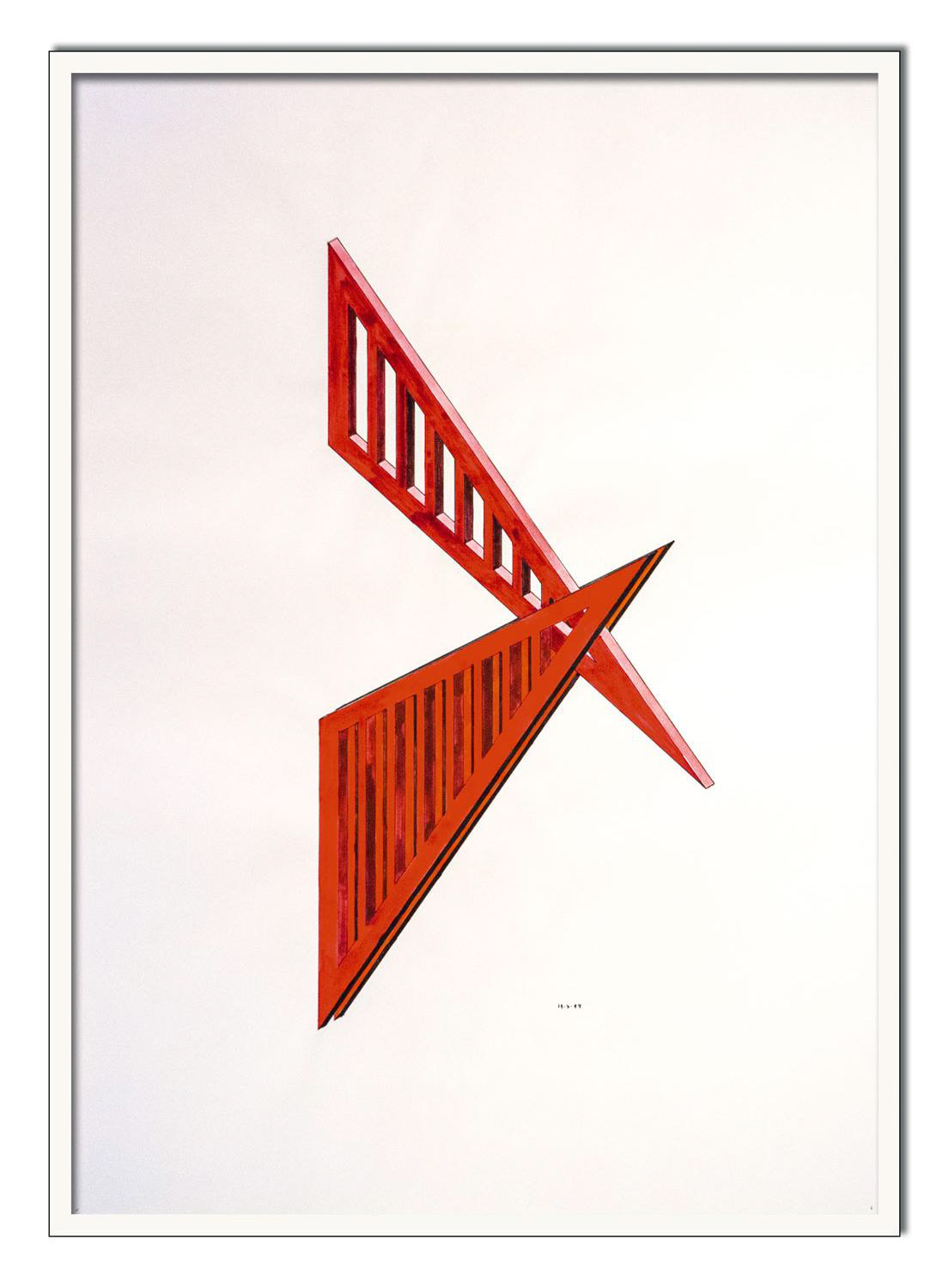
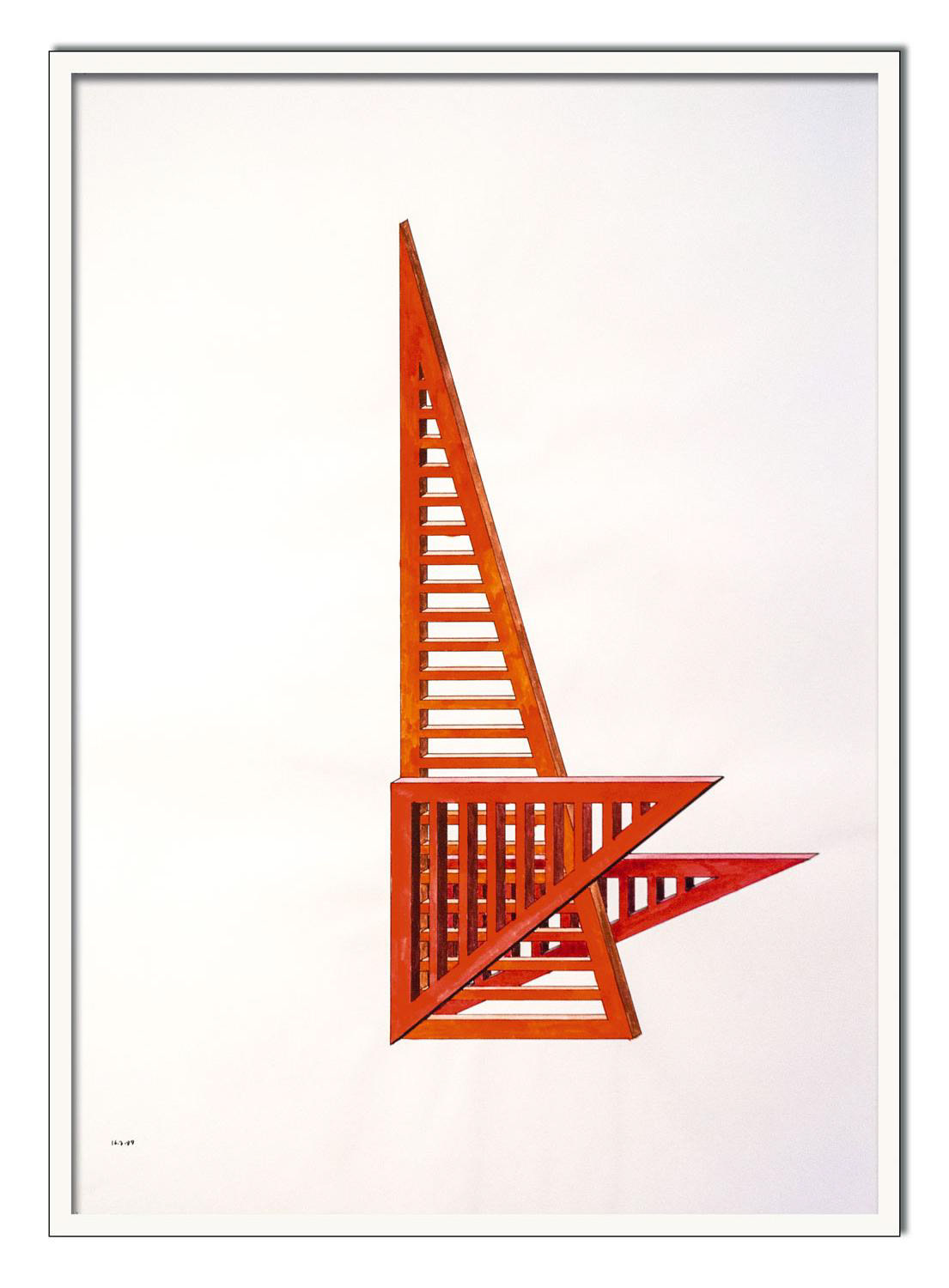
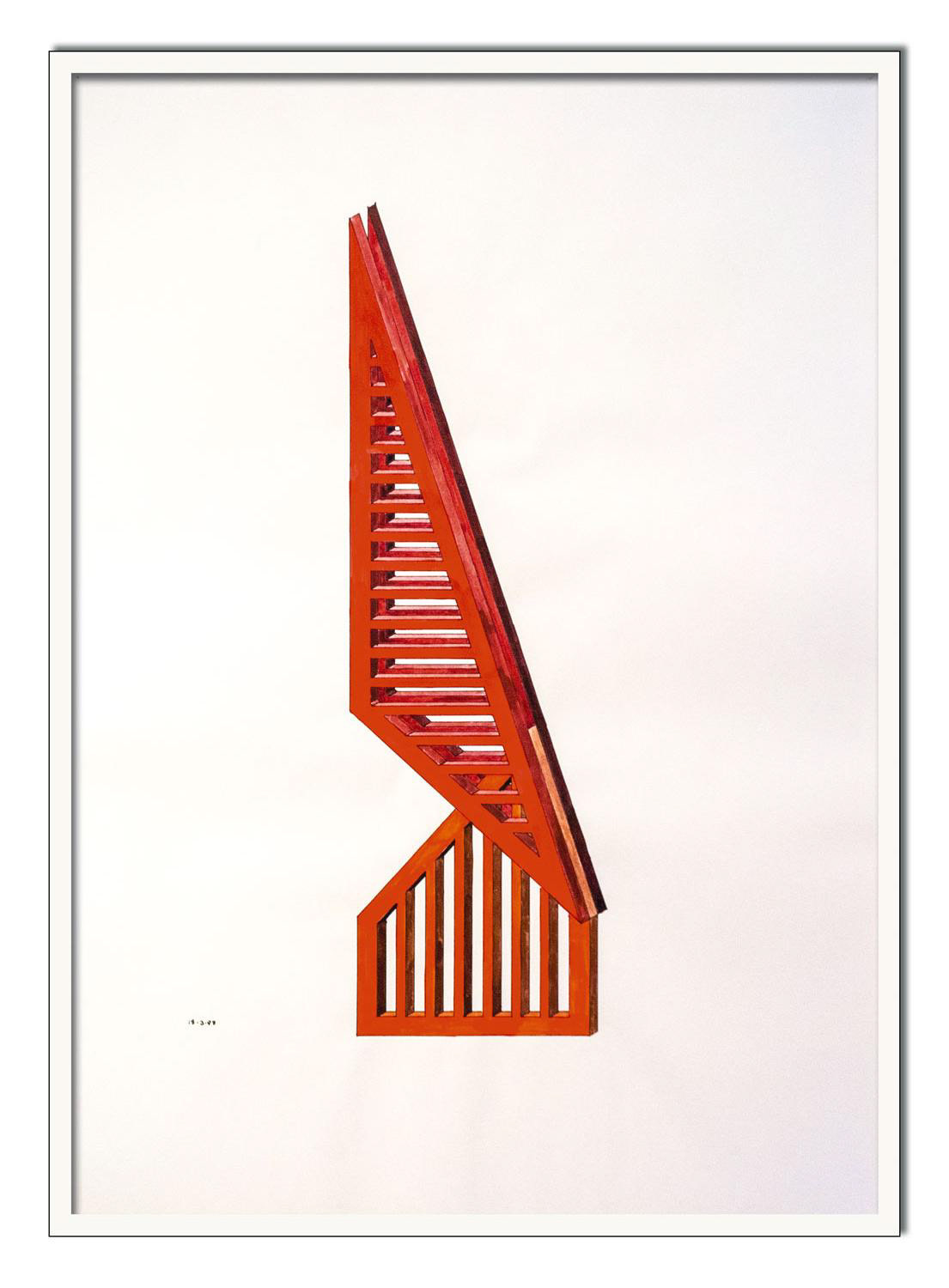
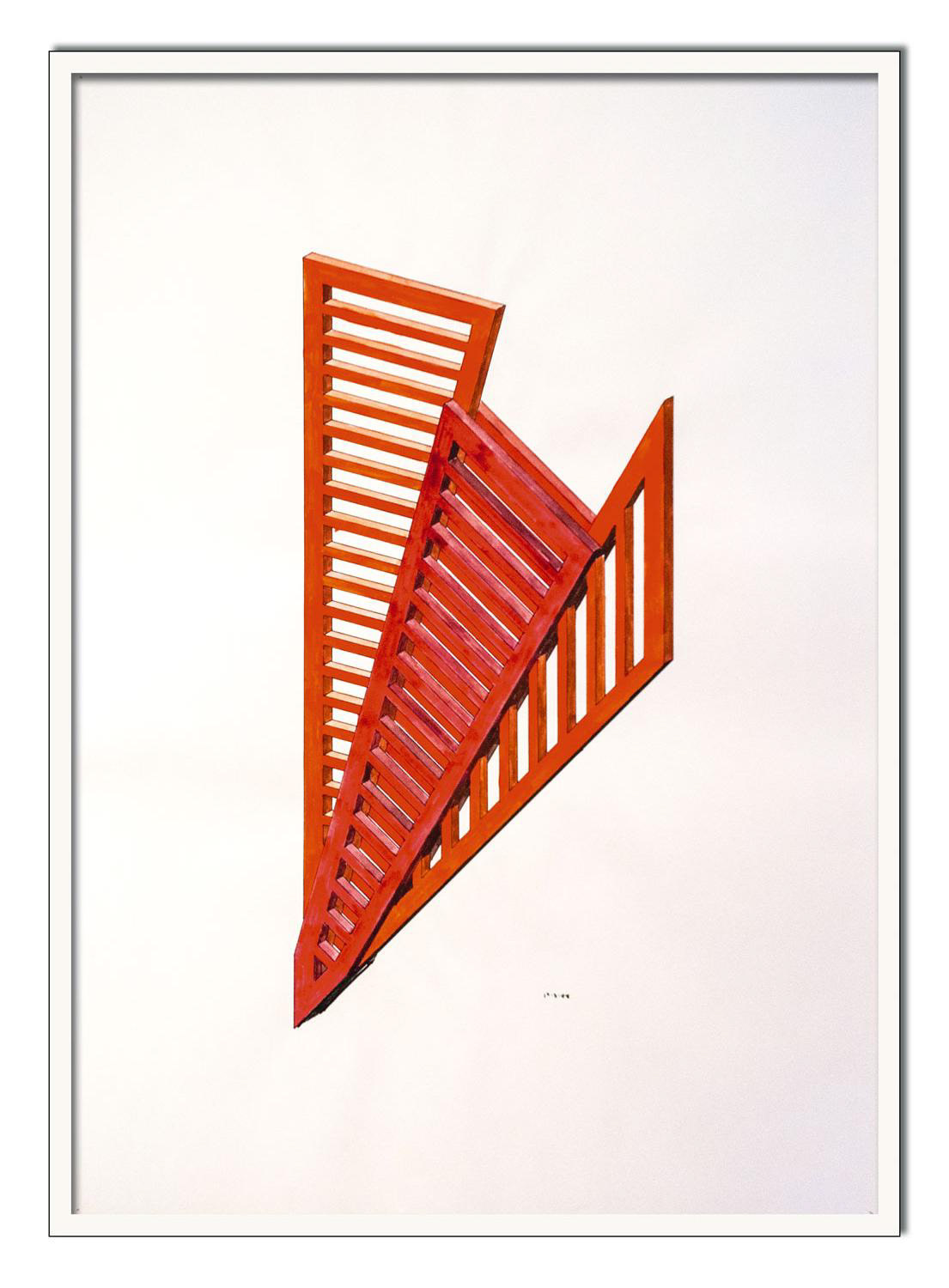
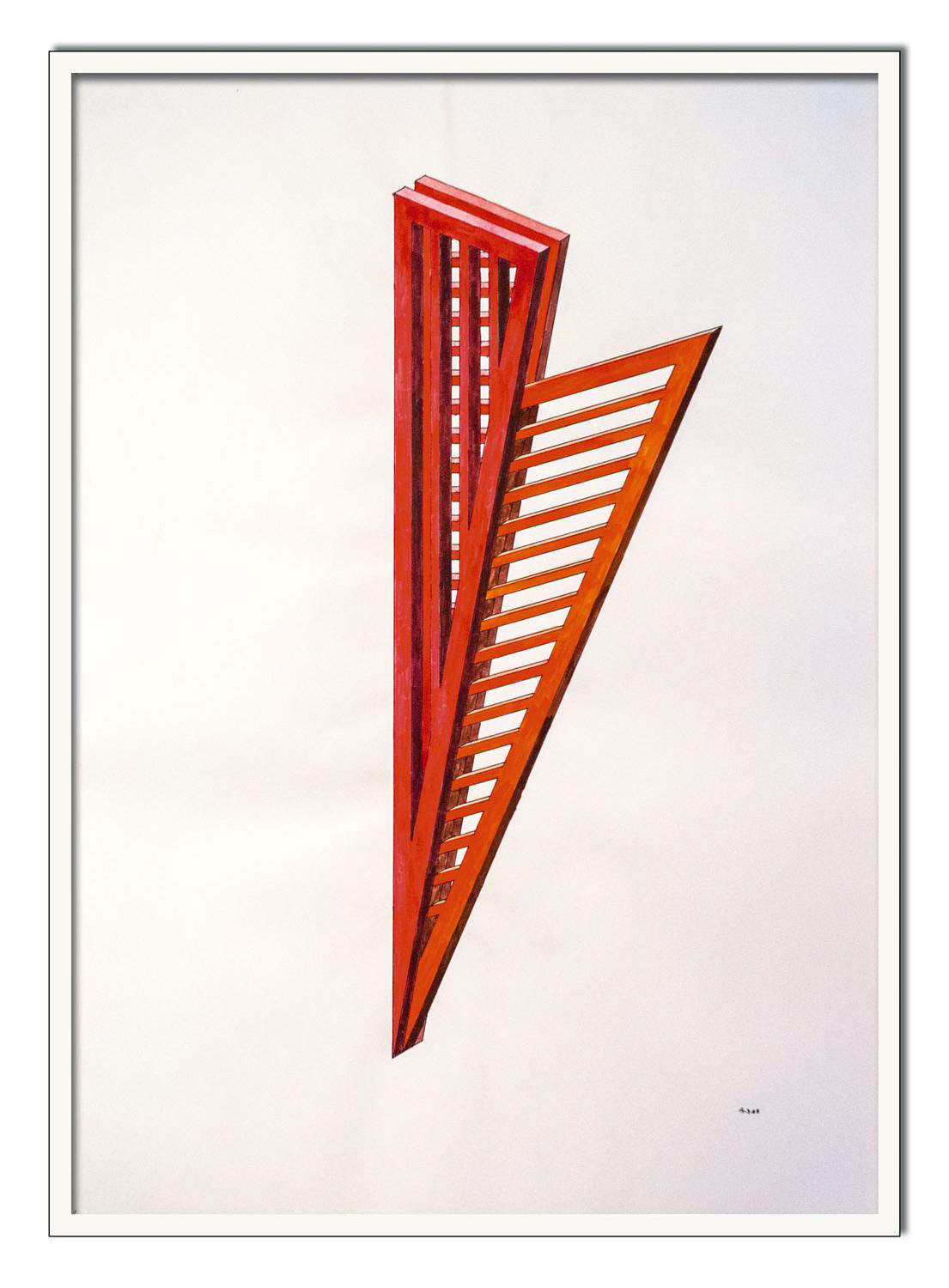
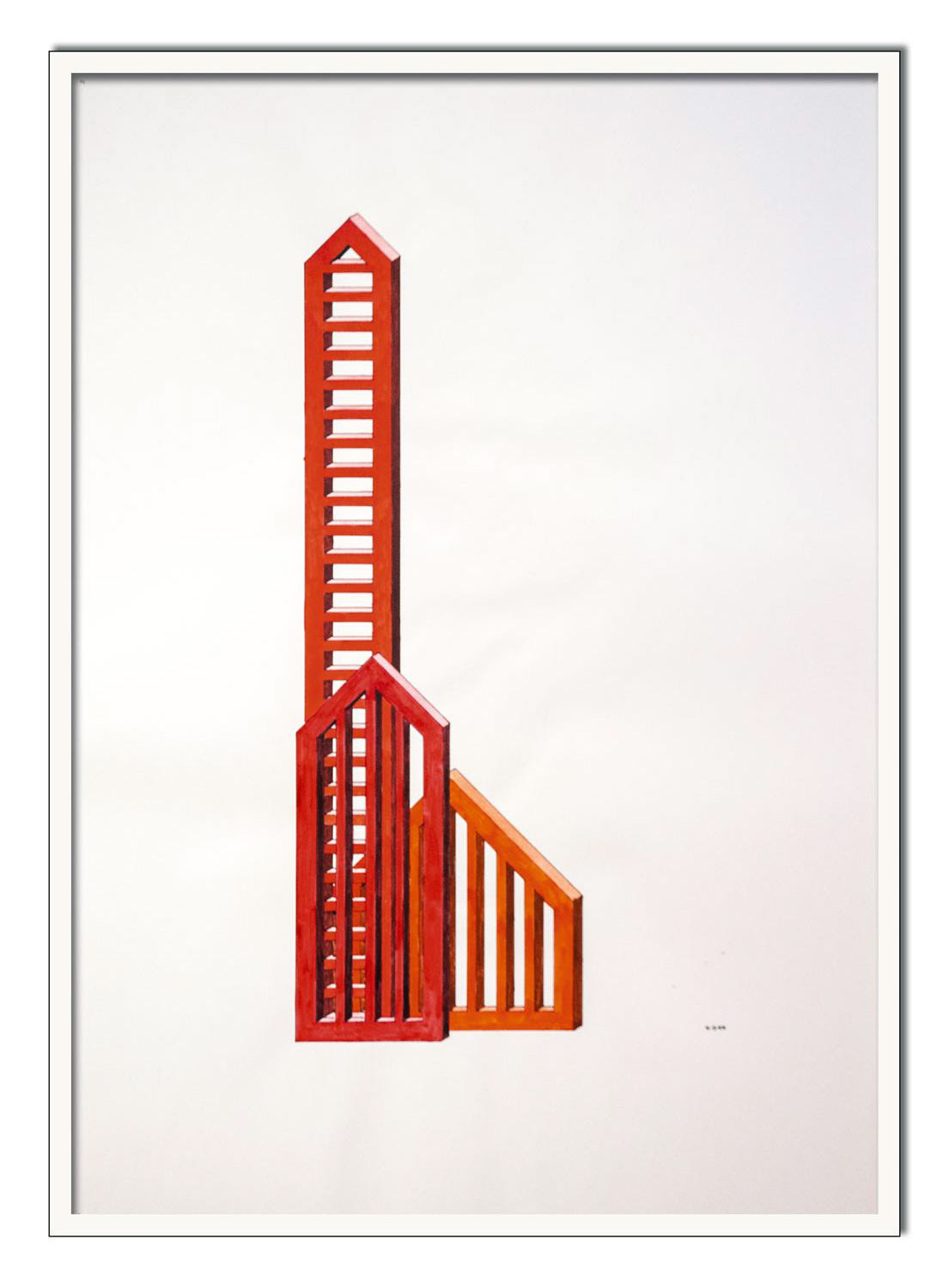
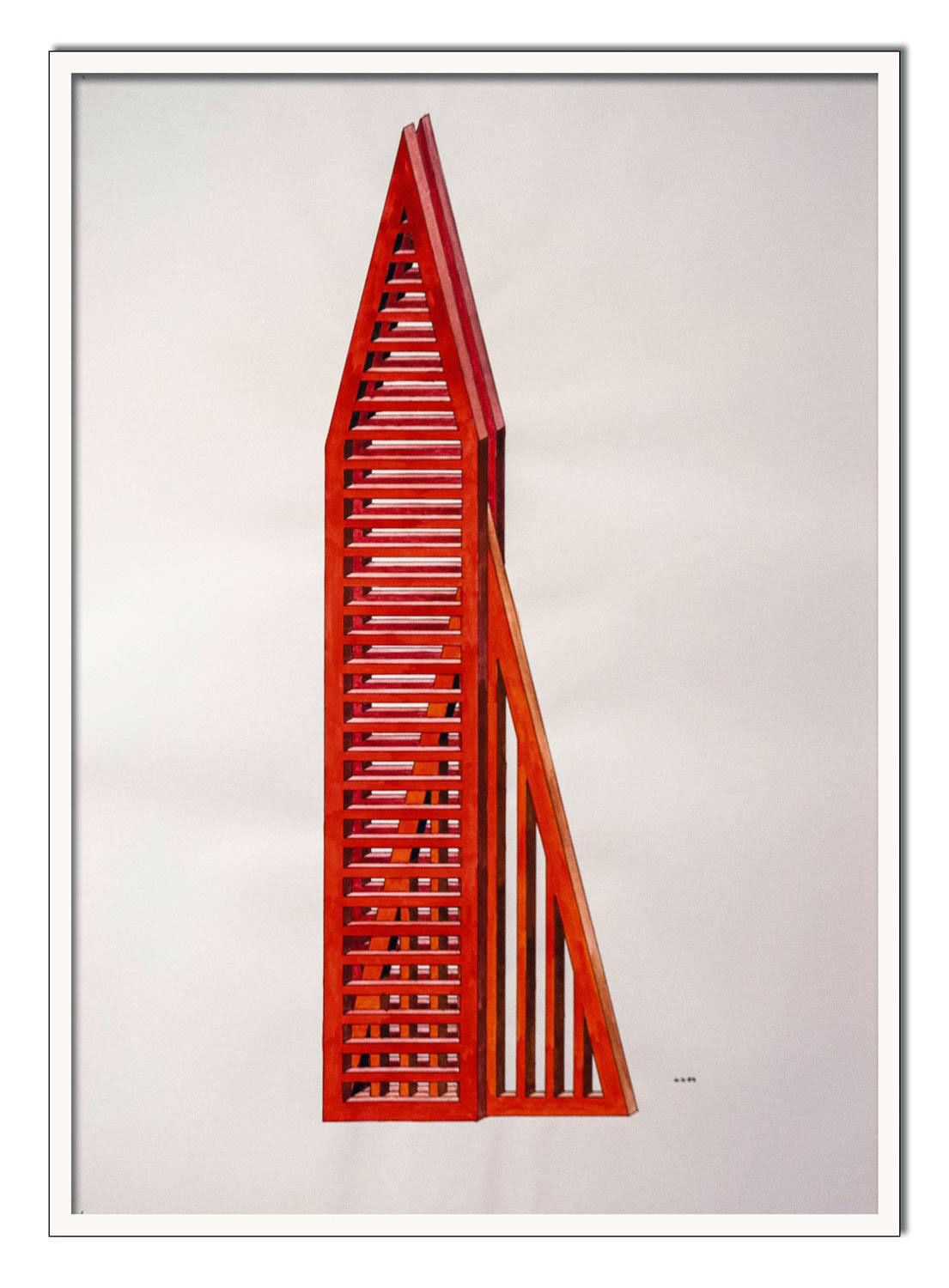
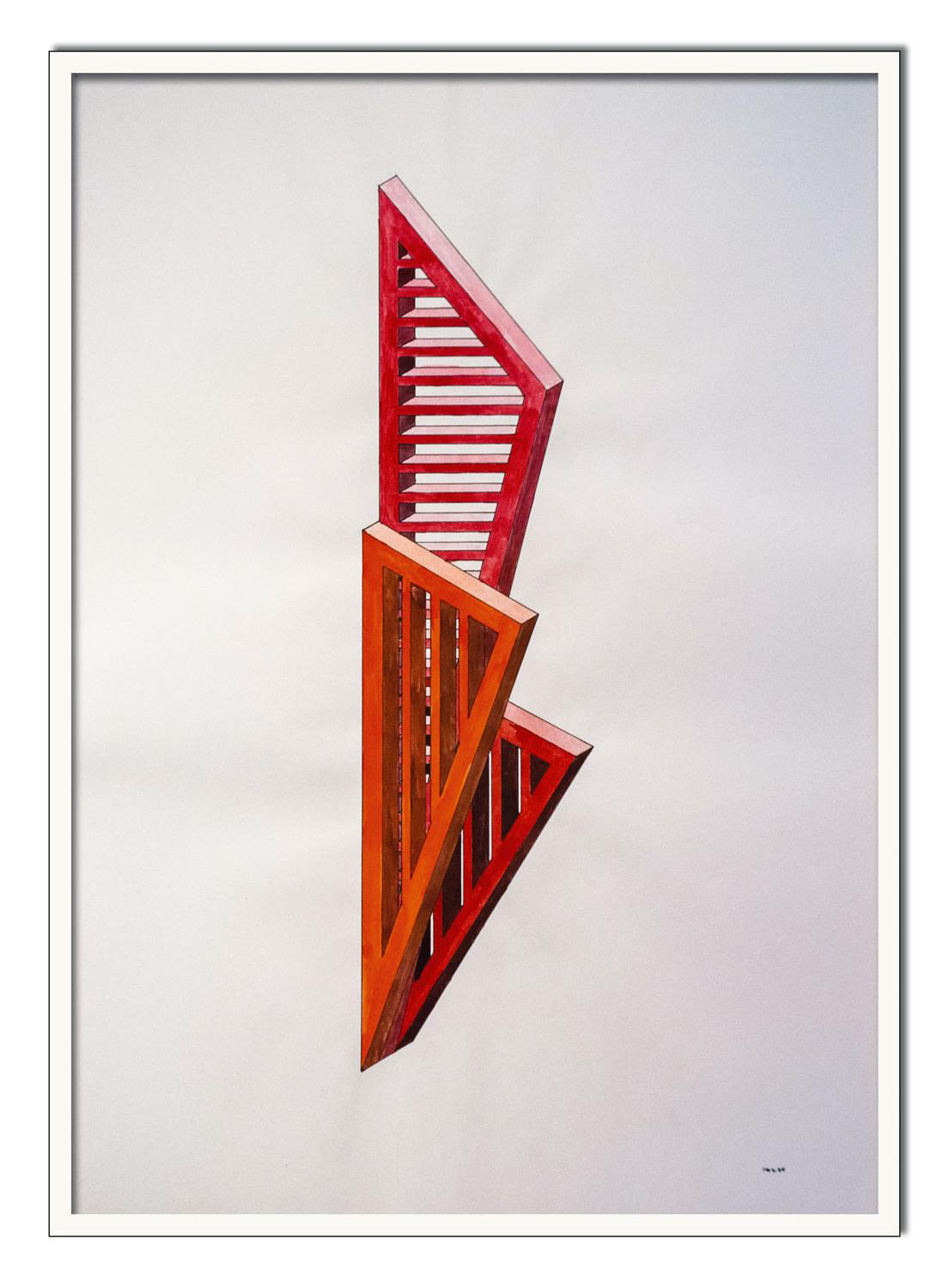
Bridge railing, 1988
A design was submitted as part of a competition for art in public spaces along a motorway near Freiburg: façade-like forms extend bridge railings into sculptural, heroic constructions. The proposal was not realised. In retrospect, there are self-doubts about the safety of the raised railings for pedestrians – apparently only car traffic was considered.
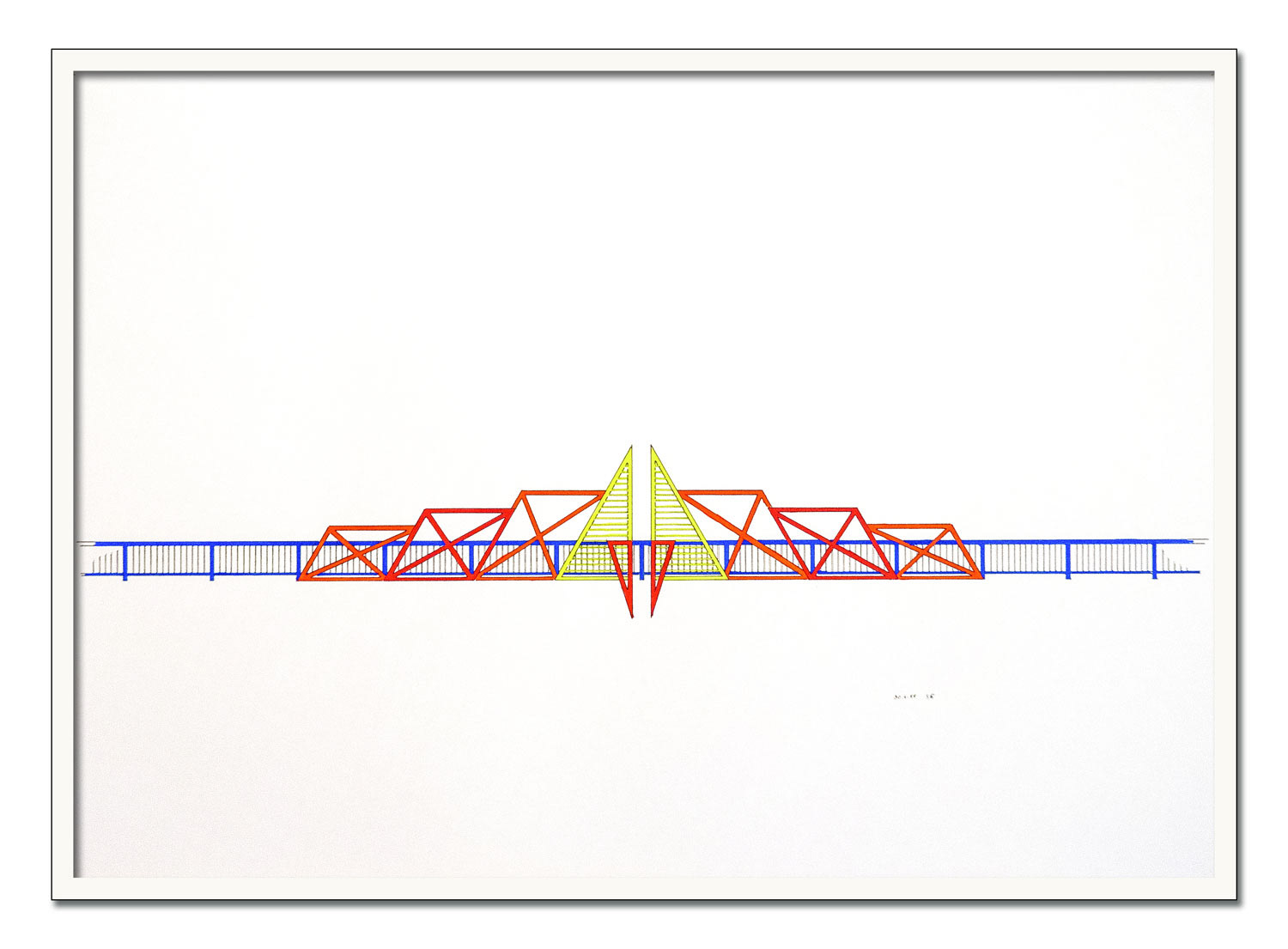
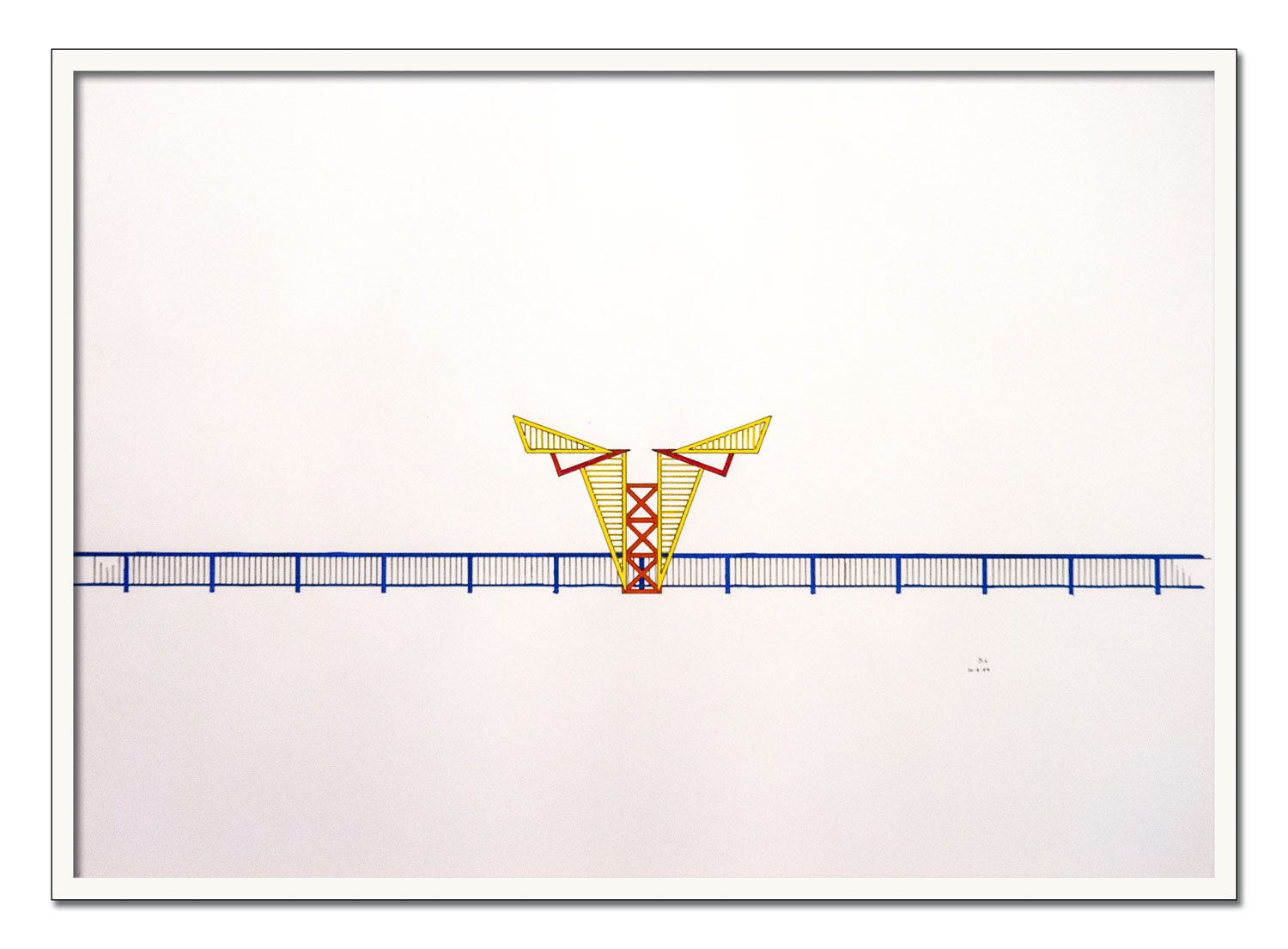
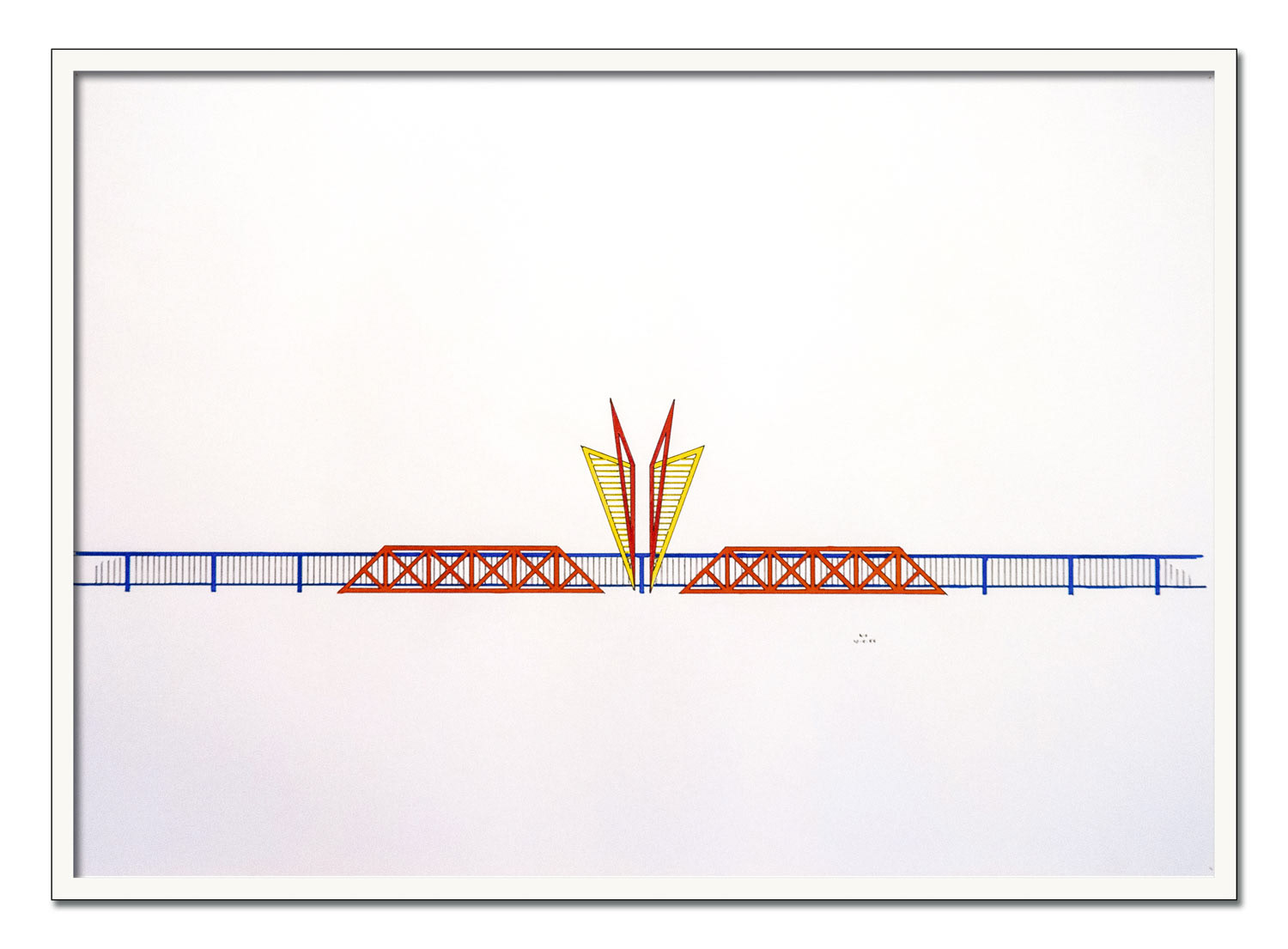
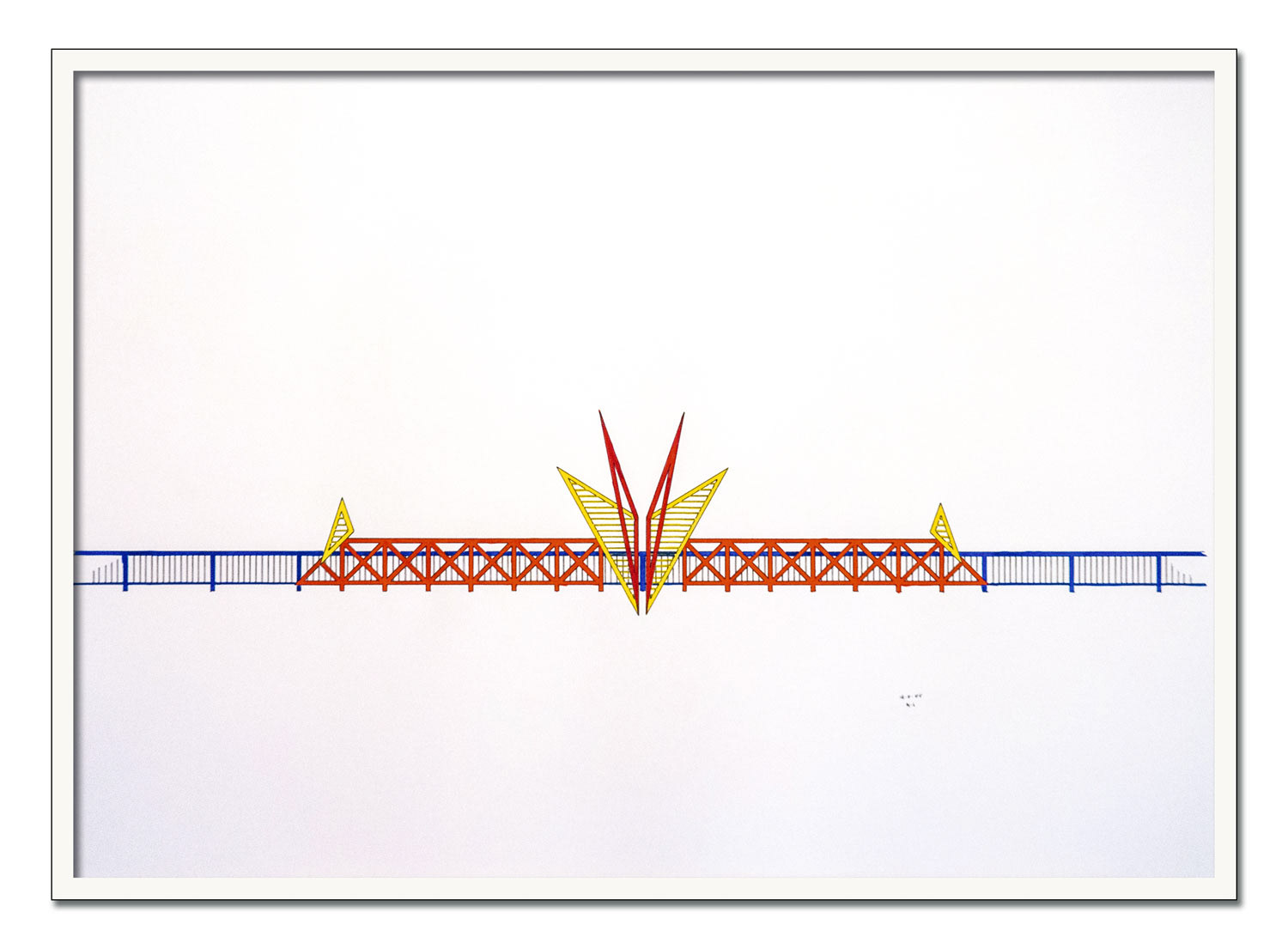
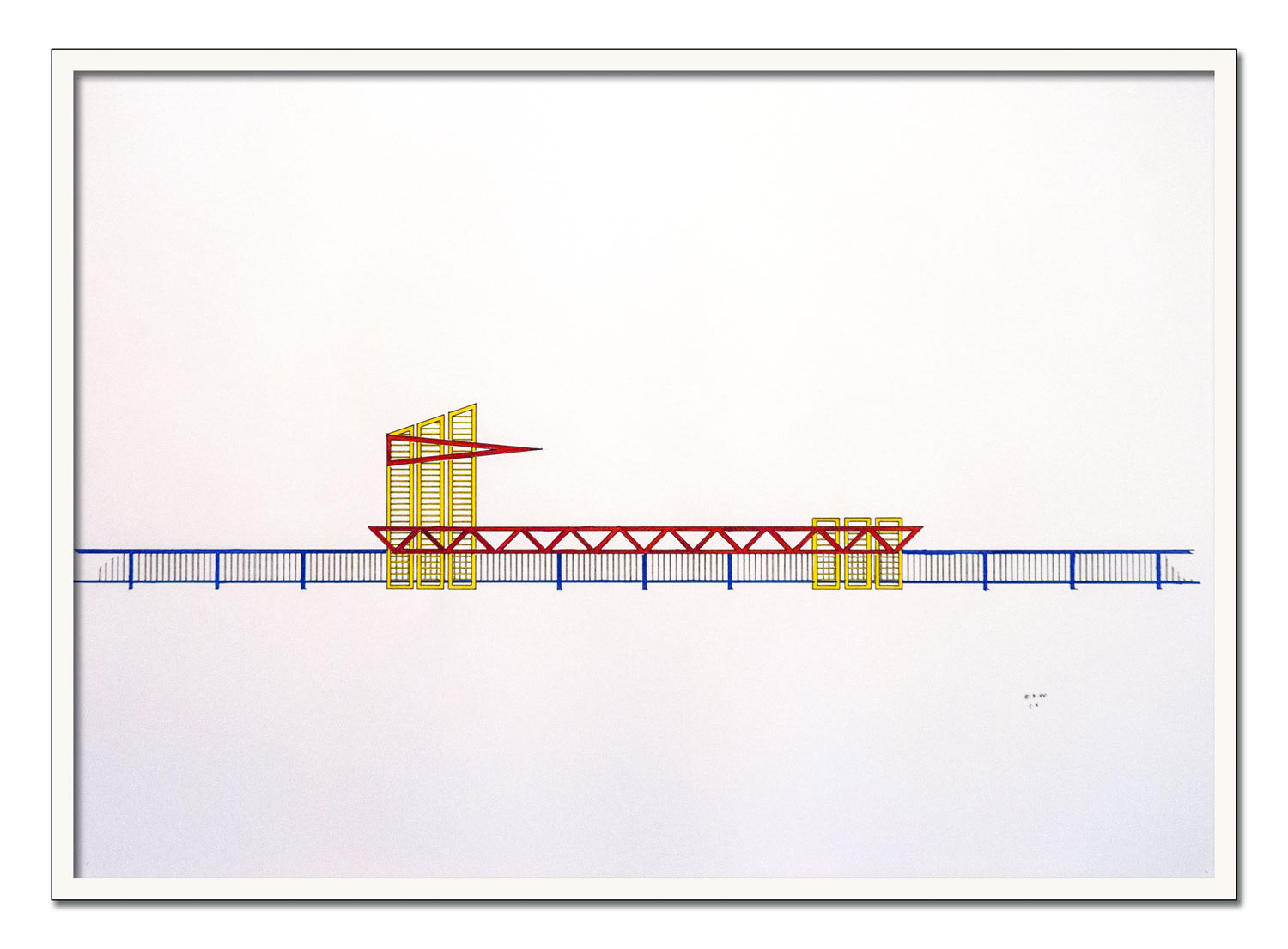
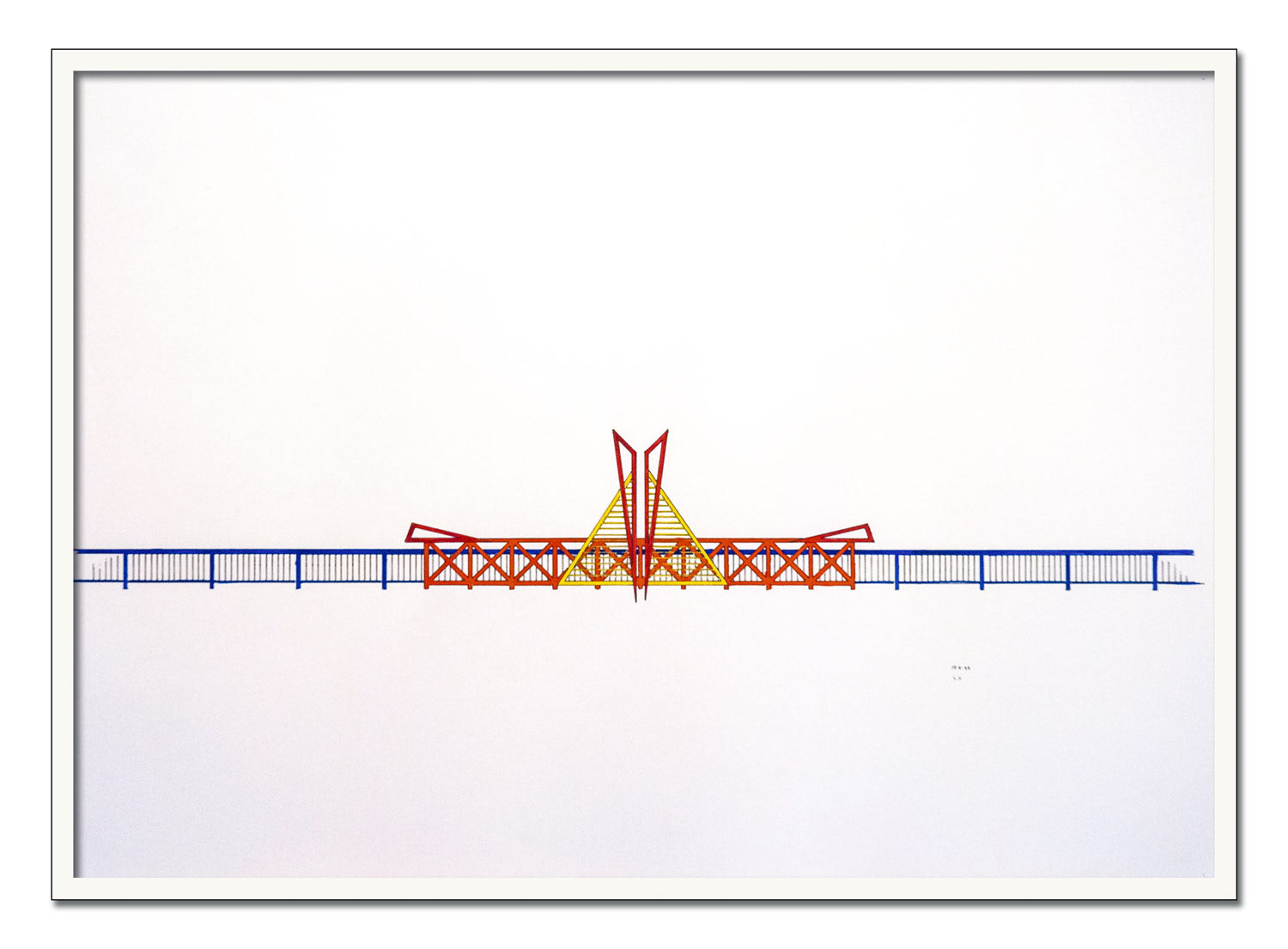
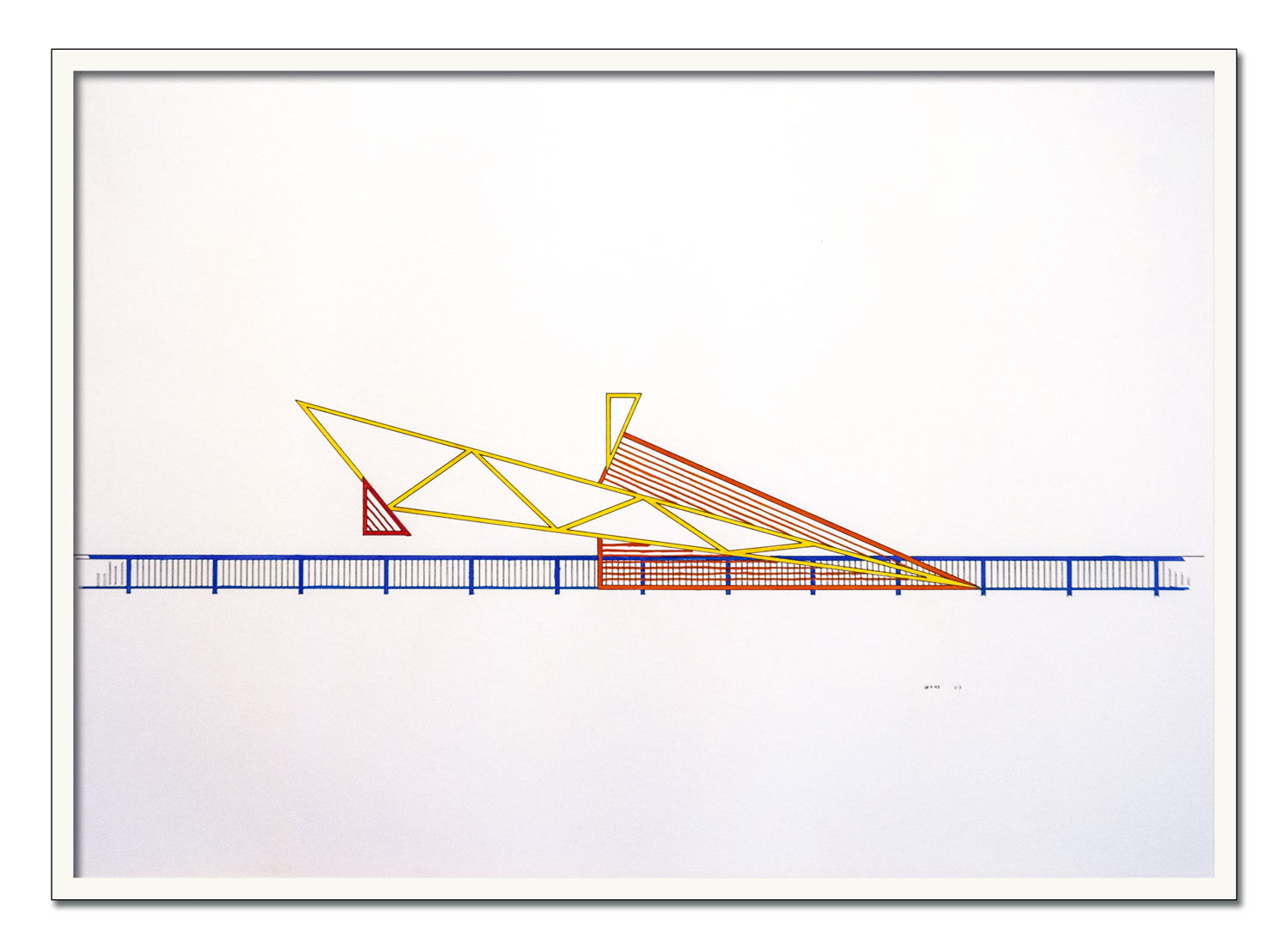
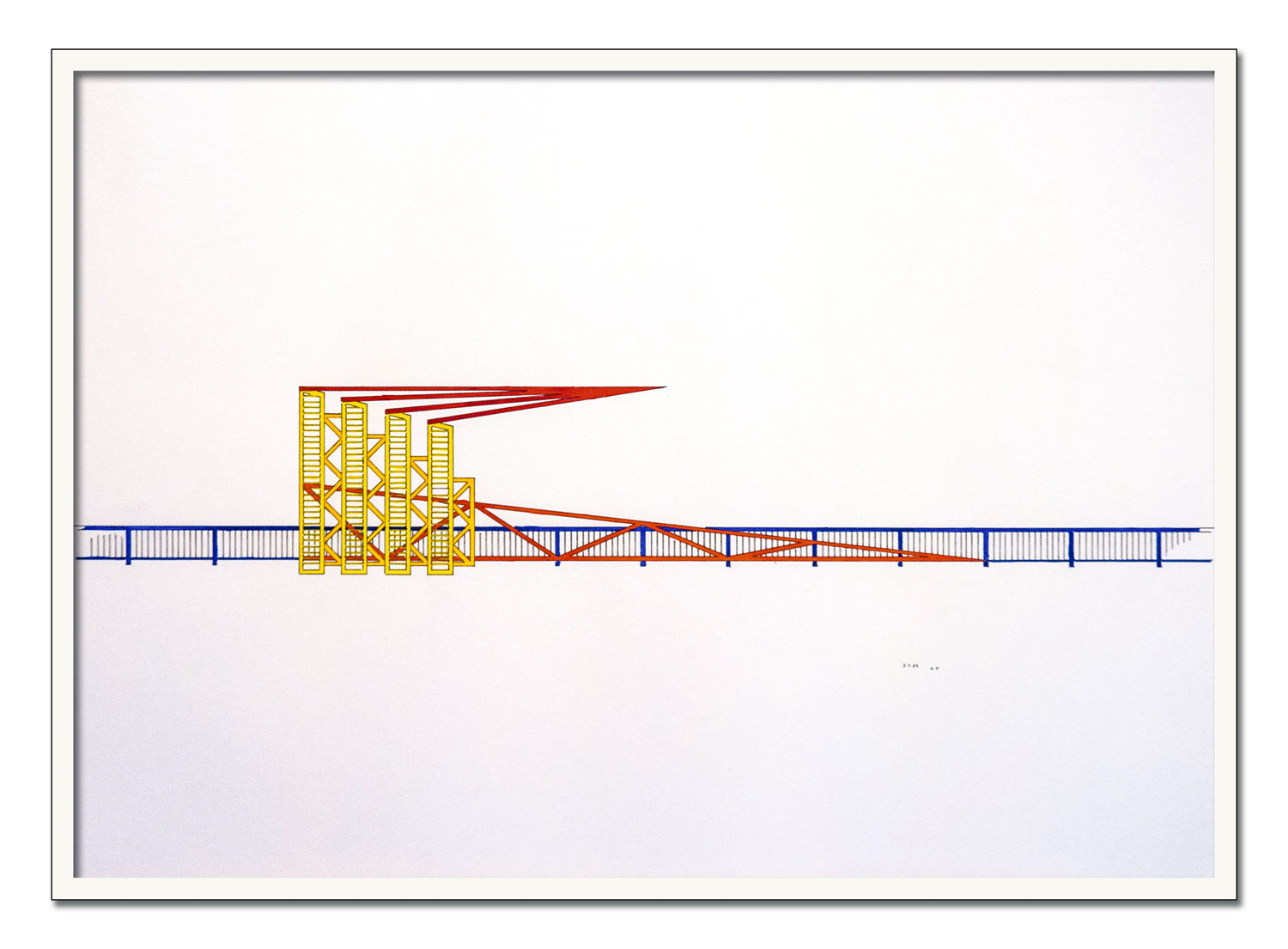
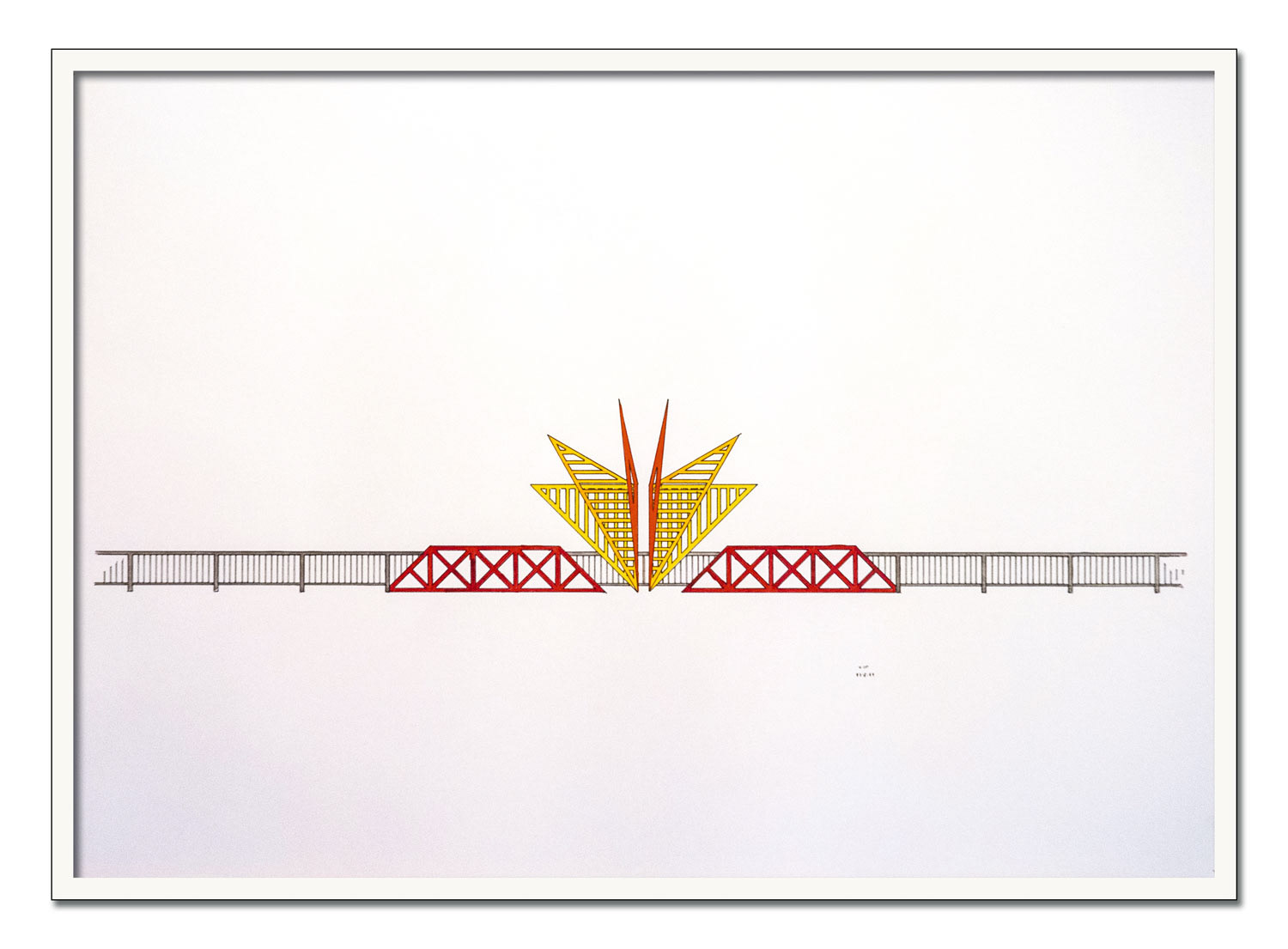
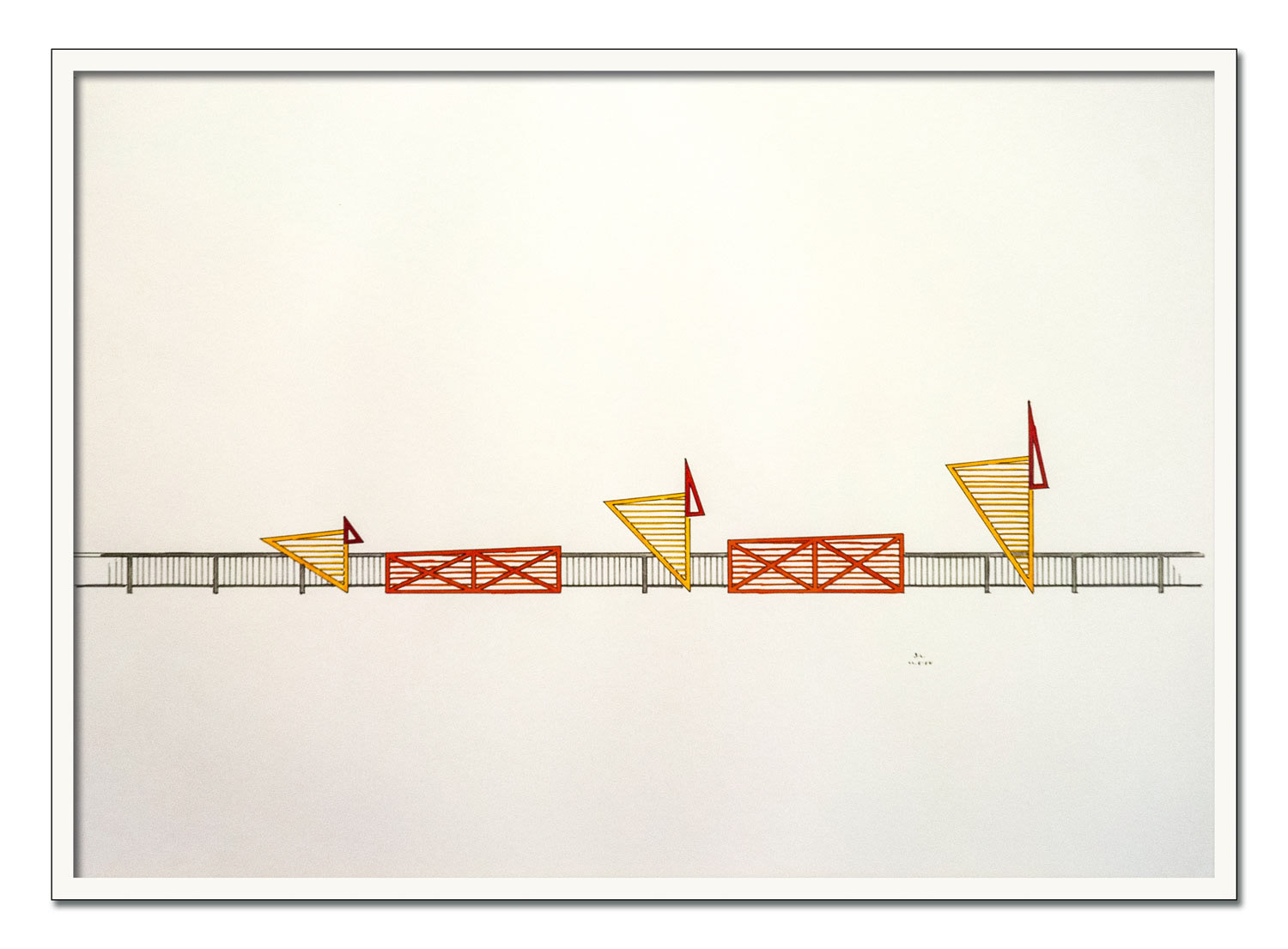
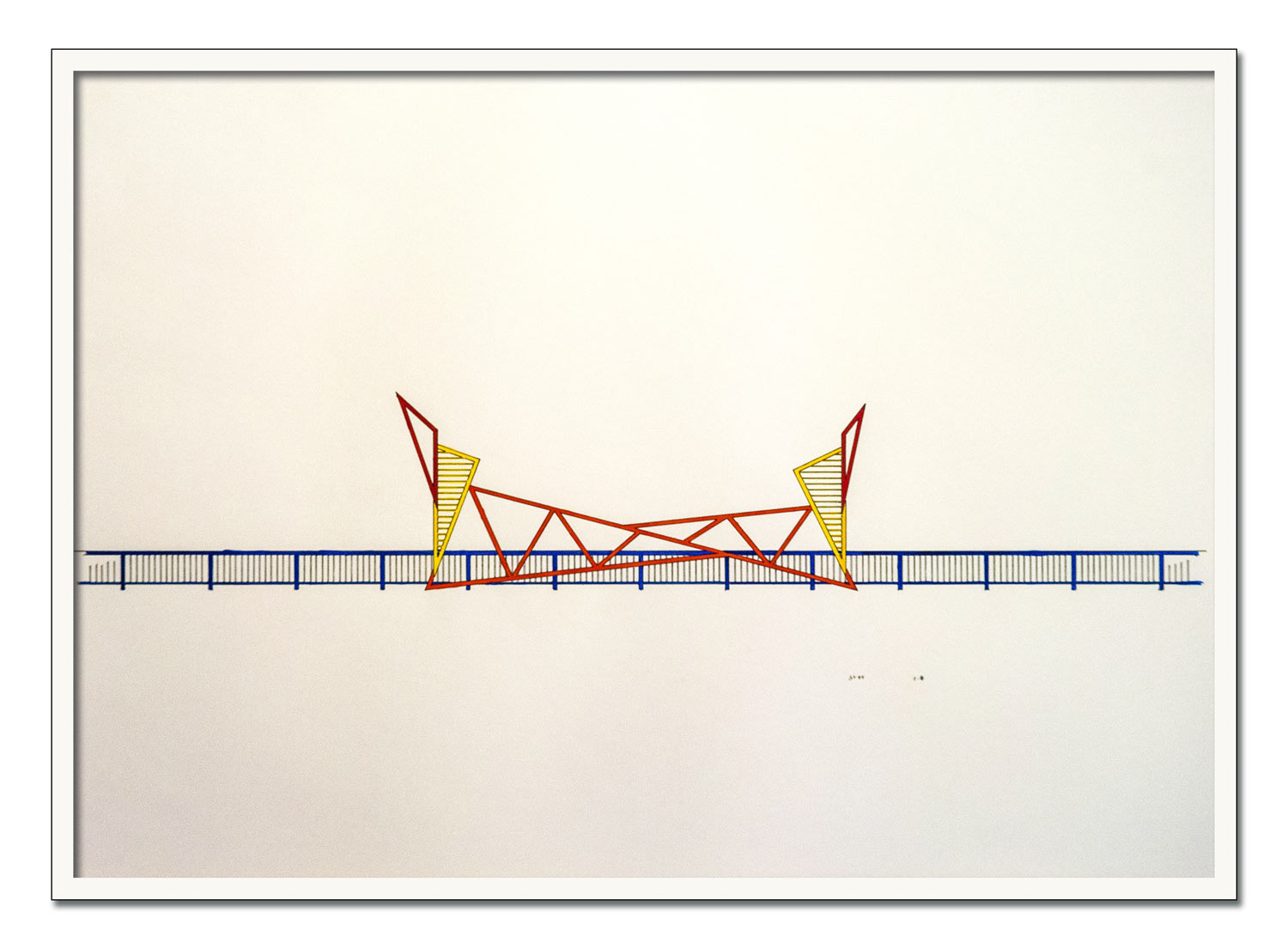
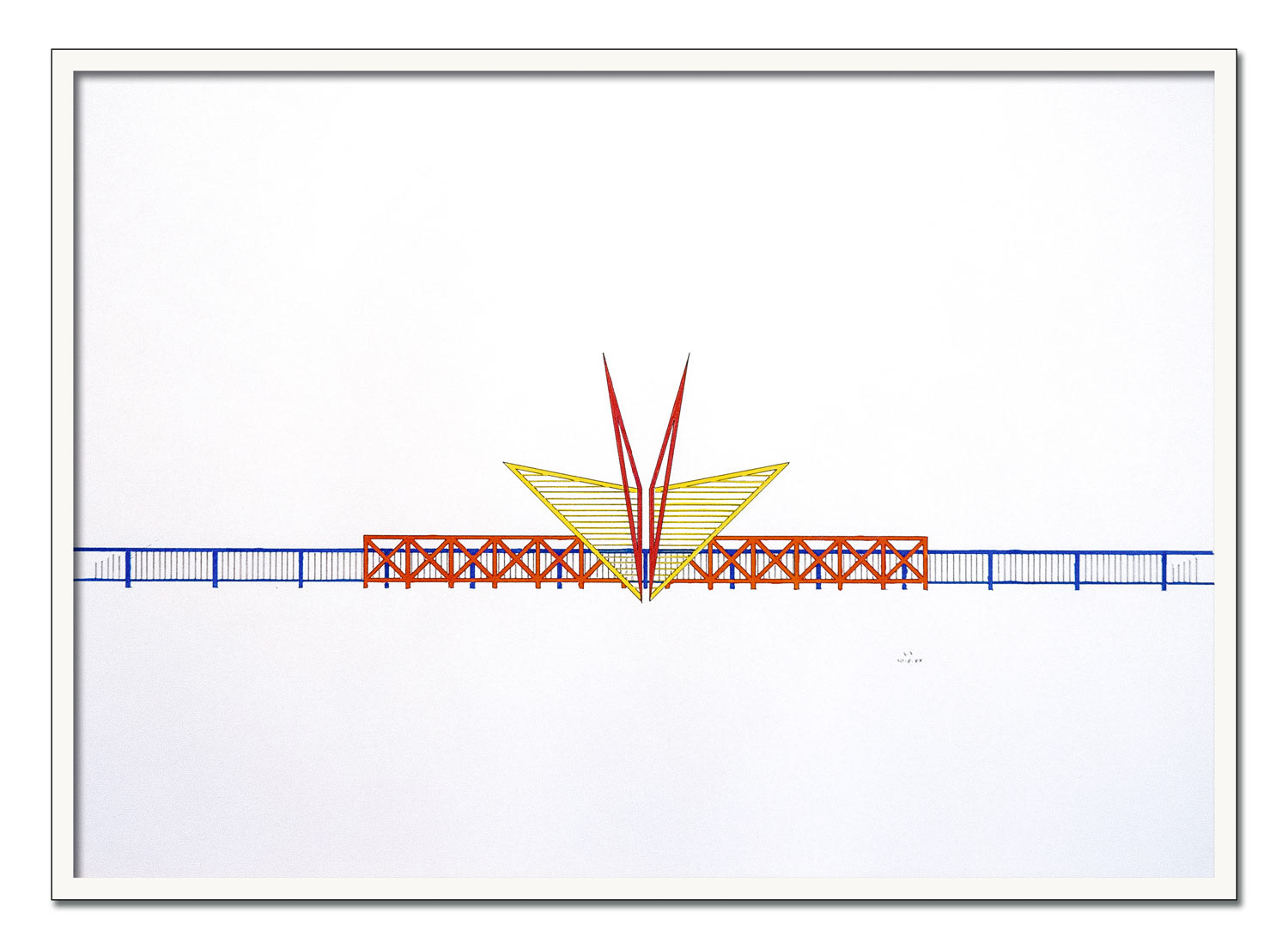
Chairs, 1989
Throne-like chairs made of painted wooden slats are created from the façade principle. For an exhibition in the Tucci Russo Gallery, Turin (1989), they are presented on tiled panels with heraldic symbols. See section Throne Room in the archive 1973-1989.
